- US 1-800-830-1998
- 1-928-445-7754
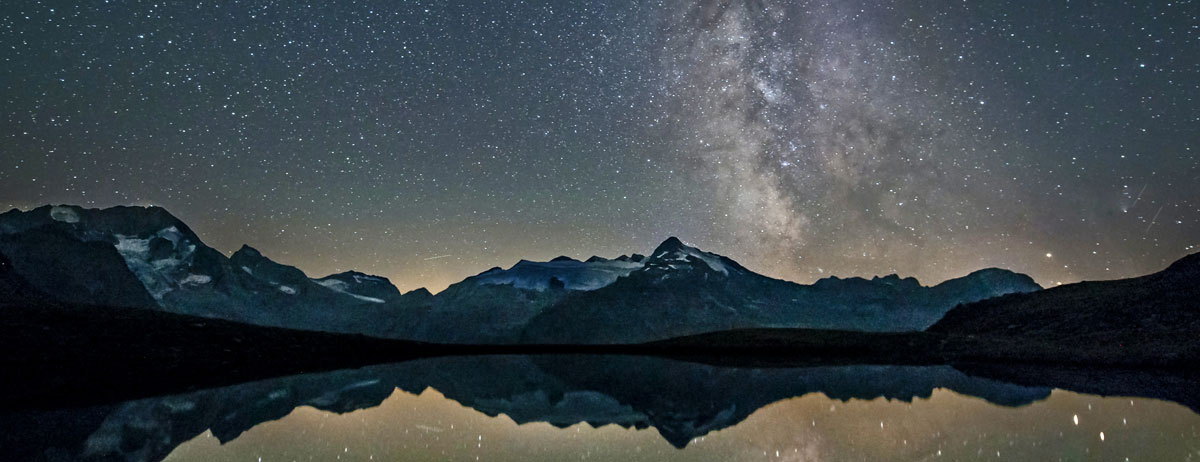

Stargazing Cruises
The starry night sky is lost to city dwellers. Only the light from the Moon, a few planets, and a number of bright stars can piece the glow of a city’s light-polluted sky. To see the stars, you have to get away and travel to a dark-sky site. But that can be challenging. The site could be several hours away, you might need to camp overnight, and you’ll have to hope that the sky doesn’t cloud over once you’re set up, thereby wasting your drive into the country. Fortunately, there is a better way—take a stargazing vacation on a cruise ship.
Stargazing at sea has a long history, one that’s directly tied to navigation. During ancient times, knowledge of the constellations and bright stars played a key wayfinding role when sailors ventured out of sight of land. The Minoans, who lived on the island of Crete between 3,600 BC and 1,400 BC, used their knowledge of the sky to help them navigate the waters of the Mediterranean. At about the same time, the Polynesians were using the stars to guide them as they sailed from island to island across the vast Pacific Ocean. In all cases, these ancient mariners used the positions of the constellations, and the rising and setting points of certain bright stars, to ensure they stayed on course during the night. During the past 1,500 years or so, sailors in the Northern Hemisphere had a handy celestial guide—Polaris, the North Star or pole star. The height of the pole star above the northern horizon equals the latitude of the observer, making sailing east or west along lines of latitude reasonably easy for Viking, Spanish, and Portuguese navigators.
Today’s sailors have satellites, GPS, compasses, and other modern devices to help guide them across Earth’s oceans. Even so, it’s fun to stand near the bow of a ship, contemplate the dark, star-filled night sky, and imagine what it was like to navigate the ocean thousands of years ago. A stargazing cruise can take you back to those ancient times, with no consequences if you don’t know your stars or constellations!
Explore this and other types of eclipse travel
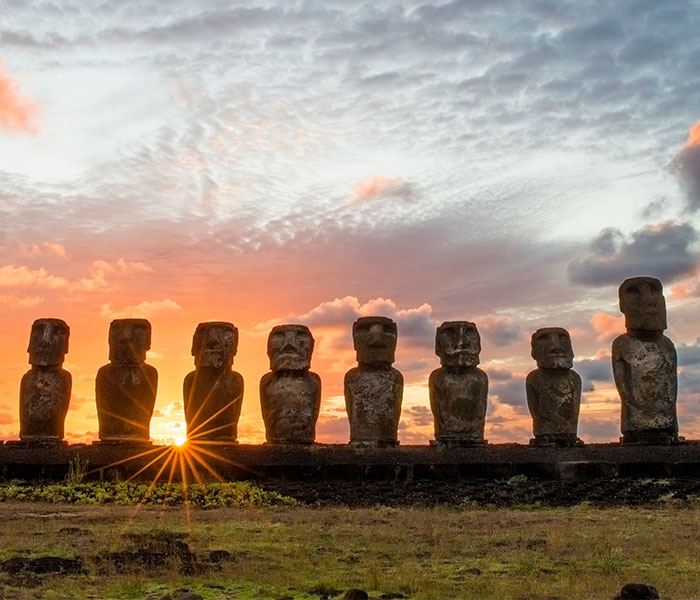
Atacama Desert & Easter Island Annular Eclipse
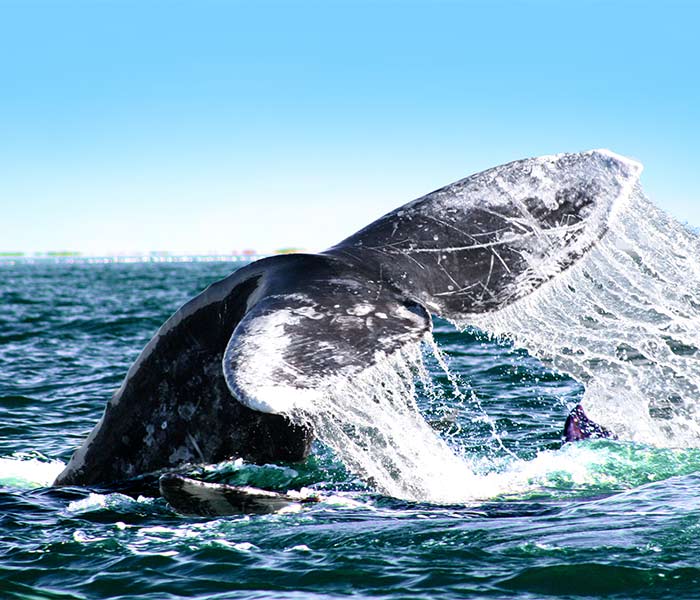
Baja California Whale Watching & Stargazing Adventure
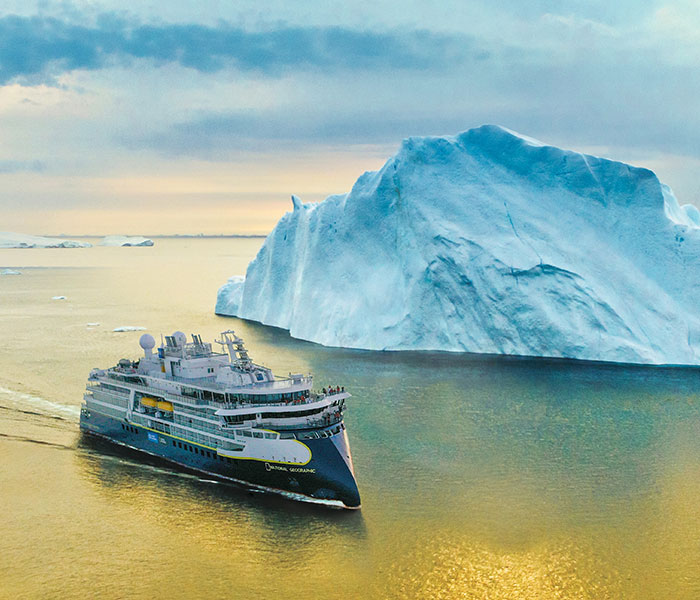
2026 Greenland & Iceland Total Solar Eclipse Cruise
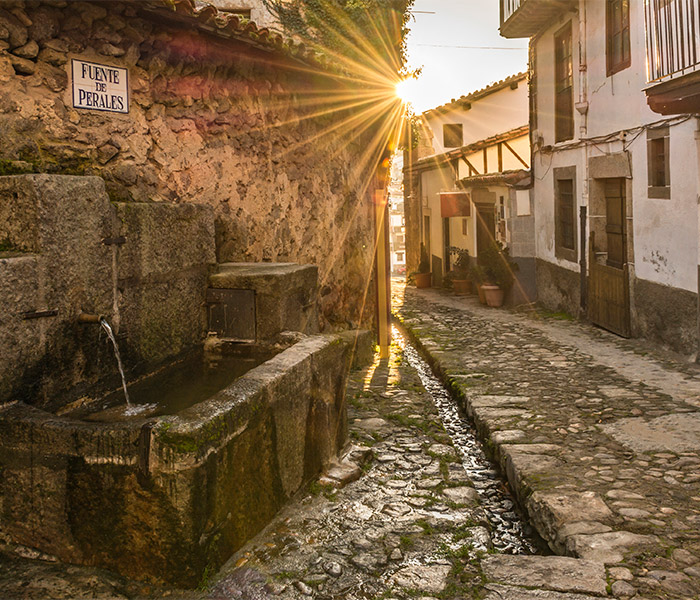
2026 Spain Total Solar Eclipse Tour
A Feast for the Senses
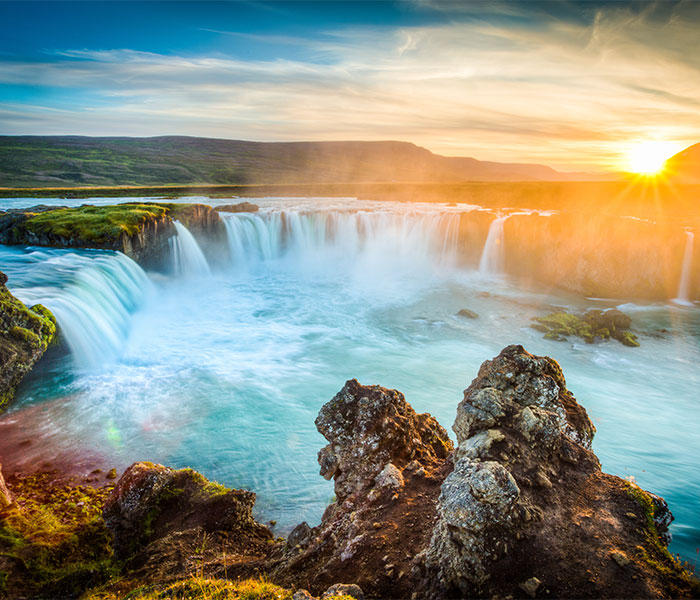
2026 Iceland Total Solar Eclipse
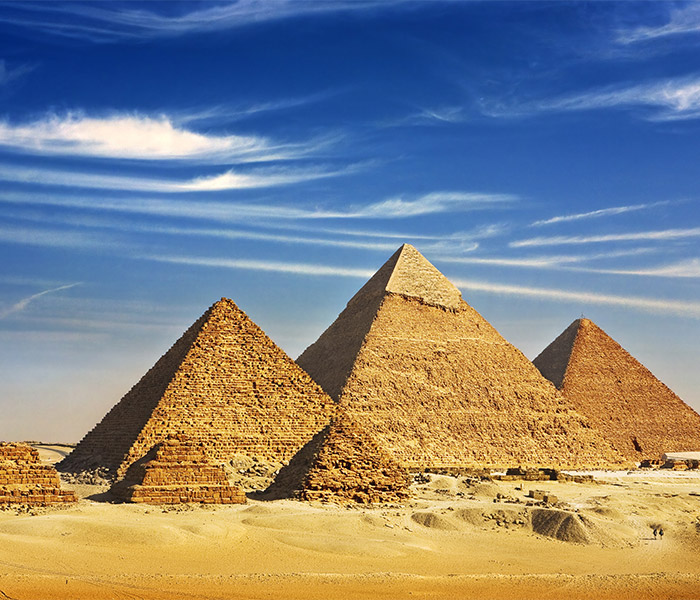
2027 Egypt Total Solar Eclipse Tour
A cruise to the stars.
A stargazing cruise is one of the most enjoyable ways to see the stars. No need to drive to, or camp at, a remote dark-sky site. Once you’re on board, you unpack in your cabin, and your floating hotel becomes your mobile stargazing base camp for a week or so. Meals are provided, there’s usually entertainment or informative talks each evening, and there are excursions. On small expedition ships sailing in quiet waters, some day trips may involve a Zodiac ride to shore so you can discover the local flora and fauna. Other excursions are on the sea itself, experiencing whales up close and personal, as well as watching for dolphins, sea lions, and other forms of aquatic life. There are also water sports off the boat itself—scuba diving, snorkeling, kayaking and so on. You can relax or participate in these activities as much (or as little) as suits you. While many of these activities apply to most small-ship cruises, stargazing is an evening event not usually included on a regular voyage.
When a ship is at sea, the only light anywhere comes from the ship itself. On a stargazing cruise, the captain will dim as many of the ship’s lights as is legally permissible. On the ocean, the night sky is incredibly dark. The stars, constellations, and even the Milky Way shine forth, much as in ancient times.
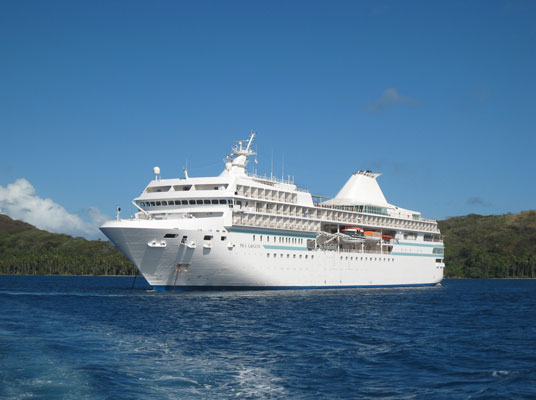
To help you make the most of our stargazing cruise, TravelQuest’s trip astronomer prepares you beforehand by describing the stars and constellations you’ll be able to spot that evening, weather permitting, of course. The ship is in motion, so using a telescope onboard isn’t practical. Instead, we encourage clients to bring binoculars for stargazing and, of course, to birdwatch and check out other wildlife during the cruise.
From the decks of our cruise ship, our astronomer will lead observing sessions of the spectacular night sky, outlining the constellations, identifying the bright stars, and pointing out where to aim your binoculars. Away from city lights, we see the unspoiled splendor of our Milky Way galaxy, the amazing celestial dome of stars, and many remarkable sky sights that are too dim to be seen in light-polluted city skies.
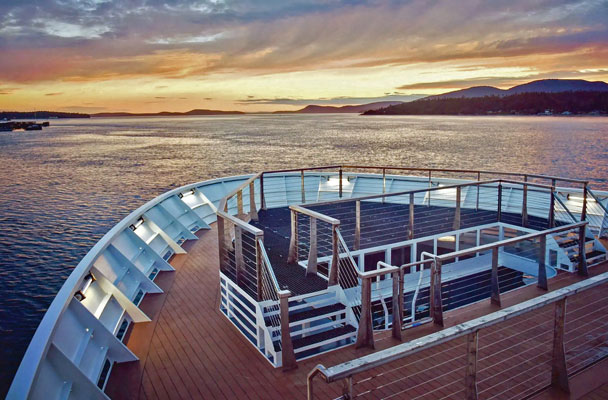
Stargazing from a Cruise Ship
TravelQuest specializes in astronomy-themed excursions. So it’s not surprising that we offer stargazing from a cruise ship. Every year we plan for a stargazing cruise, combined with another ocean-based activity such as whale watching. For stars and whales, sailing the Sea of Cortez in the spring is one of our favorite destinations.
We also combine different types of cruises with stargazing. In Norway, we take the Hurtigruten coastal ships up the coast of Norway, each evening watching for the appearance of the northern lights. When the lights are not visible, our trip astronomer leads stargazing activities from the deck of the ship. And on solar eclipse cruises, we try to include several evenings on the ship dedicated to stargazing, often from the middle of the Pacific Ocean.
If seeing a dark, star-filled night sky from the deck of a cruise ship appeals, contact TravelQuest to learn about either our next stargazing cruise, or any of our upcoming cruises that include a stargazing component.
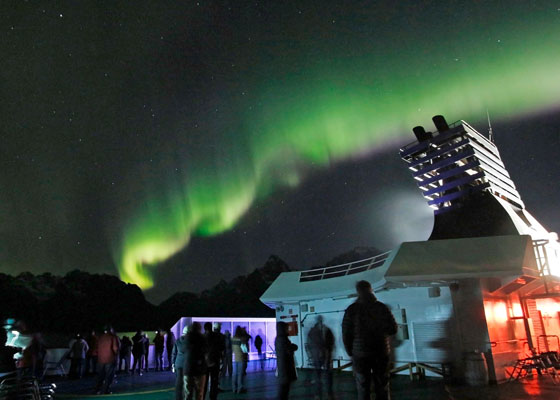
Header image by Eberhard Grossgasteiger

Like what you see?
Enter your name and email below to sign up for future tour updates.
Your review Your overall rating Select a Rating 5 Stars 4 Stars 3 Stars 2 Stars 1 Star Title of your review Your review Your name Your email This review is based on my own experience and is my genuine opinion. Submit your review
Matador Original Series
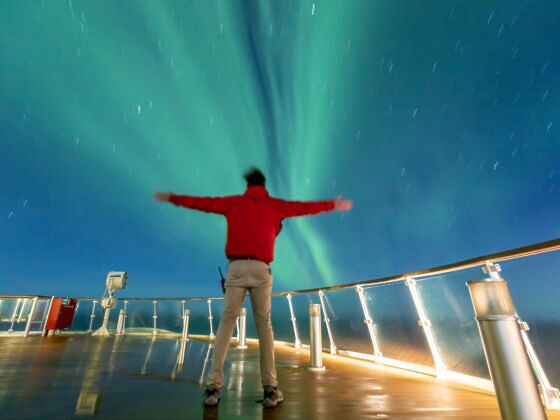
11 Cruises Where You Can See Eclipses, the Northern Lights, and the Milky Way
T he key to seeing any celestial phenomenon is pretty obvious: You must be in the right place at the right time. While the exact location and time changes with every astronomical event, the right place is undeniably somewhere far away from any light pollution. These days, unless you make your way to a dark sky park , finding a spot on land that’s far away enough from civilization isn’t easy, so why not take to the seas? In the middle of the ocean, chances of street lights ruining your stargazing experience are very thin, that’s why cruise lines are ramping up their astronomy at sea offerings, including northern lights cruises, solar eclipse cruises, and more.
Solar eclipse cruises
Northern lights cruises, other astronomy experiences at sea.
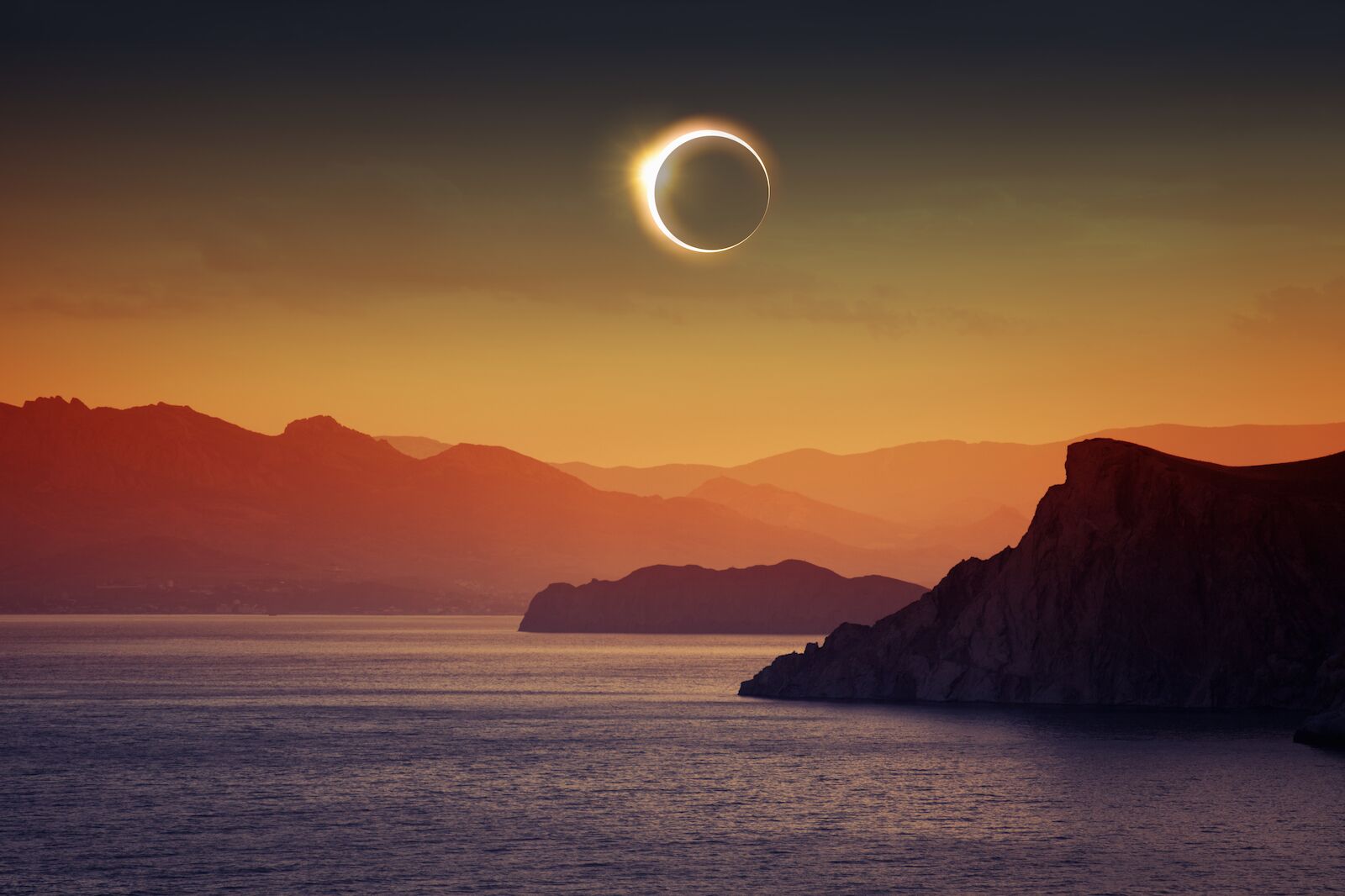
Photo: gorZh /Shutterstock
Holland America’s 22-day Solar Eclipse and Circle Hawaii voyage
Holland America’s Koningsdam leaves on April 5, 2024, on a solar eclipse cruise for 22 days . The sailing will start from San Diego, California, and continue south to Cabo san Lucas, Mexico, where passengers will spend the entire day of April 7. The next day, April 8, 2024, is the day of the solar eclipse and the ship will remain at sea between Cabo San Lucas and Puerto Vallarta to be right on the path of totality (the area where the eclipse is visible.) Passengers will don their protective eye glasses and be able to enjoy the four-minute spectacle starting at 11:07 AM PDT from the deck. The Moon will pass between the Sun and the Earth and block the face of the Sun, darkening the sky. After the event, the ship will stop in Puerto Vallarta for one day before making its way to Hawaii. From Hawaii, the ship sails towards British Columbia, Canada, where the voyage ends on April 27.
Professor of astronomy and astrophysics Adam Burgasser from the University of California San Diego will be on board this very special cruise to give lectures about the astronomical phenomenon and help passengers make their own protective viewers so they can see the eclipse safely. Of course, he’ll also be on the deck during the eclipse, sharing his knowledge with the passengers.
Price: Starting at $2,779
Princess Cruises’ two 2024 total eclipse voyages
Princess cruises has organized two sailings to see the 2024 total solar eclipse:
Price: Starting at $2,968
Price: Not currently available
SeaTrek’s solar eclipse sailings
In April 20, 2023, parts of Indonesia were treated to a total solar eclipse and SeaTrek , a company that organizes adventures on wooden sailing ships in Indonesia, took its guests to see the celestial spectacle. The 16 guests and the crew made their way to a remote island on the path of totality where they watched the eclipse in a very intimate setting. SeaTrek also took their passengers to see the February 2017 solar eclipse and plans to curate voyages around the next solar eclipses in Indonesia: in 2028, 2031, and 2042.
Eclipse or not, Seatrek’s sailings take passengers to remote places with very little light pollution so passengers can have amazing stargazing experiences, on and off the boat. The crew even turns out all the lights (apart from the compulsory navigation indicators) so the conditions can be ideal.
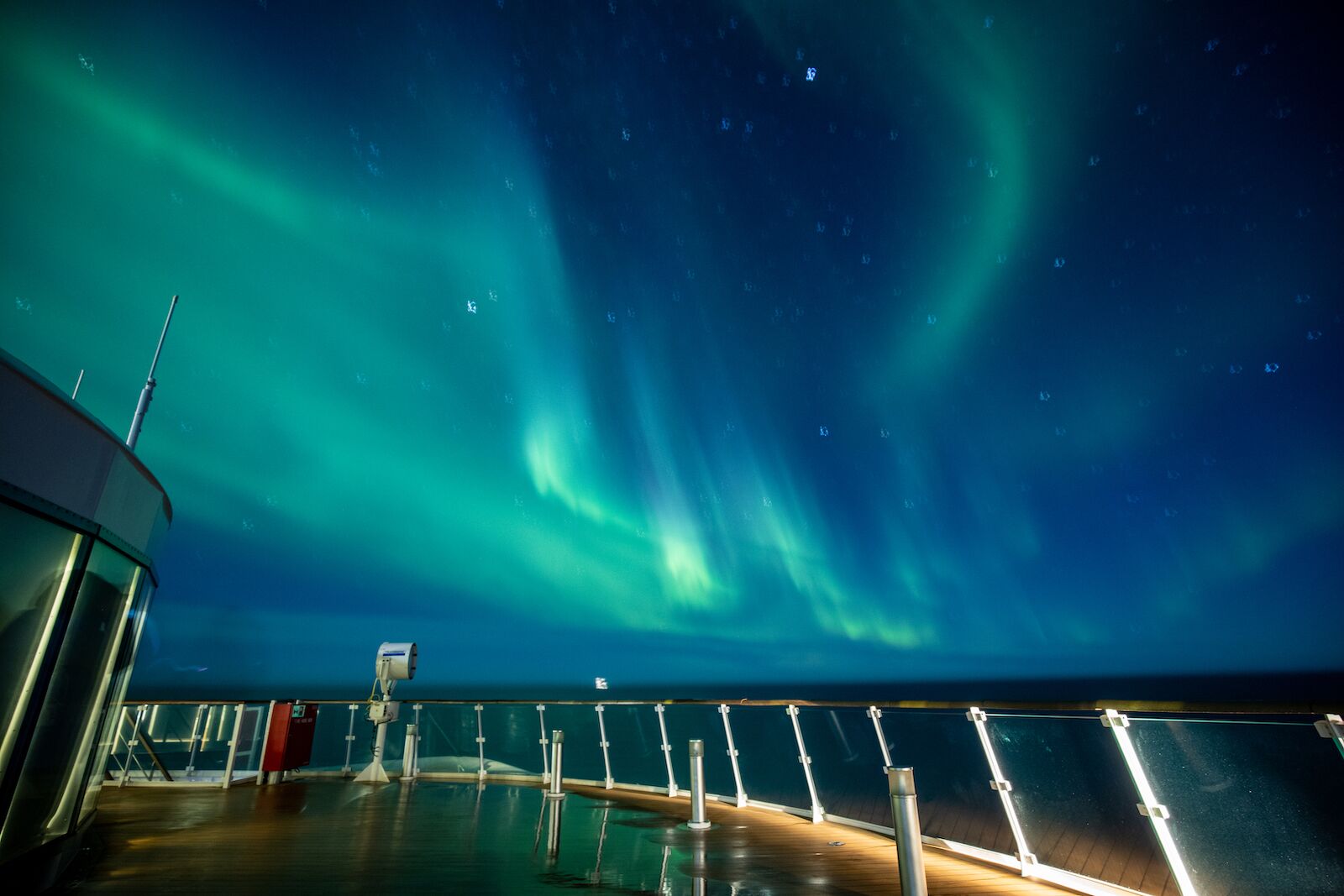
Photo: Aurora Expeditions / Michael Baynes
Aurora Expeditions’ 19-day Northern Lights Explorer voyage
Aside from the International Space Station, the best place to see the northern or southern lights is as close as possible to the poles. The Arctic, being the northernmost region on Earth, is the obvious choice of destination for those who are chasing the aurora borealis (northern lights). Aurora Expedition’s 19-day Northern Lights Explorer sailing will take you on a northern lights cruise from the North Cape in Norway, Europe’s northernmost point, to places within and close to the Arctic Circle such as the Lofoten Islands in Norway, the volcanic island of Jan Mayen, and remote parts of Greenland, and Iceland. The hope is that passengers on this northern light cruise that starts on September 8, 2024, and ends on September 26, 2024, will be able to witness the beauty of the aurora borealis.
Price: Starting at $15,836
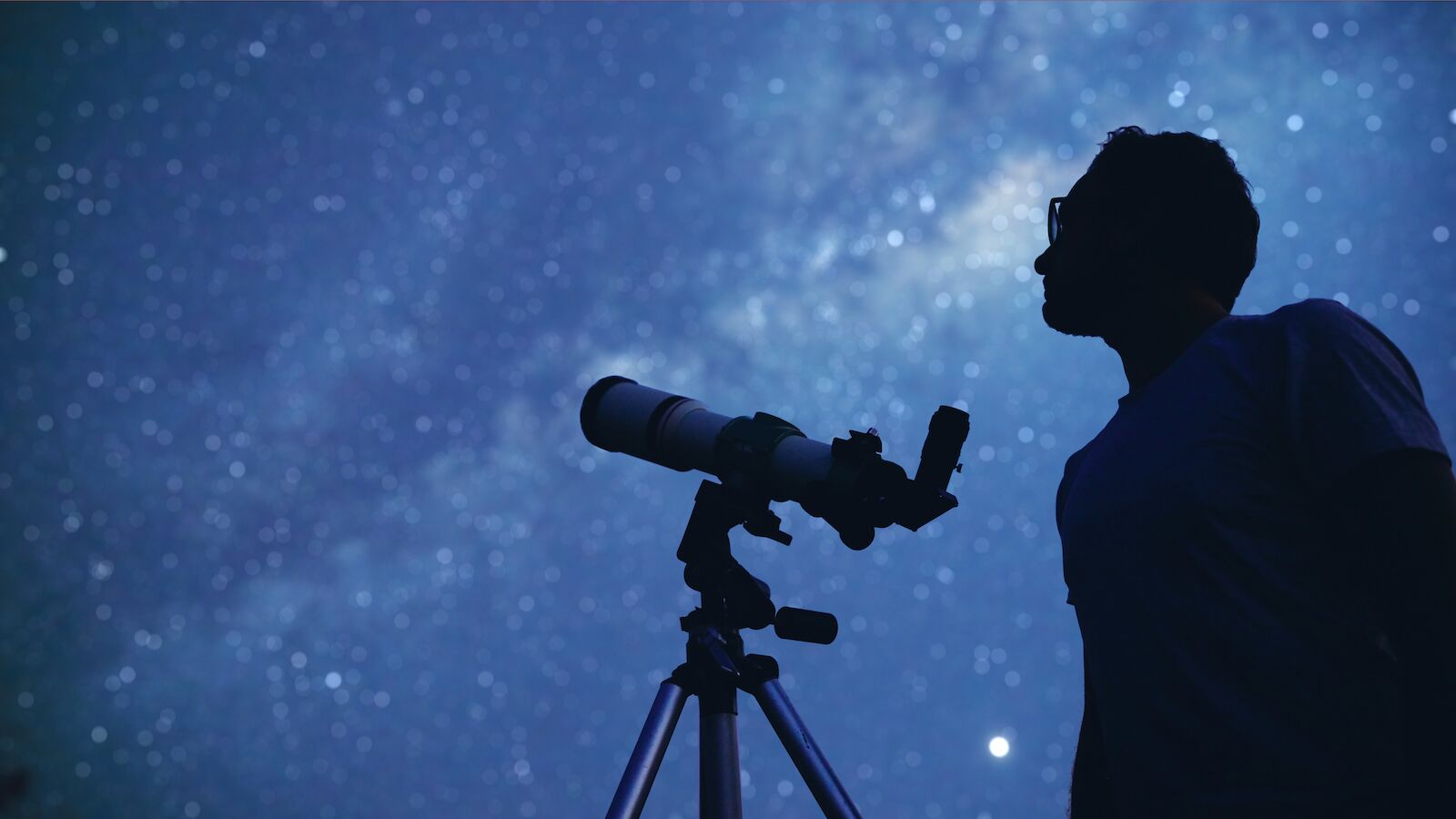
Photo: AstroStar /Shutterstock
Astronomy experts on board Seabourn cruises
In December 2023, physicist and astronomy professor Dr. Svetlana Barkanova, will be on board Seabourn’s Quest for a 14-day sailing in the Caribbean . During the voyage, Barkanova will give astronomy talks in the theatre and on deck, and will be accompanying guests on an excursion to the archeological site of San Gervasio to see the Mayan observatories. During this particular sailing, passengers will also be able to make the most of the dark skies and partake in the Guided Night Sky Experience during which they’ll spot stars, planets, the Milky Way and even enjoy the Geminids meteor shower (weather permitting).
Barkanova is not the only astronomy experts that Seabourn welcomes on board. Jim Kennedy, former Director of the John Kennedy Space Station, joins several sailings per year to give space-focused lectures. The next ones will be a cruise to the Caribbean in November and December 2023, and a voyage to Hawaii in January 2024.
Price: starting at $4,938
Abercrombie & Kent invites an astronaut on board
Abercrombie & Kent’s new luxury expedition cruise will take you from French Polynesia to Easter Island . The voyage, which will take place from October 27 to November 9, 2023, will include on-board lectures and guided stargazing sessions by Commander Susan Kilrain — one of the first three women to pilot the space shuttle. During the lectures, Kilrain will draw parallels between early navigators who used the stars to navigate the ocean and today’s astronauts. With Kilrain’s expert help, passengers will be able to take advantage of the darkest skies in the world and observe star clusters, constellations, planets, and the Milky Way.
Price: Starting at $14,995
Expert-led glamping and stargazing experiences with Celebrity Cruises
Passengers lucky enough to be on board Celebrity Flora for a sailing around the Galápagos Islands are provided binoculars so they can partake in expert-guided (or solo) stargazing sessions on the ship’s stargazing platform. But that’s not all. The same cruisers can also take in the beauty of the night sky during an on-board glamping experience. After a naturalist-led stargazing session, passengers get to sleep under the stars in a luxury cabana.
Price: Starting at $8,215
Regent Seven Seas Cruises hosts astronomy experts
Dan Benedict , a journalist specialized in writing and lecturing about astronomy, takes part in Regent Seven Seas Cruises’ Speaker Series on select sailings. Benedict focuses his lectures on astronomical events or items that can be observed without specialized equipment and enjoyed without much expertise such as constellations, meteor showers, eclipses, and more.
Another guest lecturer on board Regent Seven Seas Cruises is Frank Thomas Buzzard, a retired NASA Space Shuttle and International Space Station Chief Engineer. Buzzard focuses his talks on human spaceflight and astronomy. His next sailing with Regent Seven Seas Cruises will take place in January 2024 for the “Samba Sounds & carnival Joy” sailing from Rio de Janeiro, Brazil, to Miami, US .
Stargazers Event on Virgin Voyages
At least once during every Virgin Voyages’ sailing, a 30-minute Stargazers Event is scheduled at The Dock, an indoor-outdoor lounge-bar. The event is more of a storytelling one than a scientific one, but it’s a lovely way to spend some time observing the night sky and looking for constellations, shooting stars, and more celestial marvels.
Stargazing on Viking Cruises
More like this
Trending now, 10 things i loved (and hated) about my first big-ship cruise, the cheapest ways to get your laundry done during a cruise, this cruise line started its own traveler book club, and you can join for free, this world cruise to 140 countries will set you back as much as $839,999, at $89 a day, this 3.5-year cruise is cheaper than living in most us cities, discover matador, adventure travel, train travel, national parks, beaches and islands, ski and snow.
- Trazee Travel
- WhereverFamily
FX Excursions
- The source for luxury travelers
FX Excursions offers the chance for once-in-a-lifetime experiences in destinations around the world.
Itineraries
Specialty tours & events, book havila voyages’ astronomy-themed cruise.
by Elyse Glickman
© Havila Voyages
Luxury and specialty cruise lines are increasingly dedicated to developing itineraries taking adventurous passengers to places light years beyond familiar ports of call, metaphorically speaking. However, Havila Voyages pushes this idea toward the literal with its astronomy-themed cruises departing March and October, prime times of year for stargazing.
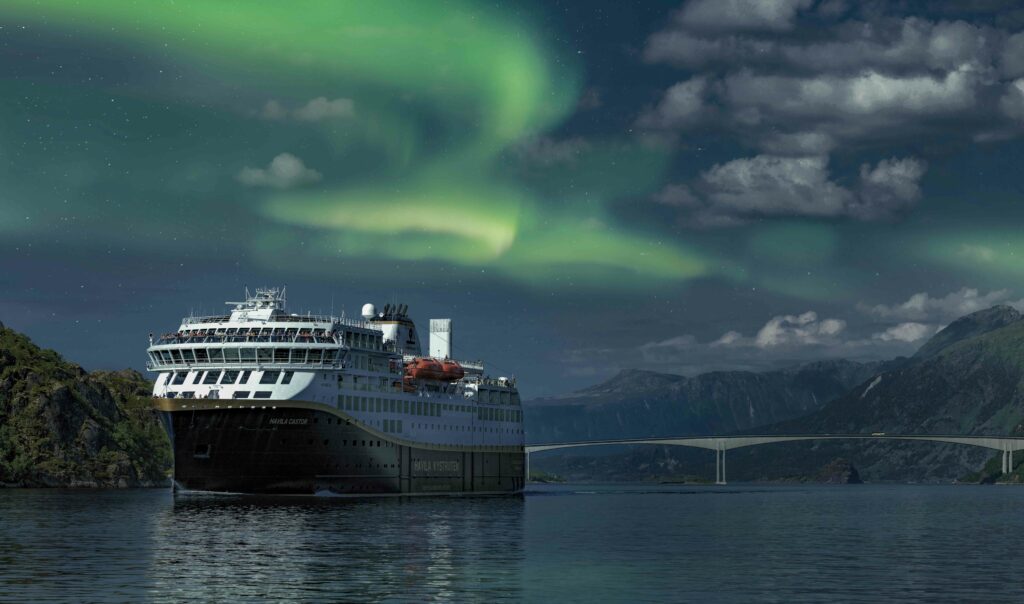
Both cruises will physically travel between Bergen and Kirkenes, Norway, and back to Bergen throughout 11 nights aboard Havila Polaris . Daytime terrestrial adventures along the Norwegian coast include a variety of guided, authentic Scandinavian excursions ranging from dog sledding to trekking along the North Cape to exploring a snow hotel in Kirkenes. Through its partnership with the country’s Royal Astronomical Society, guest lecturers and on-ship activities steer guests to stars by night and deepen their understanding of the universe.
Using the pristine night sky as their classroom, featured lecturers John Zarnecki and Ian Ridpath discuss the study of astronomical exploration and share their insights about geography, the significance of the constellations and the Northern Lights. They, along with crew members, will be on hand to provide tips on how best to spot the Aurora Borealis and explain more about the how’s and why’s of the spectacle as it happens.
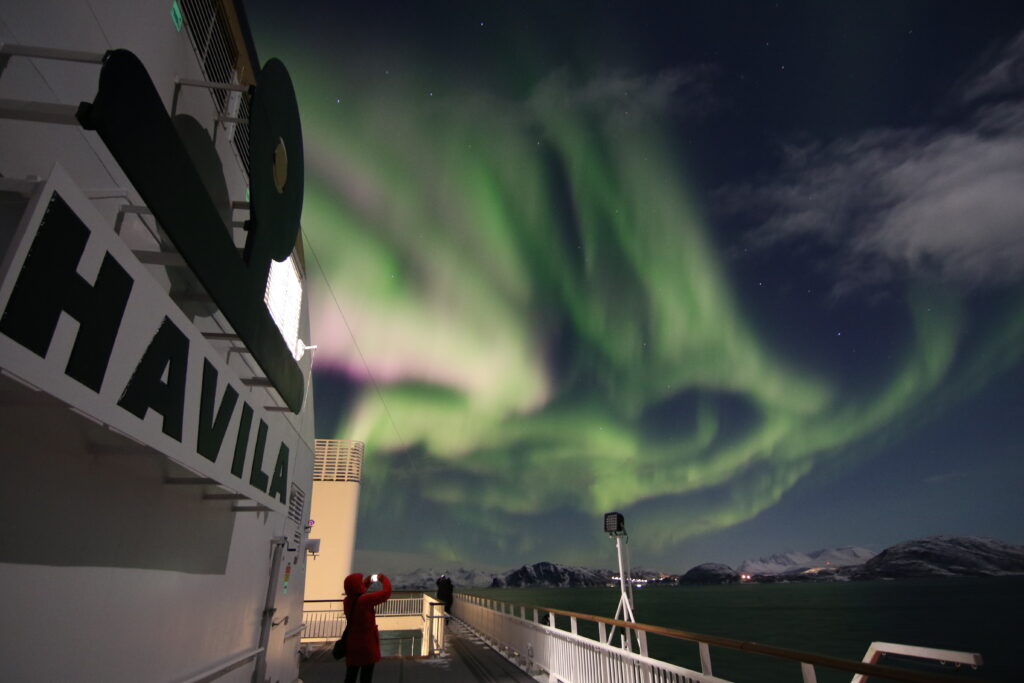
On the cruise departing March 2, English space scientist and Royal Astronomical Society Gold Medal recipient John Zarnecki will apply his expertise on space debris, cosmic dust and impacts, and his experience as director of the International Space Science Institute in Switzerland and involvement in significant space probe missions to the on-board programming. Under his tutelage, passengers will take a deep dive into the Saturn moon Titan, the phenomena behind the Northern Lights, extraterrestrial life in the universe, red giants and white dwarfs, and comets. He will also share personal reflections from his 40-year career as a rocket scientist.
Ian Ridpath, a respected writer and lecturer in the fields of astronomy and space, member of the Royal Astronomical Society’s outreach team, and editor of the esteemed Oxford Dictionary of Astronomy , dedicates his time aboard the Oct. 30 cruise with discourse on the Northern Lights, stories behind the figures making up the constellations, the Apollo missions, the planets of our solar system, solar and lunar eclipses, and comets.
Get insider information and deals in your inbox!
- Email This field is for validation purposes and should be left unchanged.
Read This Next
Rosewood são paulo now home to asaya spa by guerlain, all reads on this topic, the iconic bayeux tapestry in france to get new home, turtle bay resort partners with salesforce, fort george hotel & spa transforms belize city from gateway to destination, read them all.

Introducing
eFlyer Reviews
Amansara review.
It was more than a car journey; it was a transition between worlds. At our first hotel in Siem Reap, huge coaches constantly pulled up outside the lobby to deposit or receive international tour groups; we departed in very different style, in a 1965 black Mercedes limousine once owned by King Sihanouk. The mundanities of mass tourism were left behind. We progressed through the chaotic Cambodian streets in regal comfort and soon arrived at a solid gate.
Sponsored Content
Travel tips to help protect your health and your trip.
Five Tips to Help Minimize Potential Travel Problems
eFlyer News
Aurora expeditions welcomes third small ship, “douglas mawson,” to fleet.
Earlier this month, Aurora Expeditions announced plans to soon welcome its third small ship, Douglas Mawson , to its fleet. Slated to set sail in 2025, the revolutionary small ship will take an average of 154 passengers to the world’s wildest places. The ship, named after the legendary Australian geologist and explorer, embodies Mawson’s spirit.
Icelandair, Expedia Launch New Rewards Program
Icelandair and Expedia officially partnered to launch a new rewards program. Travelers can now earn more rewards from bookings.
Hotel Indigo: The World’s Neighborhood Hotel
Part of the IHG Luxury & Lifestyle portfolio, Hotel Indigo is the world’s neighborhood hotel that celebrates how guests can discover, or rediscover, some of the most inspiring and culturally rich neighborhoods around the world. When staying at a Hotel Indigo hotel, it's not just about visiting a place — it's about being fully immersed in the neighborhood and wanting to take a little bit of it home. When traveling for business, Hotel Indigo offers a unique experience tailored to each location, making it the perfect choice to stay while traveling for work. With IHG Business Edge , travel managers have exclusive access to enticing perks, comprehensive travel metrics and carefully curated educational resources. It also includes a guaranteed discount on both business and personal travel for managers and employees, alongside an automatic upgrade to IHG One Rewards Silver Elite status after the initial IHG Business Edge stay.
Swiss International Air Lines Begins New Service from Washington, D.C., to Zürich
Swiss International Air Lines recently launched daily flights from Washington, D.C. (IAD), to Zürich (ZRH). The daily flight is one of three new international routes SWISS launches this summer season , with Toronto (YYZ) and Seoul (ICN) slated in the coming months.
Choose Your Coastal Adventure at The Ryder Hotel in Charleston
Eflyer deals, birder’s delight at brewery gulch inn & spa, love and let fly at sandals, beaches resorts, brazil to require travel visas from american, canadian, australian travelers in 2025, eflyer lead, 5 reasons to put montpelier, vermont, on your travel list, destinations / north america, vinpearl landmark 81, autograph collection review, fusion hotel group opens fusion suites phuket patong in thailand.
Fusion Hotel Group just launched a new 141-room and -suite resort overlooking the Andaman Sea and Patong Beach in Thailand. Fusion Suites Phuket Patong offers 5-star facilities, a flagship spa and multiple swimming pools.
Tips to Plan a Destination Event Worth the Trip
It's time to shake things up and inject some serious excitement into your next gathering. Whether planning a corporate conference, black-tie gala or milestone celebration, choosing the right venue can make all the difference. City Winery shares some tips to make your next gathering a rockin' success.
Langham Joins Xiamen Seaworld, China, in 2025
For the first time, Langham Hospitality Group signed management agreements for three hotels on a single plot in Xiamen, China. Part of Xiamen Seaworld, China Merchant Group’s mixed-use development situated on the western shore of Xiamen’s main island, the hotels will open in 2025 and showcase a different brand from Langham Hospitality Group’s portfolio, including The Langham Hotels & Resorts, Cordis Hotels & Resorts and Ying’nFlo.
- Favorites & Watchlist Find a Cruise Cruise Deals Cruise Ships Destinations Manage My Cruise FAQ Perfect Day at CocoCay Weekend Cruises Crown & Anchor Society Cruising Guides Gift Cards Contact Us Royal Caribbean Group
- Back to Main Menu
- Search Cruises " id="rciHeaderSideNavSubmenu-2-1" class="headerSidenav__link" href="/cruises" target="_self"> Search Cruises
- Cruise Deals
- Weekend Cruises
- Last Minute Cruises
- Family Cruises
- 2024-2025 Cruises
- All Cruise Ships " id="rciHeaderSideNavSubmenu-4-1" class="headerSidenav__link" href="/cruise-ships" target="_self"> All Cruise Ships
- Cruise Dining
- Onboard Activities
- Cruise Rooms
- The Cruise Experience
- All Cruise Destinations " id="rciHeaderSideNavSubmenu-5-1" class="headerSidenav__link" href="/cruise-destinations" target="_self"> All Cruise Destinations
- Cruise Ports
- Shore Excursions
- Perfect Day at CocoCay
- Caribbean Cruises
- Bahamas Cruises
- Alaska Cruises
- European Cruises
- Mediterranean Cruises
- Cruise Planner
- Make a Payment
- Beverage Packages
- Shore Excursions
- Dining Packages
- Royal Gifts
- Check-In for My Cruise
- Update Guest Information
- Book a Flight
- Transportation
- Book a Hotel
- Required Travel Documents
- Redeem Cruise Credit
- All FAQs " id="rciHeaderSideNavSubmenu-7-1" class="headerSidenav__link" href="/faq" target="_self"> All FAQs
- Boarding Requirements
- Future Cruise Credit
- Travel Documents
- Check-in & Boarding Pass
- Transportation
- Perfect Day at CocoCay
- Post-Cruise Inquiries
- Royal Caribbean
- Celebrity Cruises

Astrotourism: Most Breathtaking Places To Stargaze Around The World
See the universe visit beautiful places in the world at night.
Published on July 1, 2022
There are few experiences more wondrous than standing under a dark sky illuminated solely by stars. The stars we see today are the same that have led voyagers across oceans, inspired myths and legends as well as spurred scientists' journeys into space.
Feeling inspired to take a vacation for seeing stars? Astrotourism relates to traveling somewhere in world deliberately for stargazing. If you're in search of the best astrotourism places to see stars without city lights dimming their luster, then these stargazing vacation destinations are all shining contenders.
Witness The Lunar Landscape
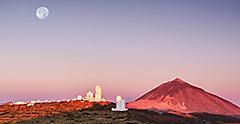
If you've spent most of your nights near big cities, you might be wondering — can you see the Milky Way from Earth? The answer is yes, if you're in the right spot.
The Milky Way is a grand spiral galaxy that looks like a cream-colored arch of dense stars across the sky. While almost all cultures developed legends about the meaning and origins of Earth's galaxy, the Greeks and Romans saw the streak of stars as a river of milk, which is how it got its name.
One of the best places to admire the Milky Way is at the Atacama Desert in Chile. The Milky Way rises and sets in Earth's Southern Hemisphere, appearing overhead in destinations like Chile.
The Atacama Desert is a hub for nearly half of the world's major astronomy studies thanks to its high elevation, low humidity and remote location far from any sources of light pollution. By day, the desert is striking, with rust-colored mountains and buttes and plains of sand that stretch for miles. Once night falls, the landscape looks like it's stuck in a snow globe of stars.
Locating A Stargazer's Dream Destination

The Island of Hawai'i (or "Big Island," south of Maui) is an astrotourist's dream destination, with dark skies stretching over the lava fields. The sacred summit of Mauna Kea is home to some of the world's most powerful telescopes, and there are plenty of stars to be seen with the naked eye from the visitor center. You can look at the same constellations Polynesian seafarers once used to navigate across the Pacific Ocean from the Marquesas Islands.
Skies above Mauna Kea are so clear due to the lack of air and light pollution, as well as the elevation. From seabed to summit, Mauna Kea eclipses Mount Everest, but it is only around half of Everest's height when measured from sea level.
Even on a cloudy night, Hawai'i is one of the most beautiful places in the world. Depending on what's brewing beneath the Earth's crust, you might be able to see the amber glow from a lava lake at Volcanoes National Park. The park sometimes has volcanic fog, or "vog" casting a veil over some of the stars, but it's still a stunning sight to behold.
Head to the waters of Kona and embark on a guided night swim with manta rays, who swim with mouths agape under the glow of an artificial light in search of plankton. The mantas often look like alien acrobats. This sight, coupled with the glowing moon overhead, will linger with you long after you leave Hawai'i.

If you're on an astrotourism journey, you will likely end up in New Zealand. Aoraki Mackenzie International Dark Sky Reserve on New Zealand's South Island is the largest dark sky reserve south of the equator, designed for astronomical travel. There are regulations around the region to prevent light pollution, guaranteeing dark skies for those who visit. The reserve encompasses Aoraki/Mount Cook National Park and stretches to the Mackenzie basin — so there's no shortage of finding a spot to observe the cosmos all to yourself.
Studying the stars was how Māori navigated their vessels from the islands of Tahiti to New Zealand, and this reserve helps to preserve the country's heritage. Māori legend explains how the creation story can be seen in the stars, in a constellation called Matariki (also known as the Pleiades).
Tour guides host informative and entertaining stargazing tours. You can catch tours at the Mount John Observatory, as well as workshops for astrophotographers and adventurers. There are also tours that include peeking through telescopes followed by a relaxing soak in the hot springs of Tekapo.
Gaze Upon A Natural Light Show
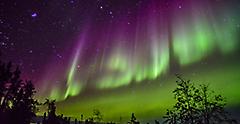
If you want a chance to see the aurora borealis, also known as the northern lights, venture north to Alaska. During the aurora borealis, the sky dances and flickers with colors that span electric shades of green and yellow, with hues of red and violet swirling around. The mesmerizing scene is caused by solar winds and is only found near the Arctic circle. (The Antarctic circle hosts its own light show called aurora australis.) In Alaska, you can admire the light show above as you soak in a hot spring, dogsled over snowy plains or cast a line in an ice fishing hole.
Valerie Stimac — founder of SpaceTourismGuide.com and author of "Dark Skies: A Practical Guide to Astrotourism" — recommends Alaska as one of the best places to stargaze in the world , thanks to its long nights and low levels of light pollution. She advises waiting until the nights are longer to head to Fairbanks. "By early to mid-September, your odds of seeing the aurora are greatly improved by more darkness each day and an ideal position for the solar activity that causes the aurora," she says. "While it is possible to see the northern lights as far south as Alaska's Inside Passage, your chances get better the further north you go."

For more thrills in the sky, head to Iceland. Iceland is a land of natural wonders. With its powder blue geothermal pools, volcanic craters, crashing cascades and sparkling glaciers, this is a destination that caters to curiosity. During wintertime, the skies are often alight with the dancing display of aurora borealis. But if the northern lights are not around, it's also a prime place to search for constellations, planets, meteors and nebulae. Stargazing tours depart from Reykjavík nightly, guiding eyes upward through powerful telescopes.
In the city itself, you'll have a chance to visit Perlan, a museum with a rotating glass dome with an observation platform. There's also an interactive planetarium film about the aurora borealis that reveals what causes this natural phenomenon, and the many legends surrounding it.
Where Stars Meet Nature
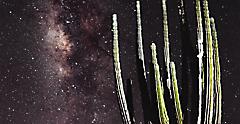
Mexico's Baja Peninsula is not quite populated, with only a few towns strewn along its coastline. The sky clarity (the Baja Peninsula sees 300 days of sunshine per year) and lack of air pollution make this region a spectacular scene come nighttime. Stargaze near any of the main hubs of the Baja Peninsula, like Cabo San Lucas or La Paz, by putting a little distance between you and the city. During summertime, you may spot the planets Mars, Jupiter and Saturn, as well a wide range of constellations.
The town of Cabo San Lucas runs boat excursions out to the open ocean after dark. On a calm night with no wind, the stars reflect onto the water, and it's nearly impossible to distinguish the sea and the sky. For a fully astronautical feel, venture out on a night scuba dive, where you'll be neutrally buoyant like an astronaut in space. The waters off the Baja Peninsula are often alive with bioluminescent plankton that glow and swirl in the water like miniature galaxies. Gaze up when you emerge from your dive for an immersive starry experience.

The remote wilderness of Nova Scotia is home to the Acadian Skies and Mi'kmaq Lands Starlight Reserve, backed by the UNESCO Starlight Foundation, where dark skies are a protected asset of the community. The region regularly hosts astronomy workshops and stargazing festivals to welcome vacationing astrotourists under its skies. If you're interested in astrology, this is a great place to search for constellations. You'll be following a long line of indigenous people who used celestial clues to predict terrestrial activity.
Under sunlight, the region's enormous pine, cedar and spruce trees cloak the landscape. Hiking trails, lakes, inlets and sandy beaches make it one of Canada's most relaxing destinations, while the lack of artificial light draws all kinds of wildlife. Come nightfall, the sweet and refreshing scent of the trees lingers in the air, reminding you that you're still on planet Earth as you gaze at the cosmos above.
Tips For Stargazing Around The World
1. new moon is the best moon, 2. avoid bright lights.
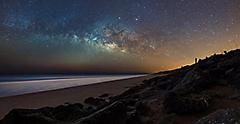
Spectacular stargazing destinations tend to be in the most remote places, far from the light pollution and smog that comes with big cities and suburbs. If skies are clear, venturing to places less traveled usually reveals smatterings of bright stars. NASA recommends finding higher elevations to stargaze from to place yourself above haze and fog that could get in the way of the stars.
Once you've found a prime place to peer up, Stimac recommends not rushing your star seeking experience. Allow "15 to 20 minutes for your eyes to adjust, so you can see more stars." That includes any phenomena like the aurora. Turn off your flashlight and avoid checking your phone before stargazing to help your eyes acclimate to the darkness.
3. Take Advantage Of A Stargazing App
4. make the most of your time.
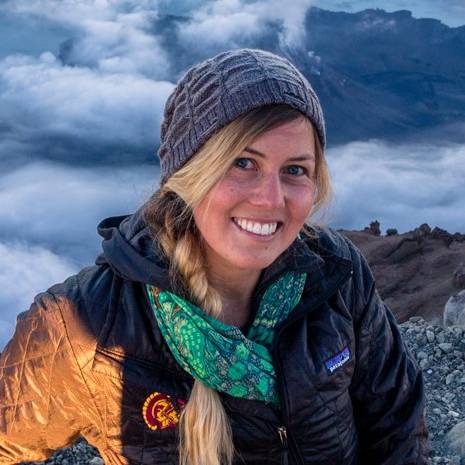
Written By CHANTAE REDEN
Chantae Reden is an adventure writer and photographer who rarely strays far from the coastline. She is a freediver, surfer, scuba diver, and has a mild obsession with sharks. Her work has appeared in Travel + Leisure, Escape, ScubaDiving.com and she's a guidebook author for Moon Travel Guides. Discover more of her stories on her travel website, TheSaltSirens.com.
Get Royal Deals, Sign Up Today
Sign up to receive information about our special offers and deals. You can unsubscribe at any time. For more details about how we use your information, view our Privacy Policy .

Getting There
Explore Our Most Affordable Itineraries Enjoy peering up at the universe as you cruise from one star-rich night sky destination to another onboard the Ultimate World Cruise .

Looking For The Best Time To Visit Alaska? This Is It. An Alaska adventure belongs at the top of your bucket list. Now’s the best time to start planning.

Visiting The Best Hot Springs In The World
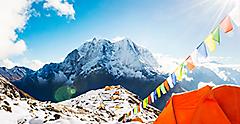
Visiting 7 Natural Wonders Of The World

The Most Scenic Holiday Vacations Around The World
Previewing: Promo Dashboard Campaigns
My Personas
Code: ∅.
- Opening Hours:
Mon-Fri 8.30am - 6pm
Saturday 9am - 5pm
Sunday 10am - 4pm
- Toggle Navigation Menu
Cruise Search
- Activities & Entertainment
Go StarGazing

Fred. Olsen is proud to work in partnership with Go Stargazing, a diverse group of amateur and professional astronomers, instrument scientists, dark sky consultants, education providers and tourism experts with a shared passion for enthusing public interest in astronomy. Their team of astronomers deliver practical stargazing sessions across the United Kingdom, showcasing the incredible dark skies throughout the UK, from Northumberland Dark Sky Park to the South Downs Dark Sky Reserve.
Viewing the night sky is a remarkable experience, but doing so away from light pollution on a Fred. Olsen cruise takes it to a whole new level. The night sky viewed from the middle of the ocean is breathtakingly beautiful, with a vast expanse of stars twinkling brightly in the darkness.
On selected cruises as part of our Signatures Experiences, seeing the Sky at Sea is an incredible opportunity to learn more about our Universe. Go Stargazing astronomers will deliver unique and memorable experiences for our guests, such as witnessing beautiful starry skies and discovering amazing facts about our Milky Way galaxy and beyond. They will share mind-bending facts and create special moments that guests will remember for years to come.

Highlights - The Sky at Sea:
- Enjoy guided tours of the night sky on-deck with an astronomer from Go Stargazing.
- Witness the spectacular Milky Way stretching across the sky from horizon to horizon.
- Learn how our ancestors interpreted the sky with a laser guided tour of the constellations.
- View Saturn as it reaches maximum brightness; the best time to observe its ring system.
- Observe bright Jupiter and its Galilean Moons rising from the East (early morning).
- Enjoy the splendid sight of the crescent Moon setting in the evening twilight.
- Increased activity of the Sun means a good chance of seeing the Northern Lights on those dedicated cruises.
- Your cruise may take place around new Moon when the skies are darkest: the best time for stargazing!
- Stargazing sessions
- Upcoming cruises
- Meet the Go StarGazing Team
The stargazing sessions that Go Stargazing astronomers hold on deck will be informal, informative and entertaining. You will enjoy laser-guided tours of the constellations, learn how to identify planets and view deep-sky objects such as galaxies and nebulae using binoculars. You can take home this knowledge and share it with family and friends.
Guests will enjoy stories of legends and mythology using the starry skies as a backdrop, just like our ancestors once did. Exciting topics such as ship navigation using stars and nautical folklore will give you a unique perspective on the relationship between seafaring and the night sky.
There may also be the opportunity to take advantage of astronomical events such as meteor showers, which occur regularly throughout the year, and conjunctions where celestial objects align to create a fantastic view.
Witnessing impressive night-time views and using incredible facts and figures from astronomical distances to the sizes of stars, our on-deck stargazing sessions are designed and delivered in a way that makes them unforgettable.
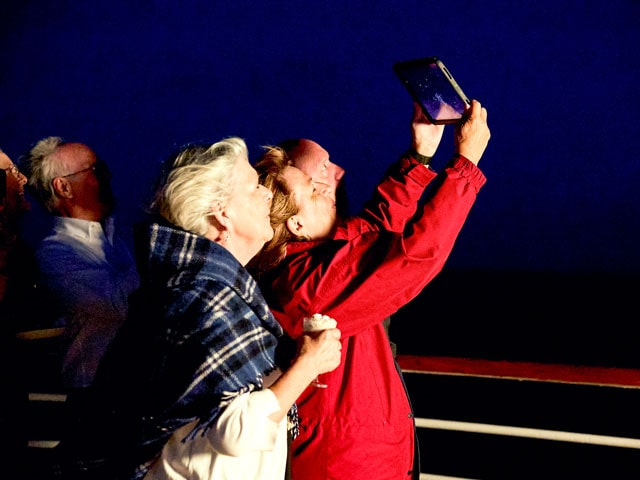
55 Ocean Cruises

River Cities of France & Portugal • L2413
- Cruise along the serene River Seine en route to Rouen
- Sample French wine and cheese, and custard tarts in Lisbon
- Discover the history of the Age of Discoveries
- 2 offers available
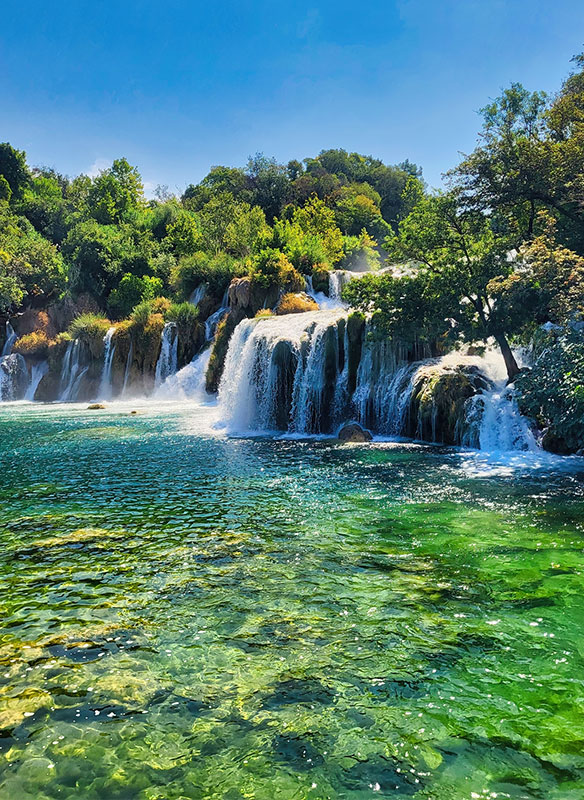
Southampton to Cartagena • S2412C
- Discover the Rock of Gibraltar and it's mischievous inhabitants
- Experience remarkable Dalmatian Coast scenery
- Immerse yourself in traditional daily life

Southampton to Dubrovnik • S2412A
- Explore the British Overseas Territory of 'The Rock'
- Meet the mischievous Barbary macaques
- Discover Valletta's impressive fortifications
- 1 offer available

Cultural Adriatic Discovery • S2412
- Marvel at waterfalls in Croatia's Krka National Park
- Cruise the fjord-like waters of the Bay of Kotor
- Immerse yourself in the local way of life

Dubrovnik to Southampton • S2412B
- Discover the cascading waterfalls of Krka National Park
- Prepare and sample local Croatian cuisine
- Uncover centuries old history in La Goulette and Cartagena

Discovering the Castles & Cultures of the Baltic • S2414
- Visit Helsinki for the Tall Ships Races and Kiel for Kieler Woche
- Enjoy time in the fairytale-esque old town of Tallinn
- Explore the city walls & towers in the well-preserved city of Visby
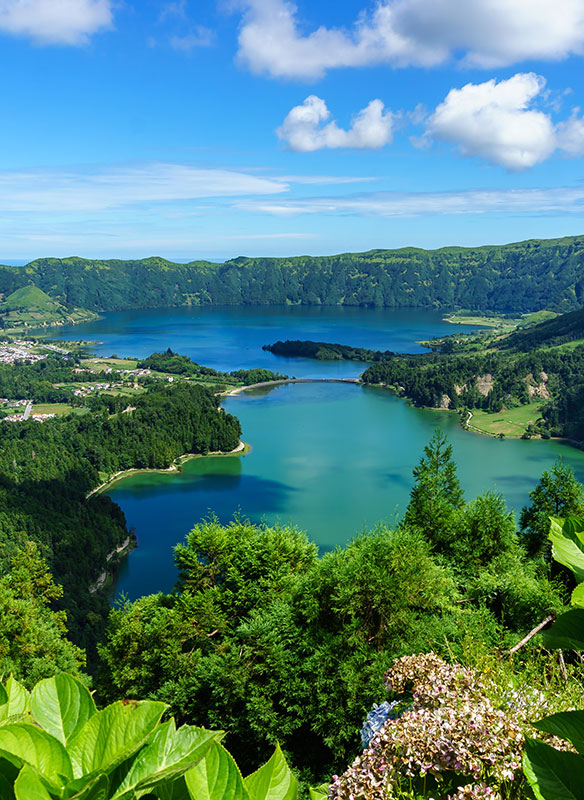
Volcanic Islands & Hidden Gems of Portugal • T2416
- Discover the Sete Cidades crater lakes from Ponta Delgada
- Search for dolphins and whales from Bolette' s decks with ORCA
- Embrace Portuguese traditions and savour local cuisines
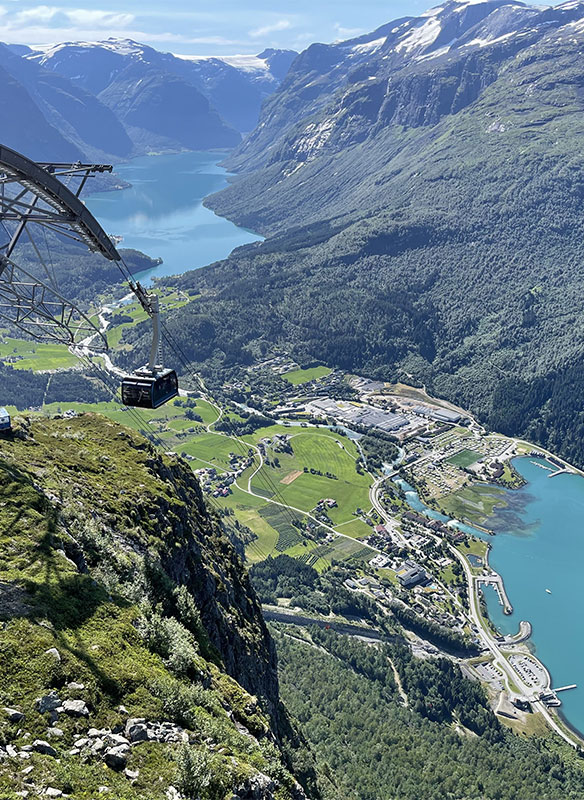
Summertime Norwegian Fjords • T2418
- Uncover Norwegian folklore in Trollveggan and Trollstigen
- From Olden, visit the Briksdal Glacier with a local expert
- Marvel at the Seven Sisters Waterfall from Bolette 's decks
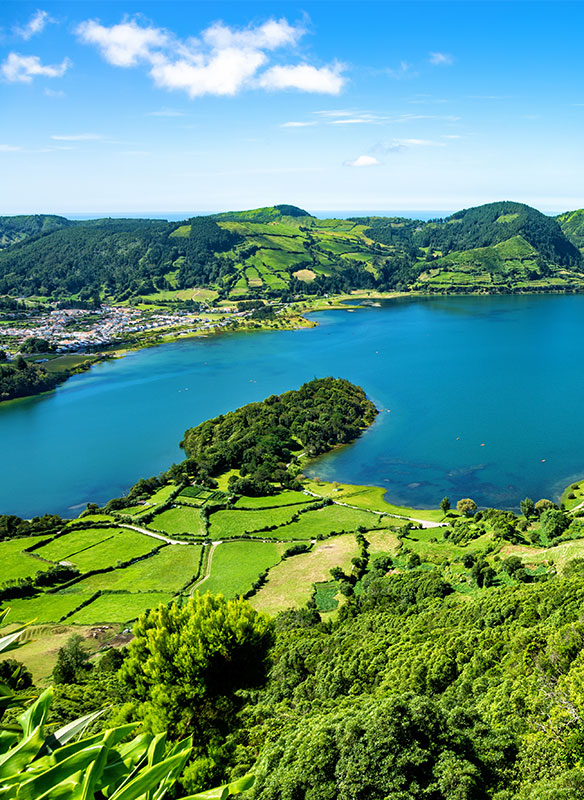
Volcanic Islands of the Azores & Madeira • S2420
- Uncover the verdant volcanic vistas of the Azores and Madeira
- Relax in hot springs, taste Port wine and ride Lisbon's iconic trams
- Spot a variety of marine life from Borealis with wildlife charity ORCA
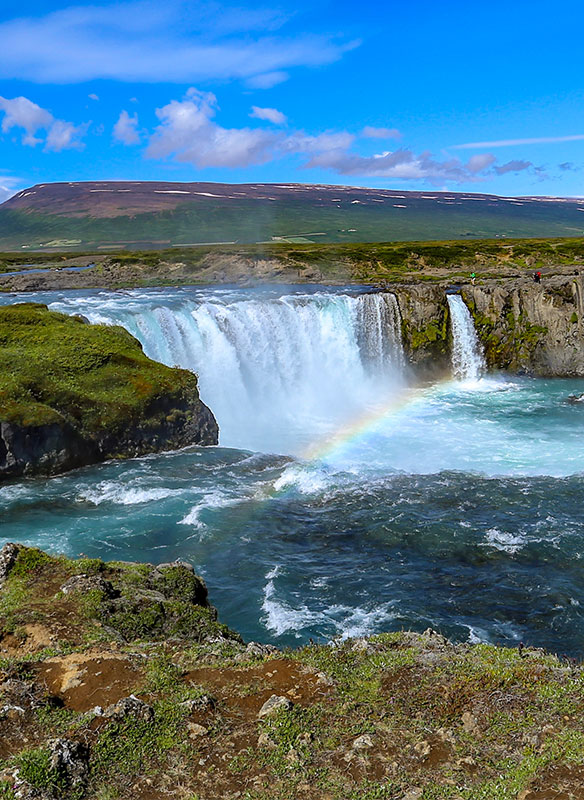
Iceland's Whales, Waterfalls & Way of Life • L2427
- Uncover remarkable landscapes, folkore and wildlife in Iceland
- Discover more about the local way of life in remote Ísafjörður
- Spot cetaceans from the decks of Balmoral with ORCA conservationists
Showing 1 - 10 cruises
There are no cruises that match your selection. Please clear the filters and try with different or fewer options.
Unfortunately there was a problem retrieving your search results. Please check your connection or try again later.
Acting as tour guides of the heavens, the Go Stargazing astronomers will share their knowledge with group sessions learning interesting and amazing facts about our Universe. The friendly and approachable team will be on hand to answer any questions you may have, and to help you spot planets and stars.
Neill Sanders
Neill is a seasoned amateur astronomer and the visionary behind Go Stargazing. With a strong desire to ignite a passion for the night sky in others, Neill organises public stargazing events that offer laser-guided tours of the constellations and breathtaking views of celestial objects through high-quality telescopes.
Not only does Neill actively engage the public in stargazing experiences, but he also fosters participation in practical astronomy. Through the gostargazing.co.uk website, he maintains a comprehensive database of locations and events, providing a valuable resource for individuals interested in exploring the wonders of the night sky.
Neill's commitment extends to supporting grassroots astronomy organisations throughout the UK, recognising the importance of their contributions to the field. With his expertise, passion, and dedication to sharing the beauty of the cosmos, Neill strives to make stargazing accessible and enjoyable for all.

Professor Paul Roche
Professor Paul Roche is currently the Chair of Astronomy Education at Cardiff University. With a degree in geophysics and a PhD in astrophysics, he is equally happy studying what is under his feet as well as what’s above his head and has been giving public lectures for over 30 years on topics ranging from the deep Earth to deep space.
Over that time, he has been involved in a variety of exciting projects, working with schools and the public to establish landmark educational programmes such as the National Space Centre in Leicester and the international Faulkes Telescope Project.
After many years researching massive stars, neutron stars, black holes, and more recently asteroids and comets, he is now focussed on developing schools' and public understanding of science programmes, primarily in the areas of astronomy, space science, planetary sciences and astrobiology. In addition to his academic interests, he also teaches scuba diving and Chinese martial arts.

Wil is not only a co-founder of Go Stargazing but also the mastermind behind Twice Brewed Stargazing, located at the Twice Brewed Inn Observatory and Planetarium. This venture attracts over 8,000 visitors each year to the Northumberland Dark Sky Park, where Wil guides them through the celestial wonders using telescopes and binoculars. With over a decade of experience, Wil has been actively engaging the public in stargazing, hosting astro-photography workshops, and providing unforgettable experiences.
One of Wil's notable accomplishments is his expertise in leading aurora tours in Iceland. Guiding enthusiasts to witness the mesmerising phenomenon of the aurora borealis, Wil has provided unique and awe-inspiring experiences for those seeking the magical dance of lights in the night sky. His deep knowledge and passion for capturing the beauty of the aurora make him a sought-after guide for those who wish to witness this celestial spectacle firsthand. Wil's aurora tours in Iceland have left a lasting impact on the individuals fortunate enough to join him on these incredible adventures.
Wil has built a significant online following, particularly on Facebook, where many avid stargazers eagerly follow his updates and engage with his content. His dedication to sharing the wonders of the night sky and creating memorable stargazing experiences has established him as a trusted and popular figure in the astronomy community.
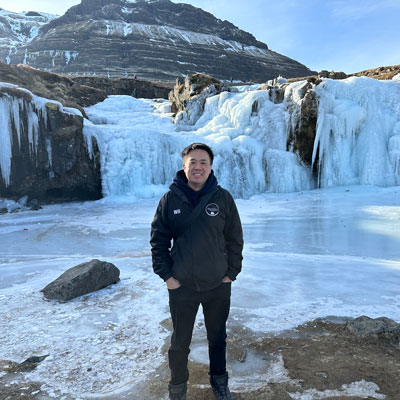
Jo and Pete Richardson
Jo and Pete Richardson are a dynamic husband-and-wife team who have dedicated themselves to space and astronomy education for over a decade. They operate from their home observatory in Somerset, UK, and also manage another observatory in North Devon.
Jo is a full-time professional space outreach education specialist and a respected Fellow of the Royal Astronomical Society. In 2010, she founded Space Detectives, a space education business aimed at bringing the wonders of space and astronomy to people of all backgrounds and abilities. Jo's expertise lies in delivering engaging events to the public, captivating audiences with her enthusiasm, drive, and creative use of props and demonstrations to explain complex astronomical concepts. Her work as an Astronomy Advisor for Exmoor National Park Dark Skies Reserve and other national organisations further highlights her commitment to promoting astronomy.
In 2015, Jo became one of the five current UK Space Ambassadors working on behalf of the European Space Education Office, which receives direct funding from the European Space Agency. Her dedication to outreach was recognised in 2018 when she and her colleagues were awarded the prestigious International Arthur C Clarke Award for Space and Astronomy Outreach.
Pete, on the other hand, is an award-winning astrophotographer who has been recognised as a finalist for the International Astrophotographer of the Year award twice. His remarkable images are captured exclusively from the UK using the observatory he designed and built from scratch. Alongside astrophotography, Pete is a skilled telescope maker and is currently working on constructing a 20-inch Dobsonian telescope, which he plans to use for his astrophotography projects. He also provides technical expertise and supports Space Detectives in their event work.
Together, Jo and Pete offer stargazing experiences complete with informative talks and telescopes. They take pride in representing Go Stargazing and collaborating with Fred Olsen Cruises, showcasing their passion for sharing the wonders of the night sky with others.
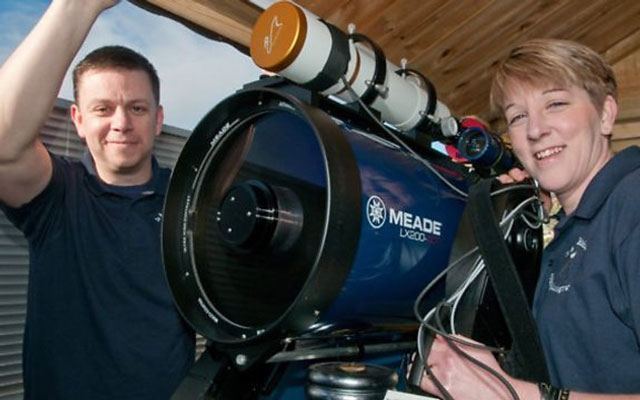
Dr Luke Tyas
Luke is a highly accomplished individual who holds the position of Scientific Operations Principal for Dark Energy at the University of California Berkeley. His primary responsibility is overseeing the operation of the $100M DESI instrument located in Arizona, which is dedicated to creating the largest-ever map of the Universe.
Luke's previous endeavors have been equally impressive. He has contributed to the engineering of instruments used in the discovery of exoplanets, operated the largest telescope in South Africa, and worked on instrumentation projects for the esteemed European Southern Observatory. Additionally, he has managed a renowned public stargazing observatory in the UK, demonstrating his commitment to making astronomy accessible to the wider public.
Luke's dedication to outreach is further evident as he co-chairs the dark energy public outreach committee for Berkeley Lab, highlighting his efforts to engage and educate the public about the fascinating field of dark energy.
Beyond his scientific pursuits, Luke indulges in astrophotography and night-scape photography, showcasing his creative side and capturing the beauty of the cosmos through digital and film formats.
Overall, Luke's extensive experience in instrument engineering, telescope operation, public engagement, and his passion for astrophotography make him a remarkable figure in the world of astronomy.

Dr Fred Stevenson
"Dr Fred" is an accomplished individual with a strong background in astrophysics and education. He obtained a degree in Physics with Astrophysics from the University of Leicester in 1980, followed by a PhD in Cosmology from Durham University in 1986.
Over the past twenty-five years, Dr Fred has dedicated himself to teaching adult education classes in astronomy, physics, and mathematics. His classes have been held at various locations in Northumberland, County Durham, and North Yorkshire. Additionally, he has organised weekend courses in Kielder Forest and the North Pennines.
Dr Fred is passionate about sharing his knowledge and love for astronomy with the public. He enjoys engaging with people and discussing topics related to the universe. When he is not teaching, Dr Fred can often be found exploring the moors and fells in the northern region of England. His love for nature and the outdoors complements his deep fascination with astronomy.

Mark Westmoquette
Mark Westmoquette is a fascinating individual who transitioned from being a professional astronomer with a PhD in 2007 to becoming a yoga and mindfulness teacher. He has combined his expertise in astronomy and cosmology with the principles of mindfulness to develop what he calls 'mindful stargazing.' This unique practice involves blending inner contemplation and mindfulness with a profound understanding of the universe.
Mark is also an accomplished author, having written several books that explore the intersection of mindfulness and astronomy. His works include "Mindful Thoughts for Stargazers" published in 2019, "The Mindful Universe" released in 2020, and "Stars: A Practical Guide to the Key Constellations" also published in 2020. Through his writing, Mark delves into the practical application of mindfulness in the context of stargazing and provides guidance on understanding and appreciating the key constellations.
Mark Westmoquette's multidisciplinary approach brings together astronomy, mindfulness, and contemplative practices, offering a unique perspective on our connection to the universe. His work serves as a bridge between the scientific and spiritual aspects of stargazing, inviting individuals to explore the wonders of the cosmos while cultivating a mindful and introspective approach.

Andrew Gray
Andy is a chemist who, after working in research, found his true passion in teaching. He dedicated over 25 years to educating students in the North East of England and currently teaches new teachers at the University of Newcastle. Alongside his teaching career, Andy has cultivated a deep interest in astronomy, which has spanned over two decades. He is an avid astronomer and astro photographer who loves discussing all things related to life, the universe, and scientific topics.
For the past five years, Andy has organised and hosted popular stargazing events at the Lord Crewe Arms, set in the dark skies of Blanchland in the North Pennines. These events have consistently sold out, highlighting his expertise and ability to engage people in the wonders of the night sky. Whether it's teaching, stargazing, or engaging in scientific discussions, Andy's enthusiasm for science shines through in all aspects of his life.

Dave's passion for astronomy started in childhood, evolving into a lifelong pursuit that led him to become a prominent figure in the UK astronomical community.
As the founder of the Bedford Astronomical Society and former Editor of the Handbook of the Federation of Astronomical Societies, Dave's expertise earned him recognition as a Fellow of the Royal Astronomical Society in 1996. His influence extends through his various workshops, contributing to astronomy publications, and engaging diverse audiences, from social groups to youth organisations.
Dave shares his passion for astronomy and spaceflight with unbound enthusiasm. Beyond traditional presentations, Dave tours the country with an inflatable planetarium, offering an immersive, educational experience that transports participants into the Cosmos.
Guided by his love of astronomy, Dave is committed to inspiring others to appreciate the beauty of the night sky. Through workshops, publications, and interactive experiences, he encourages people of all ages to look up and marvel at the wonders above.

Dr Jenifer Millard
Dr. Jenifer Millard, known as Dr. Jen, developed a fascination with the night sky at a young age. While most children played with toy cars, she saw them as objects to tinker with. As a child, she looked at the Moon through an old telescope and fell in love with the mysteries of the universe. This curiosity led her to pursue a Ph.D. in Astrophysics at Cardiff University, where she studied "The Stuff Between the Stars."
During her doctoral studies, Dr. Jen realised that her true passion lay in sharing her love of space with others. She now holds various roles that allow her to engage with the public and educate them about astronomy. As the Managing Editor of the "Sky Guide" App at Fifth Star Labs, she helps people explore the wonders of the night sky. She is also the writer and host of the popular "Awesome Astronomy" podcast and a science presenter for BBC1 Wales' "Weatherman Walking" series.
In addition to her media work, Dr. Jen actively participates in practical astronomy. She co-organises Astrocamp, a bi-annual star party where amateur astronomers gather to observe the cosmos and participate in various activities. She is the Honorary President of the Barry Astronomical Society and has been recognised as one of Cardiff University's 30ish Award Winners for 2022, acknowledging her contributions to the alumni community.
When she's not immersed in the world of space, Dr. Jen enjoys relaxing with movies, exploring different parts of the UK, and being bossed around by her cat!

Jenny Shipway
Jenny Shipway is a prominent figure in the field of astronomy education. She has served as the Director of the planetarium at the Winchester Science Centre and currently holds significant roles in various astronomical organisations.
Jenny is the co-chair of the Education Committee for the International Planetarium Society and also acts as the UK's National Outreach Coordinator for the International Astronomical Union. She directs a national project that supports outreach activities conducted by astronomical societies and contributes to the creation of scripts for planetarium films.
Jenny's primary focus in her educational work is to assist beginners in understanding their position in the vastness of space and to provide knowledge about the remarkable celestial objects visible from Earth with the naked eye or binoculars.
Her passion lies in making astronomy accessible and engaging for all individuals, particularly those starting their journey in the subject. Jenny's expertise and dedication have made her a respected and influential figure in the field of astronomy education.
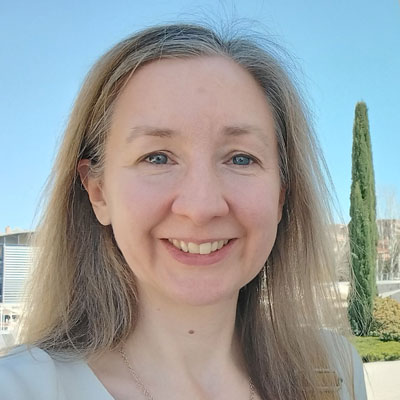
Martin Whipp
Martin Whipp is an amateur astronomer residing in Ripon, North Yorkshire. With a strong affiliation to the astronomical society in York, where he hails from, Martin has actively participated in the society for over three decades. In recognition of his contributions and expertise, he was honored as a Fellow of the Royal Astronomical Society in 2001. Furthermore, Martin's accomplishments have led to two nominations for awards from the Royal Astronomical Society.
A notable project that Martin spearheads is the Lime Tree Observatory located near Ripon. This amateur-run observatory boasts impressive equipment, including large telescopes and a captivating 6.5m immersive planetarium theater that replicates the beauty of the night sky. Martin played a pivotal role in designing and constructing this remarkable facility. During the winter months, he dedicates much of his time to delivering talks and presentations to the general public, utilising the observatory as a magnificent setting for sharing his knowledge and passion for astronomy.
Martin's commitment to amateur astronomy and his leadership at the Lime Tree Observatory underscore his significant contributions to the field. His efforts in designing, building, and educating the public within the immersive environment of the observatory highlight his dedication to promoting astronomical understanding and appreciation.
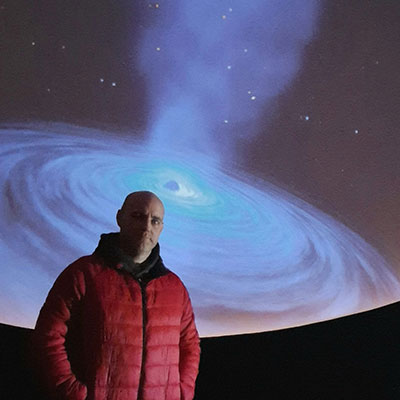
Matt Robinson
Matt is a highly regarded astrophotographer and science communicator originally from Sunderland, UK. Although he currently resides in Sweden, his passion for astronomy has taken him across the globe. With his talent for capturing awe-inspiring images, Matt has worked in various locations including the Maldives, Norway, Finland, Sweden, Iceland, the UK, and Chile.
Known for his cheerful, down-to-earth, and entertaining presenting style, Matt creates a fun and relaxed atmosphere for learning about astronomy and addressing burning questions. His expertise and enthusiasm for the subject shine through in his engaging presentations.
Like his fellow astronomers at Go Stargazing, Matt shares a deep love for astronomy. Having witnessed the aurora borealis over 100 times, he is well-acquainted with its mesmerising beauty. His extensive experience includes spending multiple winters living within the Arctic Circle, making him an excellent companion for anyone venturing into the aurora zone.
Overall, Matt's impressive astrophotography skills, coupled with his passion for astronomy and entertaining approach to science communication, make him a fantastic resource and guide for those eager to explore the wonders of the night sky and the enchanting auroras.
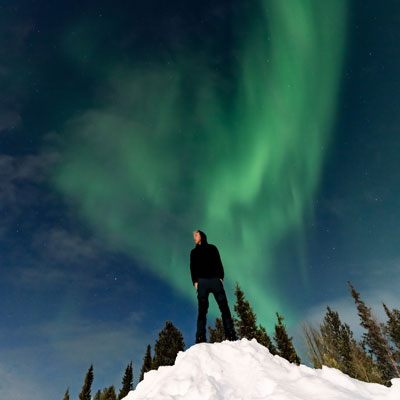
Graham Darke
Graham’s life-long interest in the night sky was ignited as a child by his grandfather who was himself a self-taught amateur astronomer. An Open University science graduate, Graham was an original founding member of his local astronomical society and is now its honorary President. He has over 30 years of experience in astronomy public outreach.

Sophie Carroll
Sophie is an amateur astronomer with the distinguished title of Fellow of the Royal Astronomical Society. With diverse experiences, Sophie has worked at observatories, leads stargazing tours, engages in school education and operates a mobile planetarium.
Alongside running her astronomy outreach business, Sophie works as a laboratory technician for the Science and Technology Facilities Council.
She focuses on providing practical learning opportunities in astronomy for people of all backgrounds, utilising hands-on activities to foster understanding of the subject. Sophie's interest lies in the intriguing realms of dark matter and energy, two mysterious phenomena that captivate her curiosity.
Beyond her astronomical pursuits, Sophie deeply appreciates nature and endeavours to remind and inspire people about our profound connection with the cosmos. Through her work and passion, she seeks to nurture this connection and instil a sense of awe and wonder about the Universe in others.

Dr Sheila Kanani MBE
Dr Sheila Kanani MBE is a British planetary scientist, teacher, science communicator, author and self-alleged space comedian with a background in research from UK universities. Sheila has been the Education, Outreach and Diversity Officer at the Royal Astronomical Society since 2014, is a primary school governor and STEM ambassador, and was awarded an MBE in the New Years Honours List 2022 for services to astronomy and diversity in physics.

Gary Lintern
Gary's love for the night sky and fascination with how different cultures observed the skies began at a very young age. As a seasoned astrophotographer, he not only captures the celestial beauty but also imparts his expertise through a photography training and stargazing tour business.
In addition to his photographic pursuits, Gary lends his celestial expertise to the tourism sector, offering stargazing event training and consultancy services. His passion for the cosmos extends beyond the lens, creating an immersive experience for enthusiasts and tourists alike.

Dr Vicky Fawcett
Vicky is an astronomer at Newcastle University and researches extremely bright galaxies powered by supermassive black holes.
Vicky is part of two major astronomy collaborations: the Dark Energy Spectroscopic Instrument (DESI), an optical spectrograph on the Mayall telescope in Arizona, and the Multi-object Optical and Near-IR spectrograph (MOONS), an infrared spectrograph soon to be installed on the Very Large Telescope in Chile.
Vicky is keen on astronomy outreach and loves talking to the public about space, having given many talks at schools, science festivals, museums, and astronomical societies.

Want to speak to us?
Call now for FREE on: +441473746175
Our team is not currently available

- Climate Change
- Engineering
Museum of Science, Boston and Boston Harbor City Cruises Present “Sea the Stars” Boat Cruises for Summer 2023
BOSTON, MA — The Museum of Science, Boston, in partnership with Boston Harbor City Cruises, is pleased to announce the return of the “Sea the Stars” boat cruises, offering an unparalleled summer experience for astronomy enthusiasts and stargazers alike.
Educators from the Museum of Science will act as night sky tour guides for passengers as they set sail on Boston Harbor to see the stars and planets. With an unobstructed view of the sky, passengers can map out constellations, tour our galaxy, and catch the Perseid meteor shower, which happens every year from mid-July to late August. In addition to expert commentary, guests will have access to related videos, content, and engaging activities that will deepen their learning aboard the high-speed catamaran.
“Our renewed partnership with Boston Harbor City Cruises gives passengers a fun, immersive opportunity to ignite curiosity and deepen the understanding of our natural world and connection of our planet and the cosmos,” said Dani LeBlanc, director of the Center for Space Sciences at the Museum of Science. “This unique experience allows our talented staff to share our deep love and passion for astronomy and space with a wider audience outside of the Charles Hayden Planetarium.”
After sunset, the three-hour boat cruise departs from Long Wharf, Boston, and cruises beyond city lights to ensure optimal night sky viewing. If it is raining or the cloud cover is thick, we will have to cancel due to the lack of visibility of the stars.
“Boston Harbor City Cruises is excited to partner with the beloved Museum of Science and their educators from the Charles Hayden Planetarium to host a series of Sea the Stars Cruises this summer. We look forward to having astronomy and space enthusiasts on board,” said Bob Lawler, vice president & general manager of Boston Harbor City Cruises.
The Sea the Stars Cruise schedule for summer 2023 is as follows:
- July 22, 8:00 p.m. - 11:00 p.m.
- August 12, 7:30 p.m. - 10:30 p.m.
- August 26, 7:30 p.m. - 10:30 p.m.
- September 9, 7:30 p.m. - 10:30 p.m.
- September 16, 7:30 p.m. - 10:30 p.m.
Tickets are available now at cityexperiences.com/boston/city-cruises/sea-the-stars-cruise/ .
- Space Sciences
The snack bar onboard is cash only and there are no atm's at the lake.

Astronomy Dinner Cruise on Canyon Lake
Quick Details
Clock Duration: 2.5 hours
Calendar Availability: Please check the calendar for availability.
The Dolly Steamboat is open. All road closures are passed Tortilla Flat to Apache Lake. Please use Highway 88 from Apache Junction to access Canyon Lake Marina.
See the Stars on this Dinner Cruise
Join us for an astronomy dinner cruise at Canyon Lake aboard the Dolly Steamboat. Take a “Mark Twain” voyage and admire the breathtaking scenery as you enjoy a presentation on the solar system with Dr. Sky. Dine on a delicious meal while gazing at the breathtaking views of the stars from the deck of the Dolly. This is a great option for astronomy enthusiasts or anyone who wants to relax and spend a memorable evening under the Arizona night sky. Come see what makes our Canyon Lake boat tours so special. Join us!
*All passengers must check in at ticket booth 30 minutes prior to scheduled departure time.*
Before You Board
- The ticket booth will open 25 to 45 minutes prior to departure. Arrival time is 30 minutes prior to scheduled departure
- Reservations are required for all meal cruises
- Please inform us of any special needs when making your reservation
- All children must wear and keep on a life jacket, please inform the captain of the weight of your child
- No personal beverages, food, alcohol, firearms (CCW holders okay) or weapons allowed. Unopened bottled water is okay
- A snack bar is available on board with water, soda’s, snacks and alcohol. Please keep in mind that it cash or check only. Please, no credit cards
- No glass containers are allowed at Canyon Lake
- Crew will check all carry-ons, so please have coolers, purses, and small bags unzipped and open for inspection as you board the Dolly
- Smoking is not allowed onboard
- Only licensed service dogs are allowed onboard
- In some circumstances, you may share a table with another group. For special accommodations, please contact us at 480-827-9144
Related Cruises
- Clock 2.5 hours
Twilight Dinner Cruise on Canyon Lake
*Price does not include tax and gratuity.
Our dinner cruises offer all of the grandeur of the daily cruise plus the ambiance of the twilight. Beat the heat on our air conditioned lower and upper decks!
- Most Popular
- Clock 1.5 Hours
Scenic Nature Cruise on Canyon Lake
**The Dolly Steamboat is open. All road closures are passed Tortilla Flat to Apache Lake. Please use Highway 88 from Apache Junction to access Canyon Lake Marina.**
On this 6-mile cruise, you may see desert bighorn sheep, bald eagles and a host of other animals viewed from the decks of the Dolly! Beat the heat on our climate controlled lower and upper decks.
Astronomy and Northern Lights Expedition Cruise from Dover

Come with us on a Northern Lights expedition along the coast of Norway to the top of the world at North Cape, directly from Dover.
- Learn more about the Northern Lights, the Arctic sky and the solar system in lectures on board from renowned astronomer - Tom Kerss
- Explore Norway’s amazing coastline in winter
- Visit the Northern Lights Planetarium in Tromsø
- Learn about Norwegian culture, history and nature with our Expedition Teams
Community charm and culture
Your expedition will take you to a range of communities living and thriving on the Norwegian coast. Visit the exciting cities of Bergen, Tromsø, and Ålesund and get to know the local culture. You’ll fall in love with the many charms of the Lofoten Islands in Svolvær and the picturesque fishing village Reine. Our ship also takes you where the big ships of other cruise lines can’t sail, such as the hidden gems of Fjærland and Mosterøy which few ever get to see.
Polar nights and Northern Lights
Sailing north and crossing the Arctic Circle to places such as Narvik, Alta, and North Cape will mean short winter days and long polar nights. This creates the best possible conditions to experience the magical Northern Lights, the phenomenon that has fascinated visitors, artists, scientists, and locals for centuries. Learn more about this astronomical phenomenon with an exclusive visit to the Planetarium at the Science Centre in Tromso led by our astronomy expert - Tom Kerss.
Setting off from the White Cliffs
Estimated time of departure is 16:00
All aboard at Dover! MS Maud is here, ready and waiting to bring you north to Norway´s magical landscapes on the hunt for one of nature’s greatest spectacles: The Northern Lights.
Once on board the ship, you’ll pick up your complimentary expedition jacket, settle into your cabin, explore the ship and attend a mandatory safety drill. After the first of many sumptuous dinners and a welcome toast by the Captain, you’ll meet your expert Expedition Team. They are your knowledgeable lecturers, warm hosts, and good-natured guides throughout your journey. Many grew up and live in the places you’ll be visiting and are passionate about sharing their home with you. First and foremost though, they are there to keep you safe and well. They’ll be making it a priority to run through important health and safety aspects with you and your fellow guests.
When the ship sets sail, we’ll pass the white cliffs of Dover and head up to the North Sea. Stretch your sea legs and get to know MS Maud, your cosy home away from home. If the weather holds, take in the salubrious sea air from out on deck or park yourself in the Explorer Lounge and Bar to watch the world go by from the panoramic windows, maybe together with a relaxing glass of wine. Your adventure to the Arctic under the Auroral Zone is officially underway!
Later in the evening, we’ll call at Harwich, which is one of the most important ports on the Essex coast and boasts a rich maritime heritage. Famous explorers such as Sir Francis Drake, Sir Richard Hawkins, and Sir Martin Frobisher all departed from here on several expeditions of discovery. Perhaps most famously, the town was the home port of the Pilgrim ship ‘Mayflower’ and birthplace of its captain, Christopher Jones.
In keeping with Harwich tradition, and to celebrate the start of your journey, you’ll enjoy a local sea shanty performance before crossing the North Sea.
Norway bound
Ease into your journey and relax on board
The next day at sea will give you plenty of time to enjoy the onboard facilities, such as our hot tubs, sauna and gym. You'll also dine on delicious seasonal produce in our restaurants.
The Expedition Team will begin the first in their series of lectures over at the Science Center. Each member of the Expedition Team is an expert in their field. They’ll share fascinating insights about the places, history and nature you may encounter on your Norwegian coast adventure.
Find out about our Citizen Science projects, where you can contribute to important scientific research. Or pick up pointers on improving your wildlife and landscape images from our expedition photographers.
Views from Mount Hoven
Enjoy the glacial beauty of Nordfjord
In the morning, we’ll enter Nordfjord. We’ll pass Hornelen, Europe's highest sea cliff – look out for it if your cruise is passing in daylight – and head towards Jostedalsbreen, Europe's largest glacier.
As we cruise past picturesque inlets, you'll spy old fishing communities dating back to pre-Viking times. One of these is Loen, where we'll land if conditions are right. In the shadow of the mighty glacier, there's much to discover.
After a short boat ride to the floating jetty, you'll take the Loen Skylift to enjoy spectacular views from the summit of Mount Hoven. After, why not join exciting activities such as snowshoeing, sledding or winter kayaking.
Approaching the Arctic Circle
Today you can spend time in the ship’s lounge, soaking in a hot tub, or out on deck. Whatever you do, don’t take your eyes off the scenery as we sail through Helgeland county and the thousands of islands of the lowland area. Pick out the peaks of the Seven Sisters mountain range, thought to be the petrified bodies of seven troll sisters caught out at sunrise. You’ll likely be amazed at Torghatten mountain too, with its distinct hole right through the middle. Local legend states that the mountain was in fact the troll-king’s hat which turned to stone when it was pierced through by an arrow.
At this point of your expedition, we are around the halfway mark along Norway’s long coastline and you won’t be far off from the Arctic Circle. This is an exciting time as the further north we sail, the greater your chances of seeing the Northern Lights. The natural phenomenon occurs when charged particles carried by the solar wind disturb the Earth’s upper atmosphere, creating mesmerising ripples and rays. The end result is a cosmic lightshow of dazzling colour and dance. Our route along the Norwegian coast will take us directly under the Auroral Zone, a prime area of Northern Lights occurrences. We’ll be hoping to see multiple sightings of the lights in different locations.
The weather in northern Norway will be noticeably nippier and the amount of snow you’ll see will normally start to increase as well, which actually has the effect of making the landscapes seem brighter. Depending on when in the winter season you sail, the periods of daylight will be fairly short and grow even more brief above the Arctic Circle. It’s not complete darkness though as you’ll also get to experience the very romantic ‘blue hour’. This is an extended twilight that can actually be several hours long. The winter sun glows just below the horizon, bathing Norway’s fjords and mountains in a dreamy cobalt-blue light.
The Expedition Team will continue their onboard lectures which may cover local folklore and fairytales or a history of navigation along the coast from lighthouses to satellites. You might also learn about the quintessentially Norwegian love of the outdoors known as friluftsliv. Or perhaps pick up tips from the professional onboard photographer on how best to capture the aurora when they appear.
Idyllic Lofoten
One of the world's most spectacular destinations
A majestic wall of mountains signals your arrival in stunning Lofoten. The breathtaking scenery is a masterpiece of jutting snow-capped mountains, sheltered bays, untouched beaches and fishing villages.
With its iconic red fishing huts, or rorbuer, dotted against a backdrop of granite peaks, Reine is an idyllic place to visit and photograph. And if the weather conditions don’t allow, there are plenty of other, equally memorable ports for us to explore.
- Included Reine - The Fishing Village of Å
Arctic Alta, Aurora city
Go snowmobiling or learn about Sámi culture
Lying 70º north of the Arctic Circle, Alta is the perfect destination for winter activities such as visiting snow hotels, dog sledding and snowmobiling. Alta lies directly beneath the Auroral Oval. If conditions are right, you could be in for quite a show.
Visit Alta’s Northern Lights Cathedral, with its striking Aurora-inspired architecture, and learn more about the science in a fascinating interactive exhibition on Northern Lights research.
Or why not visit a Sámi village and learn more about these indigenous and semi-nomadic reindeer herders. The Expedition Team may even give a lecture on Sámi culture.
- Included Experience the Northern Lights Cathedral
Tromsø, the Arctic gateway
Join exciting winter activities in the Arctic capital
Our Northern Lights cruise continues to the capital of the Arctic, Tromsø. Set in a majestic landscape and packed with culture and history, this small, cosmopolitan city has plenty of fascinating sights to discover.
We’ll visit the Polar Museum to learn about the city’s Arctic and exploration heritage. See the Arctic Cathedral – with its huge stained-glass window, it’s one of the most striking landmarks in Tromsø.
You can also take the Fjellheisen cable car to the top of Mount Fløyfjellet for incredible views. From December to April, you’ll have the chance to try exciting winter activities such as snowshoeing, cross-country skiing or dogsledding.
- Included The Polar Museum
Historic Narvik
Discover one of the world's most northerly towns
We arrive at Narvik in the morning. Sitting 150 miles inside the Arctic Circle and surrounded by three fjords, the town enjoys a spectacular setting. Spend some time exploring the galleries, shops and restaurants specialising in local seafood and reindeer meat.
An important port, Narvik was a strategic target for Germany during WWII. You'll visit the Narvik War Museum and learn about the Allied troops' liberation of the town.
Then ride the cable car to the top of Mount Narvik, or go hiking, snowshoeing or kayaking on the fjord. In the evening, we'll look out for the Northern Lights as we cross Vestfjord.
- Included Narvik War Museum Visit
Expedition days
Take time to connect and learn something new
Over the next two days, we may go off the beaten track to wherever takes our fancy. There are many islands and fjords to discover in this region. In true expedition style, we'll go ashore in our small expedition boats, giving you the chance to experience the exhilarating feeling that comes from exploring a wild and remote island or discovering a hidden fjord.
Activities and landings will be picked at the discretion of the Expedition Team, and they’ll draw on their in-depth knowledge of the area to bring you to the most captivating and naturally beautiful locations.
You'll also learn more about what we've seen – with lectures from our Expedition Team or in our Science Center. You can join a Citizen Science project like Happywhale, which uses photos of sightings to track whale migrations around the world.
Norway’s dried cod capital
We dock at Kristiansund which is one of the most densely populated cities in Norway. Its urban area is spread across four islands with bustling waterfronts, scenic marinas and distinctive architecture, decorated in shades of red, yellow and green.
Kristiansund is also known as Norway’s ‘Dried Cod Capital’ because of its historic export of salted fish or bacalao, known locally as klippfisk. If you’re interested in the topic, head to the local Norwegian Bacalao Museum housed in a 250-year-old building.
There are optional excursions to sign up for, including kayaking with local guides or a hike with the Expedition Team. You can also join an excursion to the famous Atlantic Ocean Road – an 8km scenic drive, with eight uniquely designed, undulating bridges linking a series of islands.
Beautiful Bergen
Visit Bergen's UNESCO-listed Bryggen district
Enjoy the unique charm of what was once Norway's capital, Bergen. Today, it remains one of Norway's most picturesque cities, surrounded by seven mountains and the sea.
Stroll through the UNESCO-listed Bryggen district and discover its colourful wooden wharves, dating back to the 14th century. Explore Bergen’s cobbled streets and alleys on foot, stopping at fascinating museums, artisanal boutiques, cafés or a pub for a glass of local Hansa beer along the way.
Then enjoy a ride up Mount Fløyen on the funicular railway. At the summit, you'll find amazing views over the city. If there’s time, we might even venture into the alpine forest for a short hike.
- Included Bergen - The Fløibanen Funicular
Cosy Egersund
A beautiful town of wooden houses and ancient runes
You’ll love the cosy, small-town feel of Egersund, with its brightly coloured wooden houses. People have lived here since the Stone Age, and you can even find ancient runes carved into rocks nearby. It’s also one of the best natural harbours in Norway – as a fishing town, Egersund used to land more fish than anywhere else in the country.
The best way to explore is on foot. You can take a hike in the hills or enjoy exploring the town on your own. For panoramic views, hike to the viewpoint at Varberg, a short walk from the town centre.
Homeward bound
Relax at sea as we return to Dover
As you cruise back across the North Sea to Dover, you'll have time to relax and look back on some of the incredible experiences you've enjoyed on this expedition cruise. Spend time in the Explorer Lounge & Bar with your fellow adventurers or relax in the hot tubs or sauna.
You can also enlist the help of our onboard photographer for editing tips on the photos you've taken on this cruise. If you have more questions about the Northern Lights and Norway, our Expedition Team will be on hand to fill in any gaps – head to the Science Center to discover more.
Return to England
Estimated time of arrival is 09:00
Unforgettable memories of Norway in winter
We pass the White Cliffs of Dover during the early morning. After breakfast, it's time to head ashore.
Dover is the gateway to the English countryside, so before you rush off, why not visit Dover Castle or the Roman lighthouse, reputedly the UK’s oldest building. You can also tour the underground hospital and secret WWII tunnels beneath the castle.
As your expedition ends, you'll take with you wonderful memories of coastal Norway in winter, Norwegian culture and history, and with any luck, the Northern Lights.
What's included
Expedition cruise.
- Expedition cruise in a cabin of your choice
- Breakfast, lunch and dinner including beverages (house beer and wine, sodas, and mineral water) in restaurant Aune
- A la carte restaurant Lindstrom included for suite guests
- Complimentary tea and coffee
- Complimentary Wi-Fi on board. Be aware that we sail in remote areas with very limited connection. Streaming is not supported.
- Complimentary reusable water bottle to use at water refill stations on board
- English speaking Expedition Team who organise and accompany activities on board and ashore
- Range of included excursions
Onboard Activities
- Tour Manager & Lecturer
- Lecture series on the Northern Lights & astronomy
- Exclusive visit to the planetarium at the Science Centre in Tromso. You’ll enjoy an impressive show about the polar sky in the Arctic; the constellations and of course the Aurora Borealis.
- Experts on the Expedition Team deliver in-depth lectures on a variety of topics
- Use of the ship’s Science Center which has an extensive library, biological and geological microscopes and samples
- Citizen Science programme allows guests to assist with live scientific research
- Professional onboard photographer gives top tips and tricks for the best landscape and wildlife photos
- Use of the ship’s hot tubs, panoramic sauna and indoor gym, outdoor running track and gym
- Informal gatherings with the crew such as daily recaps and preparation for the day to come
Landing Activities
- Loan of trekking poles and all equipment for activities
- Complimentary wind and water-resistant expedition jacket
- Expedition Photographers help with your camera settings
- All planned activities are subject to weather and ice conditions
- Excursions and activities are subject to change
- Please ensure you meet all visa entry requirements
- No gratuities expected
Not included in your voyage
- International flights
- Travel insurance
- Luggage handling
- Optional shore excursions with our local partners
- Optional small-group activities with our Expedition Team
- Spa treatments
Formerly MS Midnatsol, MS Maud was renamed in honour of the ship that brought Norwegian polar explorer Roald Amundsen through the Northeast Passage.
Read more about MS Maud
Practical information
Related cruises, autumn expedition cruise to svalbard from dover.
- The Norwegian Coast from Bergen to North Cape and Svalbard in one expedition
- Spend 11 nights above the Arctic Circle chasing the Northern Lights
Fjords Expedition Cruise from Dover
- Explore the most famous fjords of Norway in one sailing – Hardangerfjord, Sognefjord, Nordfjord, Geirangerfjord and Lysefjord.
- Experience the fjords in spring when snow dusts the mountains and flowers begin to bloom.
- Learn more about the Northern Lights, the Arctic sky and the solar system in lectures on board from a renowned astronomer
- Explore Norway’s amazing coastline in winter
- Visit the Northern Lights Planetarium in Tromsø
Here are a few suggestions:
Exploring nature's epic wilderness
Explore this wild and wonderful frozen continent and see penguins, whales and seals in their natural habitat
British Isles
Wild beauty and historic sites
Caribbean and Central America
Tropical paradise off the beaten track
Magnificent cities and hidden gems
Galápagos Islands
The wild beauty and unique ecology of the Galápagos Islands make for the perfect expedition cruise destination.
Grand Expedition Cruises
Embark on the ultimate global adventure and follow in the wake of the great explorers on one of our Grand Expedition Cruises.
The beautiful land of contrasts
The mythical land of volcanoes and glaciers
North America
Historic towns and national treasures
Northwest Passage
In the footsteps of legendary explorers
Norway’s wild and dramatic coastline is made for expedition-style adventure. Sailing here for almost 130 years, we’re the experts, showing you both its highlights and its hidden gems.
South America
Hunting for cultural treasures
Transoceanic
Explore our transoceanic themed cruises
West Africa & Cape Verde
Explore the unique history and vibrant culture of isolated Cape Verde, alongside the remarkable biodiversity of the tropical Bissagos Islands.
Hurtigruten
- Norway Fjords Cruise
- Northern Lights Cruise
- Norway Midnight Sun Cruise
- HX Expeditions UK
Stellar-Events.org

MA Stargazing Cruises!
Only 7 discount tickets remaining. Buy your deposit tickets today and save $29!

From the top deck of the boat the astronomer will use the intercom system and light pointer to guide you through the constellations, planets, giant red stars, nebula, star clusters and even galaxies!
Nearly every cruise will have meteors streaking across the sky! The cruises are both fun and educational.

Our season is June through September on weekend & weeknight eve nings.
The cruises are from 9 pm to 11: 30 pm In June & July
The cruises are from 8:00 pm to 10:30 pm In August & September
The boats cruise out into the ocean away from all the lights for an amazing astronomy experience!

Tickets and deposit tickets are not date specific. Tickets and deposit do not expire. If you are unable to use them this year, you are welcome to use them next year.
If the date of your reservation is too cloudy, you can simply make reservations for ano ther evening, t ickets are valid at any location. , the gloucester cruises d epart from 415 main st, gloucester, ma., ample free parking, directly adjacent to the boat. the boat sells beer wine and snacks. dress for a cool evening., reservations are required. click on the reservation button below. dates will be posted in mid-april..

'The ship can move': Why you should watch next solar eclipses from a cruise ship

Cheers broke out on Holland America Line’s Koningsdam ship when the total solar eclipse began on Monday.
Off the coast of Mazatlan, Mexico, passengers were perched on loungers, reclining on beach towels and lining the railings of Deck 14 with cameras on tripods at the ready. When the sliver of fiery orange that remained of the sun disappeared, a black circle ringed by white light took its place. Passengers applauded the moment they'd been awaiting since the ship departed from San Diego on Friday.
The sunny, 72-degree weather – quintessential cruise weather – gave way to chilly wind and late morning’s best impression of sunset. The horizon line glowed orange in the dusky sky.
Cruise ships can help take guests to the path of totality for eclipses, allowing passengers to get a prime viewing spot and make a vacation of it.
What is a total solar eclipse?
A total solar eclipse occurs when the moon completely blocks the face of the sun as it moves between the sun and Earth.
While the sun is about 400 times bigger than the moon, the moon is roughly 400 times closer to Earth. “In the past, the moon was much closer, and in the future, the moon will be much further away,” said Adam Burgasser, a professor of astronomy and astrophysics at the University of California, San Diego, and director of the Cool Star Lab, who served as an onboard expert during the cruise. “And so we're in a special time, which, of course, lasts for billions of years, where it's set up just right to block out the sun.”
Total solar eclipses take place about every 18 months on average, but the last one visible from the U.S. was in 2017 .
The phenomenon creates a multi-sensory experience, with a cold front moving in ahead of the eclipse. “You block the sun, and it gets cold,” said Burgasser. “It’s actually just that simple. And it's slow enough that the atmosphere can react.”
Plants and animals respond, too: Birds often begin to chirp, plants may close up, and nocturnal will come out. “It’s kind of an all-around-you experience where it's not just the fact that the sun has been blocked that’s so fascinating, but just the effect it has on the entire environment.” Those effects weren’t easily discernible on Koningsdam, though, which was about 150 miles from shore.
Nicole Chaput, a 57-year-old passenger from Calgary in Canada, said partial and total eclipses are “totally different.”
“I heard someone describe it as being partly pregnant,” she said. “You can’t do it. There’s no comparison.”
What makes a cruise a good place to see an eclipse?
Bad weather can wreck even the best-laid viewing plans. If a city in the path of totality has overcast skies, it can be tough to quickly move to an alternate site.
“If you're on a cruise ship and a little bit farther to the east or a little bit farther to the west along the path, there's clear sky, the ship can move,” said Dan Jarrell, who was on the cruise with his wife, Kay, and friends. The Washington, D.C.-area resident has seen solar eclipses with friends during two other sailings, including on Holland America’s Veendam in 1998.
“If you're on land and there's not a road there, you’d better have a tank,” Jarrell said.
That’s where a cruise ship comes in handy. “Having the ability to map out based on what the current weather is where you can catch the eclipse, and having a range over the course of the ocean where you could chase that a little bit is certainly helpful,” Burgasser added.
Capt. Ane Smit, Master aboard Holland America’s Zaandam for the viewing, said the ship can move at a maximum of 20 knots, so the crew needs to scout out the conditions with enough time to move as needed.
“If it's not good enough, we really need to start finding another spot because we are not the quickest vehicle, of course, to be driving around, but we have the luxury of being able to go in any direction without any restriction,” he said. “It’s a pretty wide highway that we have.”
The view of the horizon also allows passengers to “see that shadow coming in and leaving more so than you can in a topographical area,” said Burgasser. Being in the ocean away from city lights is also helpful for seeing stars and other parts of the sky usually only visible at night.
The cruise line also made the practicalities of watching an eclipse easier: eclipse glasses were distributed to guests’ staterooms and Burgasser guided guests through the event via the ship’s speaker system, before and after totality.
More eclipse cruises on the horizon
If you missed your chance to see it this time or want another go, Holland America has more eclipse-viewing opportunities on the books.
“Guests have reacted positively to our 2024 eclipse cruises and with the next full eclipse in 2026 we plan to have three sailings in Europe that will align with the path of the eclipse,” Paul Grigsby, the line's Vice President of Deployment & Itinerary Planning, said in an email. Details have not yet been released.
Other cruise lines offer similar opportunities as well. Princess Cruises' Emerald Princess was near Koningsdam on Monday.
Chaput, the Canadian passenger, said she’s been “chasing” total solar eclipses since seeing her first one in 1991. Monday’s eclipse marked her seventh viewing and second on a cruise ship.
“I think it’s just such an amazing natural phenomenon,” she said. “It’s seeing science in action.”
Contributing: Josh Rivera, USA TODAY
The reporter on this story received access to this sailing from Holland America Line. USA TODAY maintains editorial control of content.
Nathan Diller is a consumer travel reporter for USA TODAY based in Nashville. You can reach him at [email protected]
Astronomy Adventures Along the Norwegian Coast
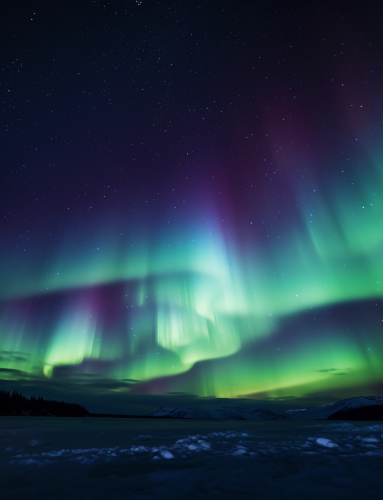
Have you ever been curious about the wonders of our skies? Or wanted to observe star constellations and phenomena like the Northern Lights without the interference of light pollution? This is your chance!
Join us for an Astronomy Sailing in 2024 and experience a unique blend of natural beauty and astronomical exploration. Enjoy insightful lectures from astronomers and deepen your understanding of the universe.
Learn from our experts from the Royal Astronomical Society
On our astronomy sailings, participants will have the opportunity to attend lectures from experienced English-speaking astronomers.
Meet our lecturers
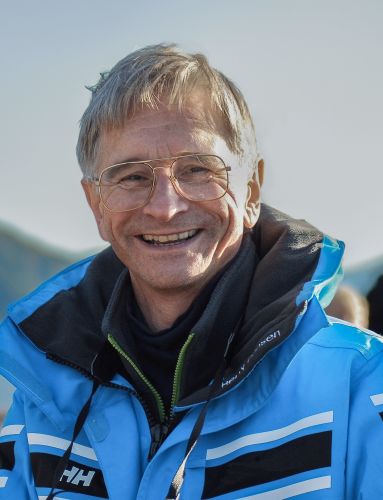
Ian Ridpath
Ian Ridpath is a respected writer and lecturer in the fields of astronomy and space, known internationally.
He serves as the editor of the esteemed Oxford Dictionary of Astronomy and has penned a popular series of night sky guides tailored for beginners. As a valued member of the Royal Astronomical Society’s outreach team, Ian has been guiding enthusiasts to witness the Northern Lights in Norway since 2010.

John Zarnecki
John Zarnecki is a distinguished English space scientist.
Zarnecki's expertise has not gone unnoticed; he has been awarded the Royal Astronomical Society's Gold Medal and has served as both its Vice-President and President since 2016. He has held notable positions, including Director of the International Space Science Institute in Switzerland and Professor of Space Science at the Open University. With his extensive involvement in significant space probe missions, he is a leading authority on space debris, cosmic dust, and impacts.
Note that each lecturer will be present on different sailings (overview below).
2024 Astronomy Sailings
Secure your spot for only £250 | €291 | $303 on one of the sailings listed below by choosing it as an add-on service during the booking process for your trip. *All dates refer to departures from Bergen.
Havila Capella — 1 Feb
Ian Ridpath
Welcome to Norway: Introduction to the voyage and an insight into what lies ahead on your journey.
Fantastic Northern Lights: Wonders of the auroras – exploring their visual splendor, associated legends, and the science behind them.
Stories of the Stars: constellations, their significance in myths, art, and positions in the night sky.
When We Walked on the Moon: The Apollo missions
The Planets: Our neighbour worlds in space
Comets, the Ghostly Wanderers: Learn about comets and their voyages through the cosmos.
Eclipses of the Sun and Moon: Understand the dynamics and importance of both solar and lunar eclipses.
Book voyage
Havila Polaris — 2 March
Professor John Zarnecki
The Northern Lights – What, Why, and When: Exploring the wonders of the aurorae, the science behind them, the associated mythology, and anticipated observations.
Are We Alone? Life in the Universe: This is arguably the biggest question faced by science today. Current attempts to search for extraterrestrial life and prospects for finding ET will be described.
Titan – The Moon That Thinks It's a Planet: Titan, Saturn’s largest moon and the second largest in the Solar System, is one of its most exotic. With lakes and seas, an atmosphere, weather, and possibly even a subsurface ocean, current and future ground- and space-based explorations will be described.
Spacecraft I Have Known and Loved: Personal reflections from a 40-year career as a 'Rocket Scientist.
Red Giants, White Dwarfs, Clusters, and Other Strange Cosmic Creatures: The sky is full of strange and exotic objects, many visible to the naked eye or with small binoculars. Some of these different types of objects will be described.
Comets – From Mythology to Reality: In the last 40 years, spacecraft have been sent to comets, landed on one, and even returned some cometary dust to Earth. What have we learned about these enigmatic objects?
What Happens When Space Goes Wrong: Spacecraft are remarkably reliable, but sometimes things go awry. Some of the most infamous failures in space exploration will be discussed.
Havila Polaris — 30 Oct
Welcome to Norway: An introduction to the voyage and an insight into what lies ahead on your journey.
Fantastic Northern Lights: The wonders of the auroras – exploring their visual splendor, associated legends, and the scientific explanations behind these natural displays.
Stories of the Stars: The constellations, their significance in myths, art, and their positions in the night sky.
The Planets: Our neighbour worlds in space
Comets, the Ghostly Wanderers: Learn about comets and their intriguing voyages through the cosmos.
Havila Capella
See the lecture topics.
Welcome to Norway: An introduction to the voyage and an insight into what lies ahead on your journey. Fantastic Northern Lights: The wonders of the auroras – exploring their visual splendor, associated legends, and the scientific explanations behind these natural displays. Stories of the Stars: The constellations, their significance in myths, art, and their positions in the night sky. When We Walked on the Moon: The Apollo missions The Planets: Our neighbour worlds in space Comets, the Ghostly Wanderers: Learn about comets and their intriguing voyages through the cosmos. Eclipses of the Sun and Moon: Understand the dynamics and importance of both solar and lunar eclipses. Furthermore, you'll be treated to a talk on astronomically significant world heritage sites, titled “From Stonehenge to Jodrell Bank”.
Havila Polaris
Are We Alone? Titan – the Moon that thinks it’s a Planet Spacecraft I have Known and Loved Red Giants, White Dwarves and other Strange Cosmic Creatures
*Due to time limitations, lectures will not be held during Havila Voyages’ stay in Tromsø or on the transition day in Kirkenes.
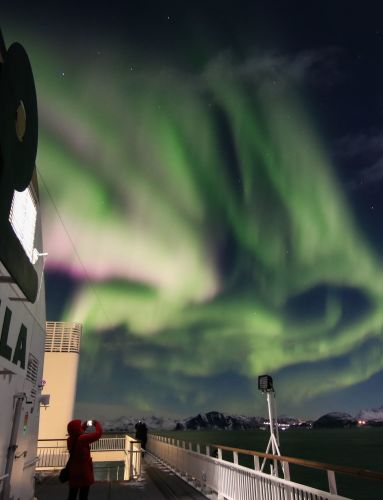
Northern Lights Promise
Catch the best and brightest Northern Lights this season with Havila Voyages.
From 1 October to 31 March, we promise that you will witness the Northern Lights on the Bergen-Kirkenes-Bergen round trip.
Learn more about the Northern Lights Promise

In Norwich, CT. Come experience this unique Event! March 16 and 23/2024

Buy tickets for our 2024 season event.
New bedford, ma 02740 gloucester, ma..

We are selling half-price tickets for the Camping & Concert 2024 located in the amazing Catskill Mountains! Grab your today before they are gone!

One of life's amazing experiences!

NEW YORK FULL MOON CRUISE & CONCERT 2024

Connecticut Stargazing
Scotland vineyard ct.

SUNSET BOAT CRUISES!
Location: main st, gloucester, ma..

WHAT PEOPLE SAID LAST YEAR?

Hurtigruten Expeditions is now HX!
- Inspiration
Bergen - Kirkenes - Bergen
Expert-led Astronomy and Northern Lights Voyage
Departure Dates
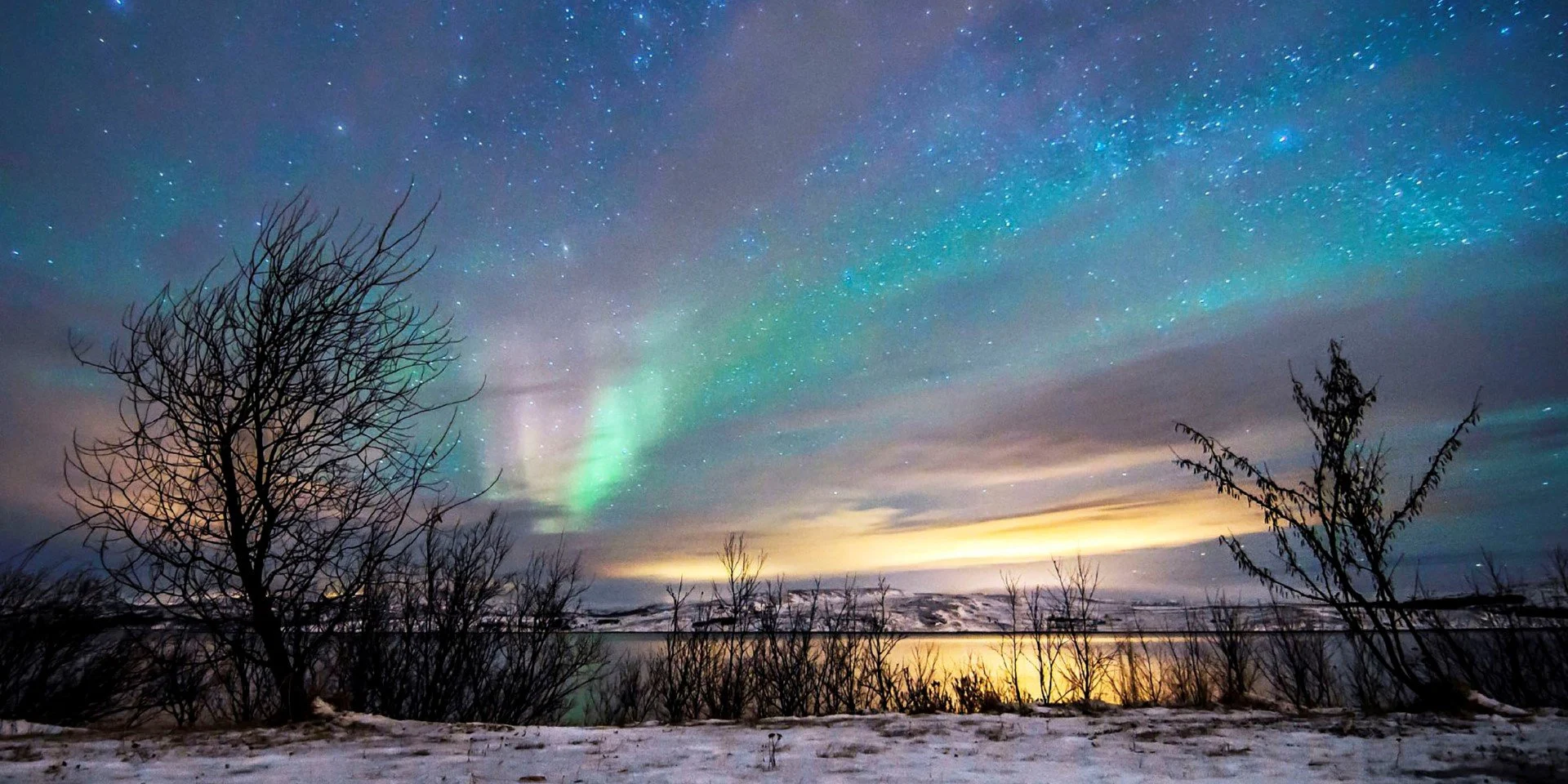
Voyage overview
Get unique insight and knowledge about the Arctic sky and the greatest light show on Earth, the Aurora Borealis, on this popular voyage along the beautiful Norwegian Coast. This unique voyage is accompanied by special lecturers - experts on astronomy and expeditions to see the Northern Lights .
Through the series of lectures and a guided tour of the night sky from the deck of the ship, your lecturer will bring our galaxy’s stars, planets and meteors closer whilst also exploring the numerous myths and legends linked to the constellations in our skies.
Discover more about the magical Northern Lights, the Arctic sky and the solar system with our onboard lectures from renowned astronomers; Dr John Mason, Tom Kerss, Sadie Jones and Darren Baskill.
Enjoy an exclusive visit to the Northern Lights Planetarium in Tromsø with our astronomy experts.
Voyage along Norway's coast under the dancing skies of the Northern Lights, visiting 34 ports, more than 100 fjords and 1,000 mountains.
Northern Lights Promise – see the Northern Lights or we’ll give you a FREE 6 or 7-day cruise for the next Northern Lights Season – T&Cs apply.
You have the option to book this voyage with or without flights.*
The day-by-day programme will give you some ideas about what you can see during your voyage, but bear in mind that this itinerary is just an indication. After all, this is a sailing where the elements rule and weather conditions might vary.

All Aboard!
Your astronomy adventure begins in Bergen, the cultural gateway to the fjords and the second-largest city in Norway. If you’ve time before your ship departs, visit the UNESCO-listed wharfs of the colourful Bryggen district with its artisan shops and cobblestone streets. Just across the street is the famous Fish Market which serves delicious seafood or venture to the Fløibanen funicular which whisks you up Mount Fløyen for breath-taking views of the city.
Make yourself at home onboard the ship and enjoy the relaxed ambience, taking the opportunity to meet your fellow guests and astronomers.

A day for masterpieces
Arrive at the Art Nouveau town of Ålesund, renowned for its stunning and picturesque architecture. Take time to explore the city and its rich Norse history or visit Atlanterhavsparken, one of the largest saltwater aquariums in Northern Europe. You can also make your way up to small Mount Aksla for a panorama of the town and its picturesque position surrounded by islands.
In the afternoon, we reach the port of Molde and the amazing view of 222 mountain peaks across the fjord, called the ‘Molde Panorama’.

The Royal City of Trondheim
As we journey north, we reach the medieval city of Trondheim, a vibrant mix of historic civic architecture and a bustling student population. Nidaros Cathedral is considered one of the most sacred buildings in all of Norway and rightly nicknamed ‘Norway’s Notre Dame’. Whilst here, take the time to visit the Archbishop’s Palace to view Norway’s crown jewels.
Not far from Nidaros Cathedral is Gamle Bybro, a charming wooden bridge that sits over River Nid and marks the entrance to the old Hanseatic district of Bakklandet. This neighbourhood features colourful wooden wharves that stand on stilts and host some of the city’s most trendy eateries, making Bakklandet a key destination for all foodies.

Welcome to the Arctic!
In the early hours of the morning, the ship crosses the Arctic Circle and enters the Arctic. Join us out on deck to mark the moment with a traditional ceremony that will be sure to wake you up fully! Above the Arctic Circle, your chances of spotting the majestic Northern Lights increase.
As we call into the northern city of Bodø, gaze up at the snow-capped Børvass peaks before experiencing the fabulous street art this city has to offer. From here, we continue across the Vestfjord and towards the Lofoten archipelago which greets you with the stunning sight of the 1,000 metre-high Lofoten Wall.
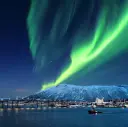
Expand your Northern Lights knowledge
Welcome to the historic Arctic exploration capital of Tromsø, a hive of culture, history and Northern Lights knowledge.
Today you will visit the Science Museum of Northern Norway, learning more about the Northern Lights through a range of exhibits and installations. As part of this trip, you’ll stop at The Planetarium and its full-dome ceiling offering 360-degree views and high-quality digital projectors showing daily films about 'Experiencing the Aurora' and the constellations. Our expert astronomers will be joining you on the trip so make sure to ask them lots of questions!

The Northern Lights and the North Cape
As we reach Honningsvåg, at the top of the European mainland, be sure to visit the globe monument at the North Cape. This is a popular excursion, so make sure you book early!
From Honningsvåg, look out for the striking rock formation called Finnkirka near the entrance to Kjøllefjord village. The building-like pillars were once an ancient sacrificial site for the indigenous nomadic Sámi people who still inhabit and herd reindeer in the region today. As we continue north towards Kirkenes, we sail past Slettnes Lighthouse, the northernmost lighthouse in continental Europe.

To the top and back again
By breakfast, we will have reached the top of Norway and the town of Kirkenes, situated just a few kilometres from the border. It is at this point of our coastal voyage that we turn and return south. The ports we visited at night are now seen during the day for a full Norwegian coastal experience.

Once the northernmost town in the world, (before Longyearbyern, Svalbard) Hammerfest is a key destination for Astronomy lovers and outdoor enthusiasts. Be sure to trek up Mount Salen, for views over the town and picturesque landscapes. You can also take a moment to see the UNESCO-listed Meridian Column which commemorates the first-ever measurement of the globe.
As we sail, keep your eyes open for the Northern Lights, but you might also spot pods of Orcas and Humpback Whales migrating to these waters to feed on herring.

Welcome to Lofoten
Passing through the legendary Lofoten and Vesterålen archipelagos, the ship negotiates an intricate network of inlets and isles through one of the most beautiful stretches of the Norwegian coast. From here, the coastal landscape changes from rolling hills to soaring mountains.
Along this stretch of coastline is where The Hurtigruten Coastal Express story began, in the coastal town of Stokmarknes in 1893. Don’t miss the newly opened Hurtigrutemuseet in Stokmarknes, a museum dedicated to The Coastal Express housed in the full-sized and fully restored ship MS Finnmarken from 1952.


A date with the Seven Sisters
Leave behind the magic of the Arctic Circle and head towards the ports of Bodø and Ørnes. Marvel at the Seven Sisters mountain range where local legend has it seven beautiful troll princesses, fleeing from an unwanted suitor, got caught out as the sun rose, turning them into the seven beautiful mountains you see today.
The landscapes will continue to amaze you! Don’t miss views of the Torghatten Mountain, with its distinctive hole right through the centre. There is a local legend as to why and how this mountain came to have such a hole. Make sure you ask your Coastal Experience Team about it!

The old cities and the sea
An early morning arrival in Trondheim will give you time to further explore the city and discover any sites you might have missed on the northbound section of the journey. Some insider advice: treat yourself to a barista-brewed coffee and Nordic patisserie in one of the many cafés in the Bakklandet district before walking up to Kristiansten Fort for great views over the city.
In the afternoon, we dock at Kristiansund, a quaint harbour town spread over three islands. Meander along the cobbled streets of the old town and be sure to sample the local delicacy of klippfisk, salted cod that’s dried on the surrounding cliffs.

The final chapter of the fairytale
A few nautical miles are left between you and Bergen today as your Astronomy Voyage draws to a close. Before we say our goodbyes, we voyage across the mouth of Sognefjord, the longest and widest fjord in the whole of Norway.
As we arrive in Bergen, it’s time to say goodbye to the Captain, crew and astronomers who have accompanied you on this unique voyage along Norway’s spectacular coastline. However, if you aren’t ready to leave Norway just yet, there are plenty of extension options that will make your trip that extra bit more special.
We have several ships in the fleet that we travel with.
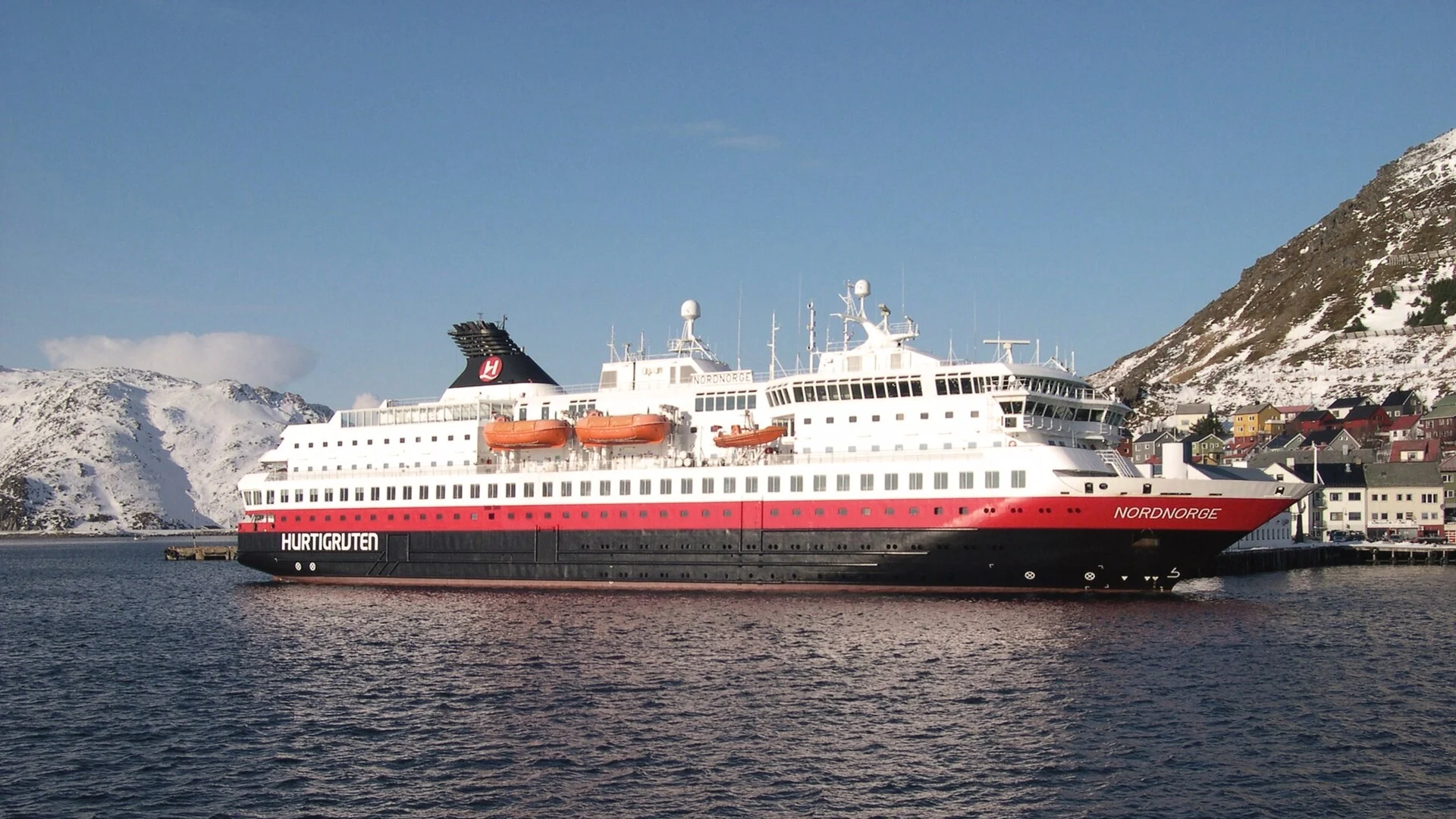
MS Nordnorge
MS Nordnorge is aptly named for northern Norway, most of which lies above the Arctic Circle.
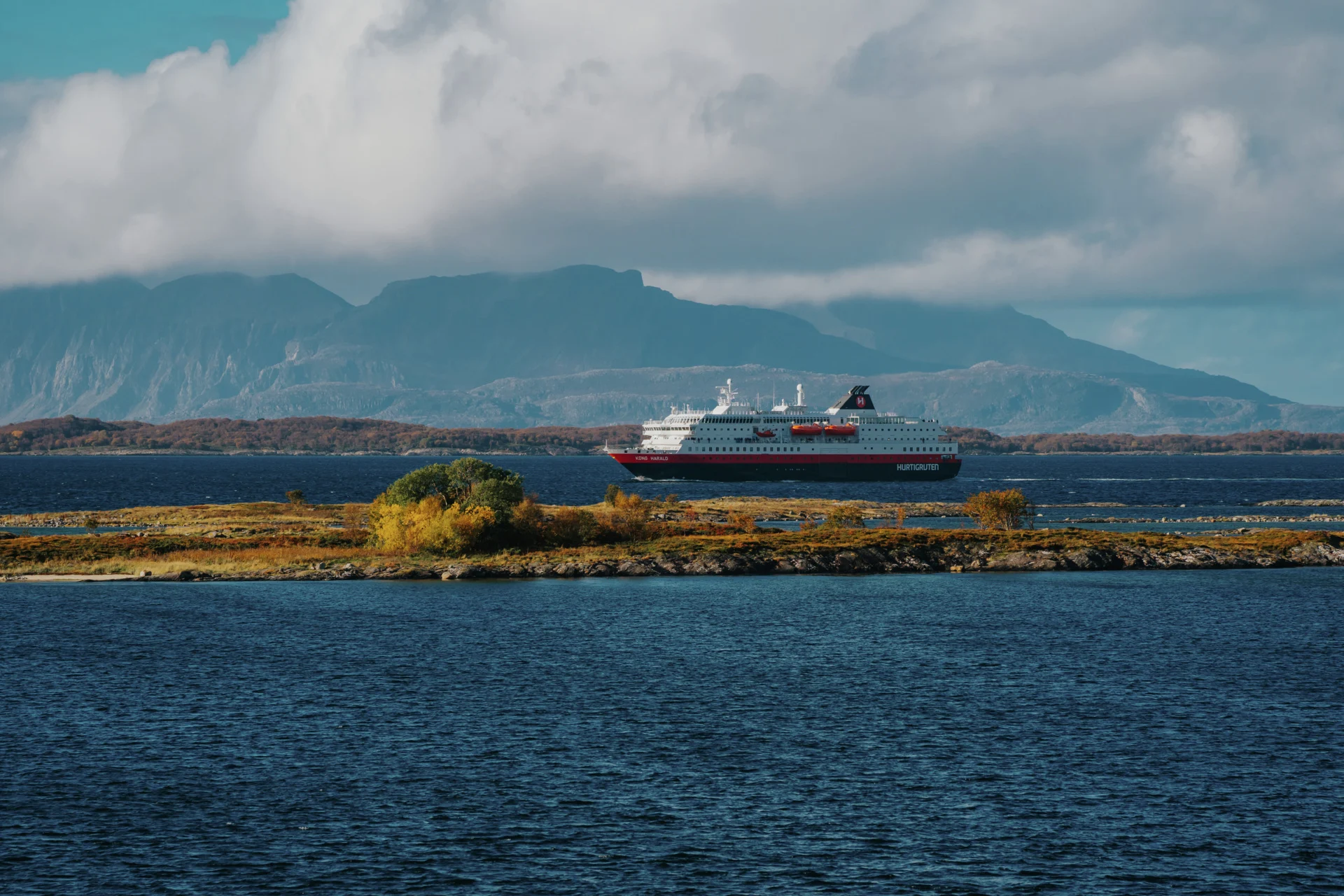
MS Kong Harald
Norway’s reigning monarch, a seasoned sailor, lends his name to this remarkable hybrid vessel.
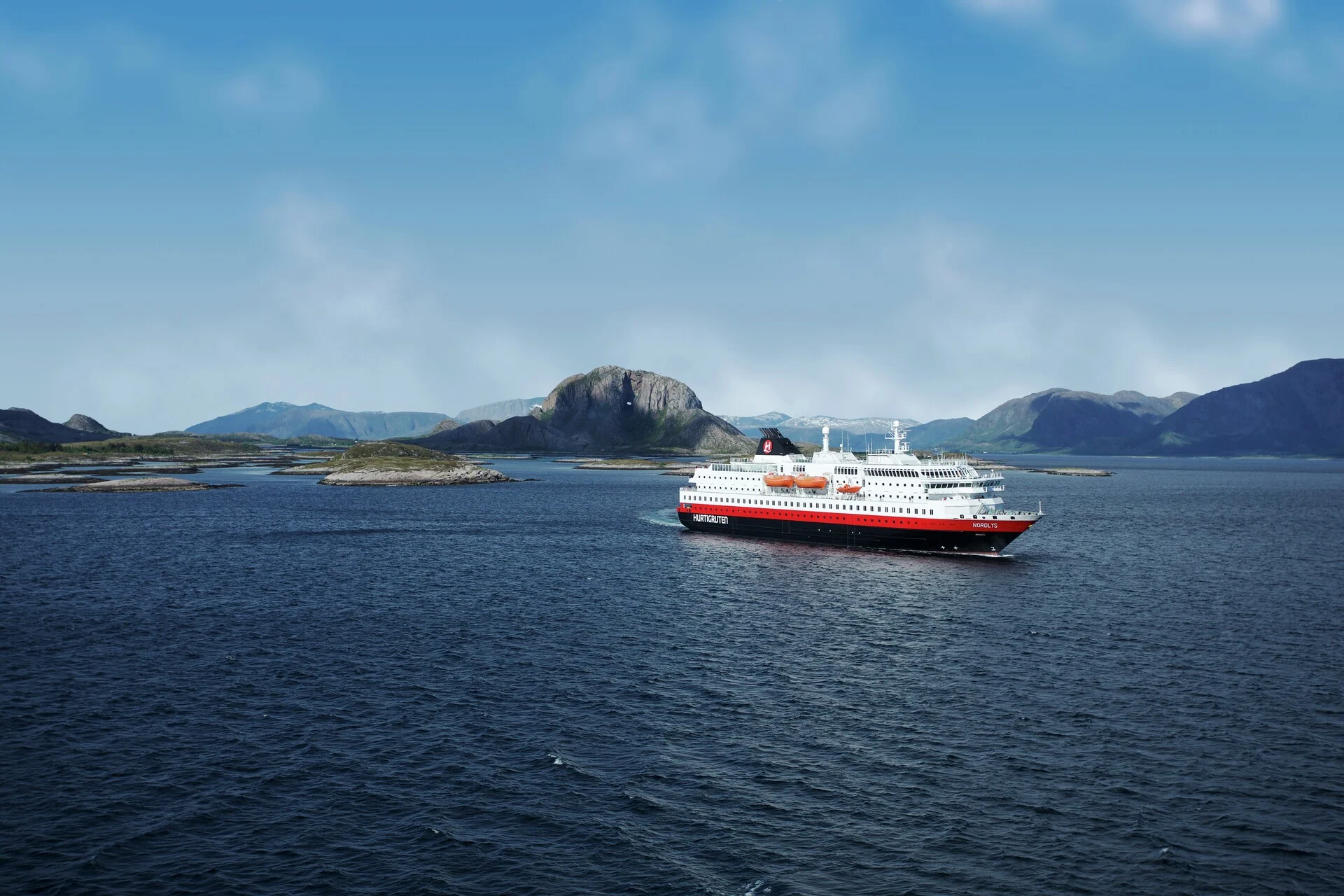
Both the name and the interior design of this modern ship are inspired by the spectacular Northern Lights.
About your trip
What's included.
12 day Bergen - Bergen Roundtrip Voyage in the cabin grade of your choice
Full-board (breakfast, lunch and dinner)
English speaking tour leader on board
Tour Manager and lectures from a renowned astronomer
Exclusive excursion to the Planetarium in Tromsø
Your lecturers on board:
28 September 2024 | 23 January 2025
The world's first Chief Aurora Chaser, Tom Kerss F.R.A.S. is an astronomer, astrophotographer, author and consultant. Having previously worked at the Royal Observatory Greenwich, he is the founder of Stargazing✦London, which delivers world-class online astronomy courses. Tom has authored numerous best-selling astronomy books for adults and children, including Northern Lights: The Definitive Guide to Auroras, which offers a complete introduction to nature's most magical sky-illuminating phenomenon.
Interview with Tom Kerss
Dr John Mason, MBE
23 September 2024 | 27 October 2024 | 21 February 2025
An Applied Physicist by profession, Dr John Mason is currently the Principal Lecturer at the South Downs Planetarium in Chichester. He has been a Fellow of the Royal Astronomical Society since 1976, and is a full member of the International Astronomical Union. He has appeared many times with Sir Patrick Moore on BBC TV's 'The Sky at Night.'
Interview with John Mason
Dr Sadie Jones
25 November 2024
Dr Sadie Jones is the Astronomy Public Engagement Leader at the University of Southampton. In January 2020, she assisted members of the Space Environment Physics group on an expedition to Svalbard, Norway to observe the aurora and collect research data. She also runs talks and school workshops on aurora research to promote ‘The Aurora Zoo’, a citizen science platform where the public analyse short videos of aurora displays.
Dr Darren Baskill
23 March 2025
Dr Darren Baskill has over 25 years’ experience of organising and delivering public science events. He is a lecturer and outreach officer for the Department of Physics & Astronomy at the University of Sussex, and typically runs 100 outreach events each year for schools, colleges, and the public. He previously worked at the Royal Observatory Greenwich science centre and planetarium in London, where he initiated the highly successful Astronomy Photographer of the Year public competition and exhibition, and he was a calibration scientist for the European XMM-Newton space telescope at the University of Leicester before that. Darren is also a director of Ensonglopedia, a musical theatre company based in Lewes.
What's Not Included
Return flights and transfers - you can book these with Hurtigruten during the online booking process
Optional excursions
Luggage handling
Travel insurance
Flight dates and prices are subject to availability. Additional charges may apply, and extra overnight stays could be necessary. Please reach out to our customer center after booking to coordinate your flights.
Know before you go
- The Northern Lights
- FAQ: The Coastal Express
- Meet the team on our Coastal Express ships
- What to pack for a Norwegian cruise
Special Offers
There’s more than one way to sail with us and discover the many wonders of the Norwegian coast.
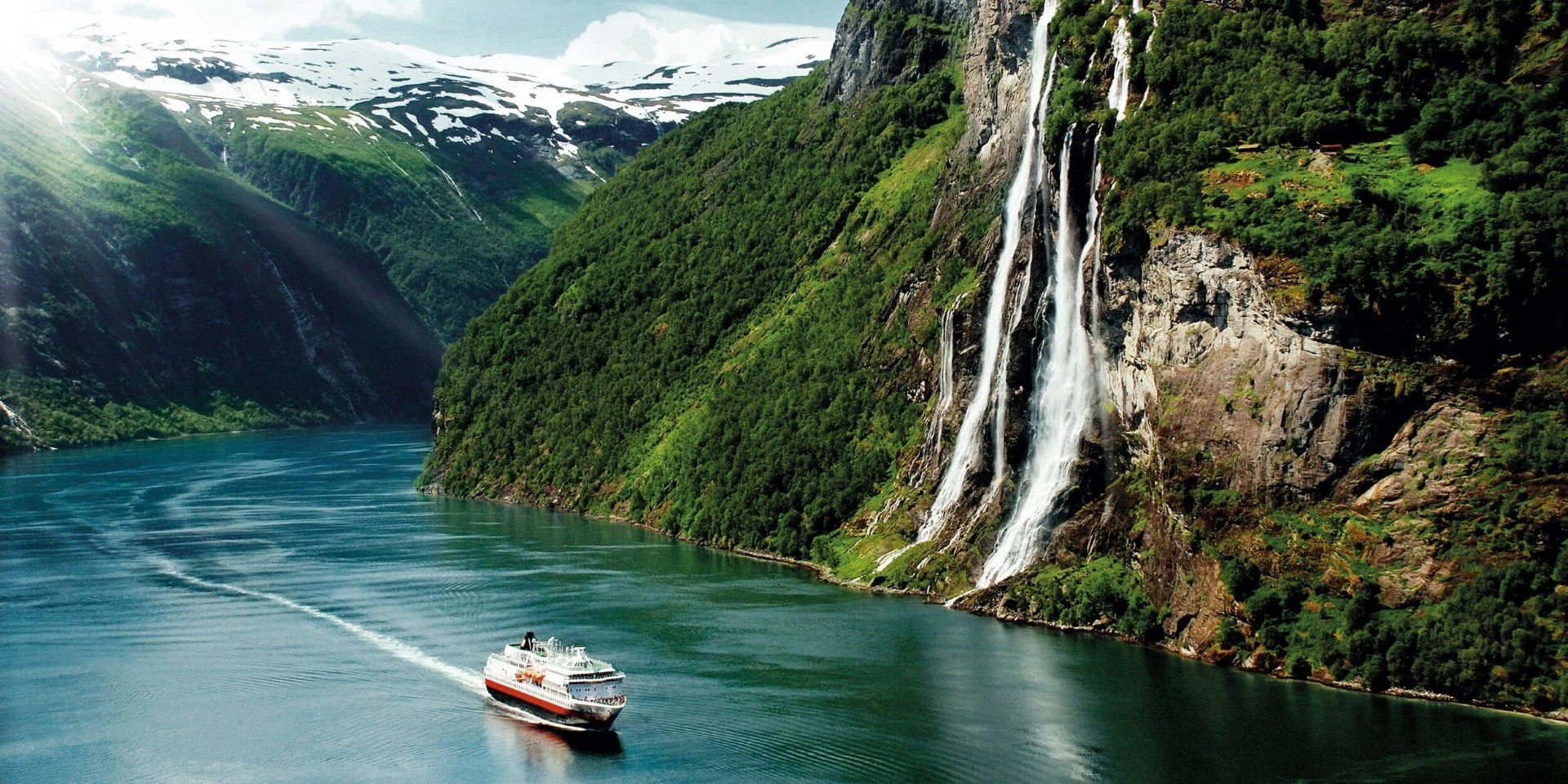
Original Coastal Voyages | Save up to 30%
Save up to 30% on our original coastal voyages with departures between 1st April 2024 and March 31 2025.
Optional Excursions
Explore your destination even further with our wide range of exciting excursions. The excursion programme presented is an indication of some of the excursions that may be available during your voyage.
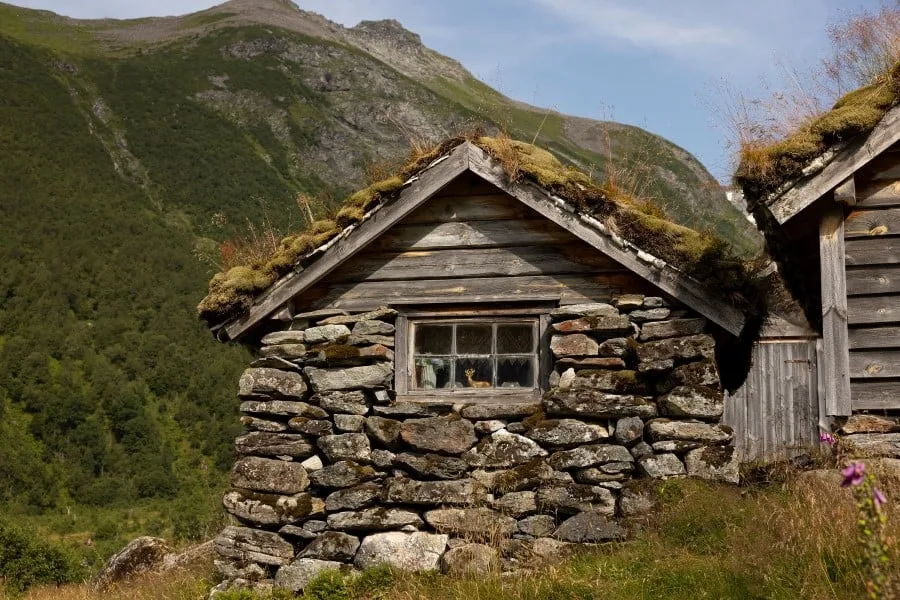
A Taste of Norway
Starts from
The Hjørundfjord
Autumn (Sep - Oct)
2 hours 15 minutes
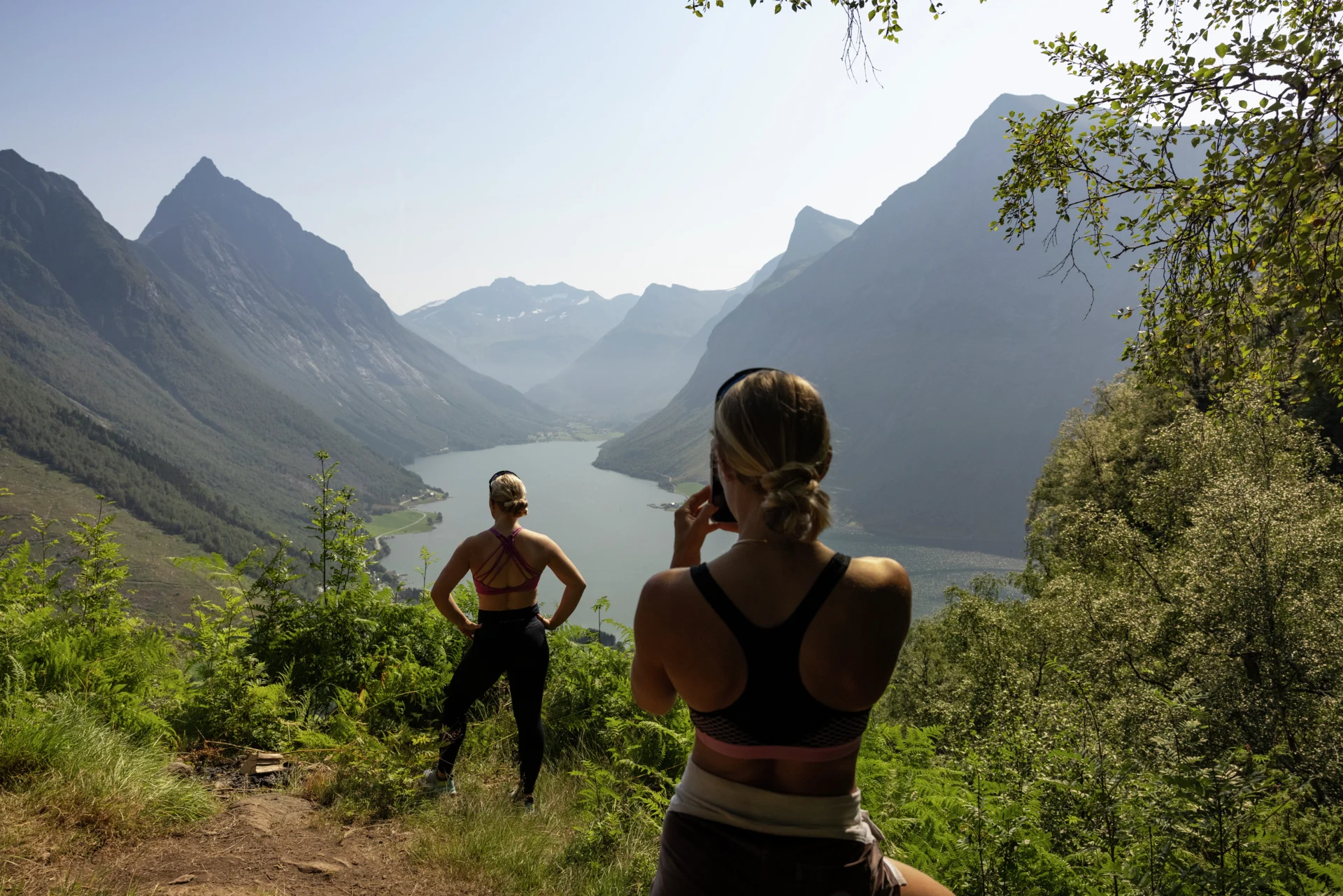
Mountain Hike in the Hjørundfjord
2 hours 45 minutes

Geiranger With Trollstigen Pass
The Geirangerfjord
Summer (Jun - Aug)
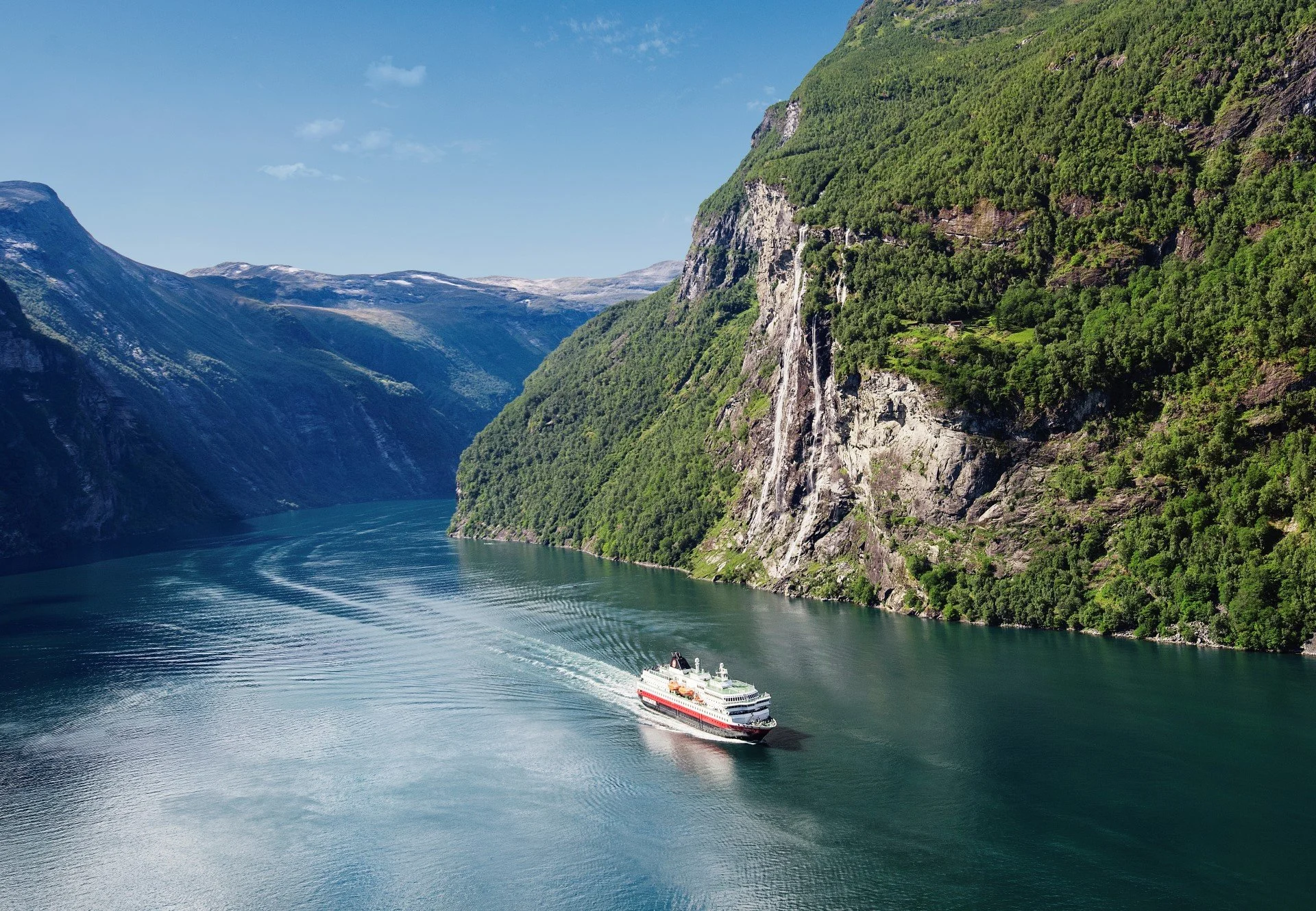
Hjørundfjord, Geiranger, and Ålesund
6 hours 30 minutes

Hike with a Visit to a Shieling
2 hours 45 minutes
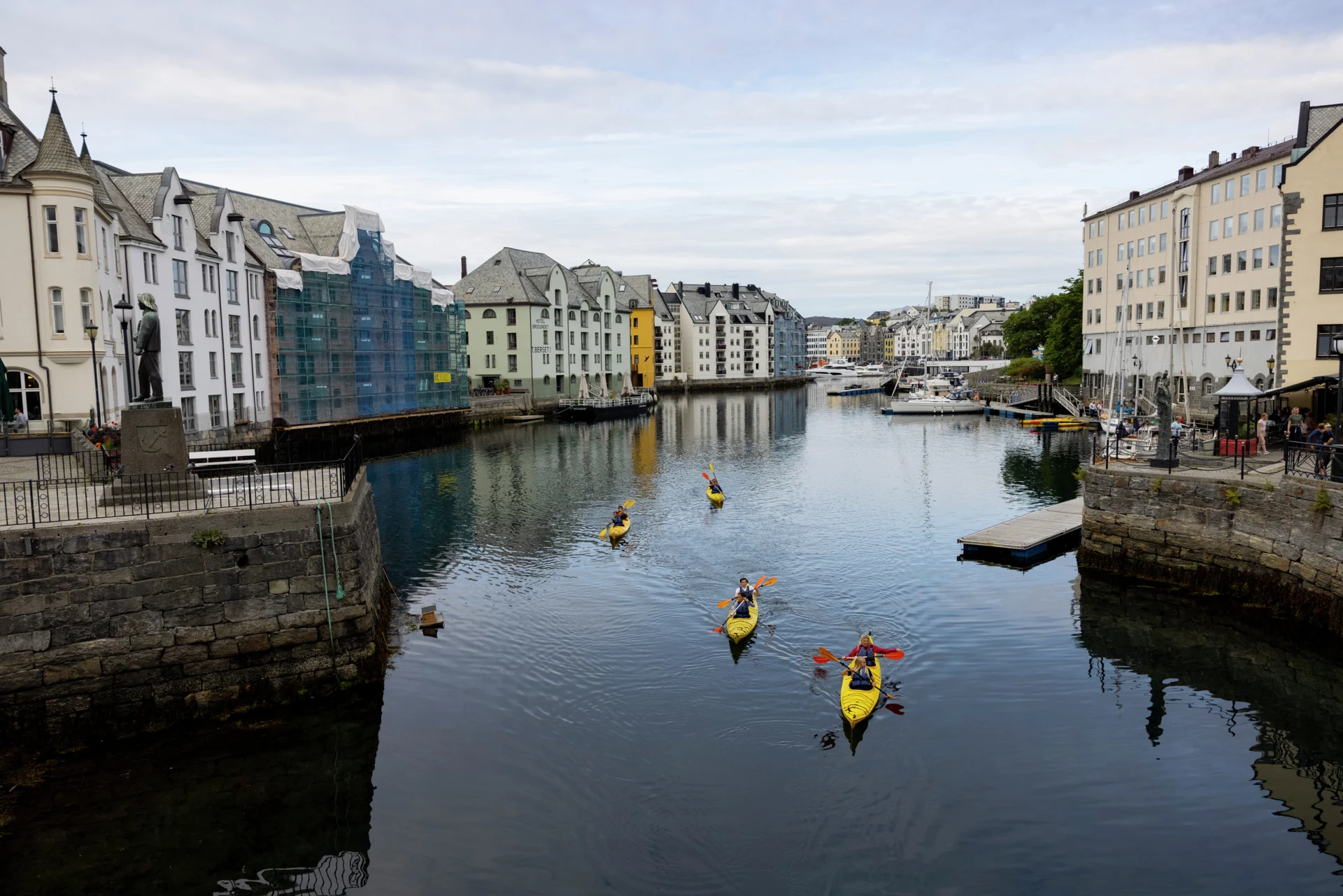
Kayaking in Ålesund
Spring (Apr - May), Winter (Nov - Mar)
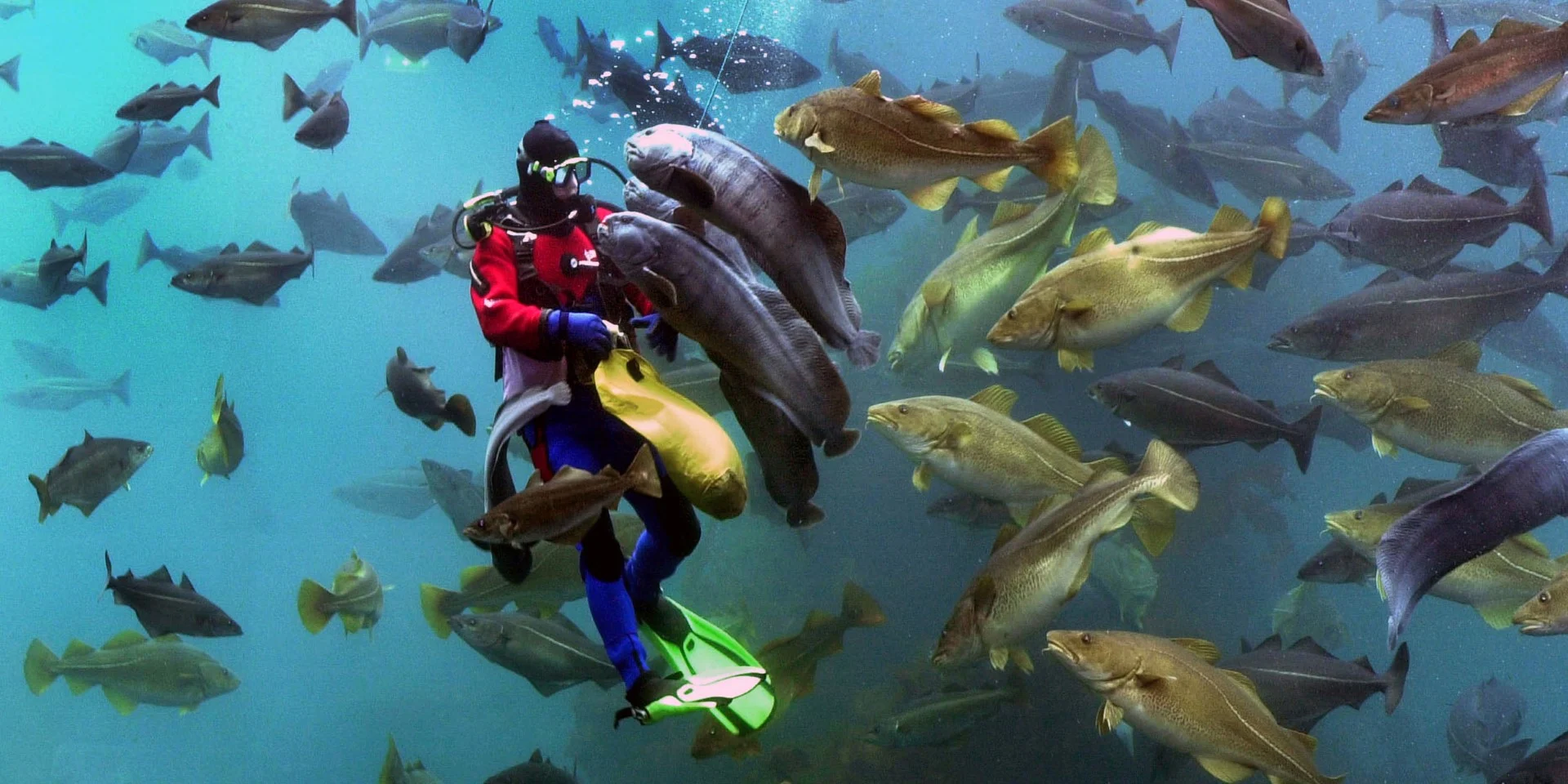
Atlanterhavsparken Aquarium and Mount Aksla
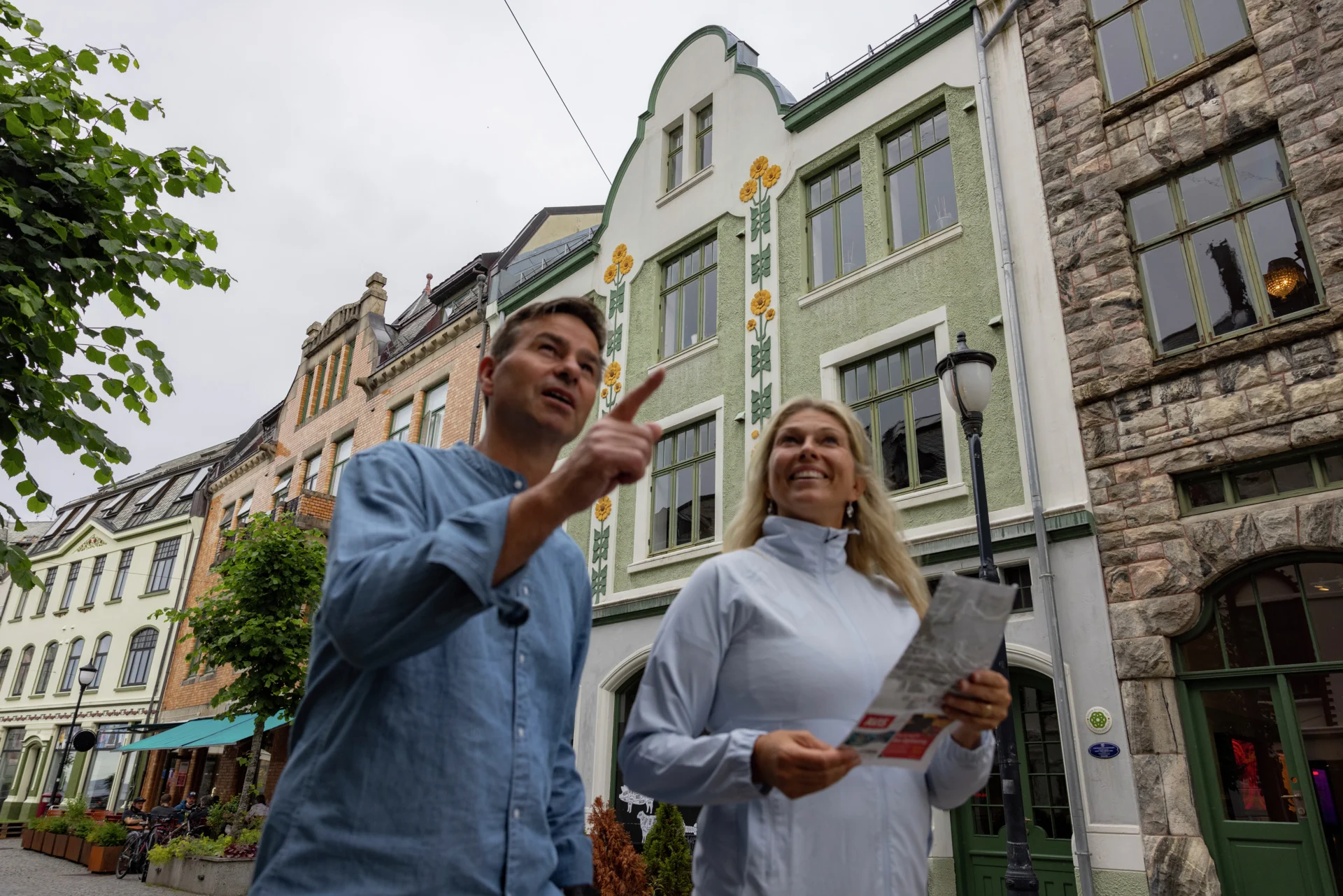
Art Nouveau Walk (Spring & Winter)
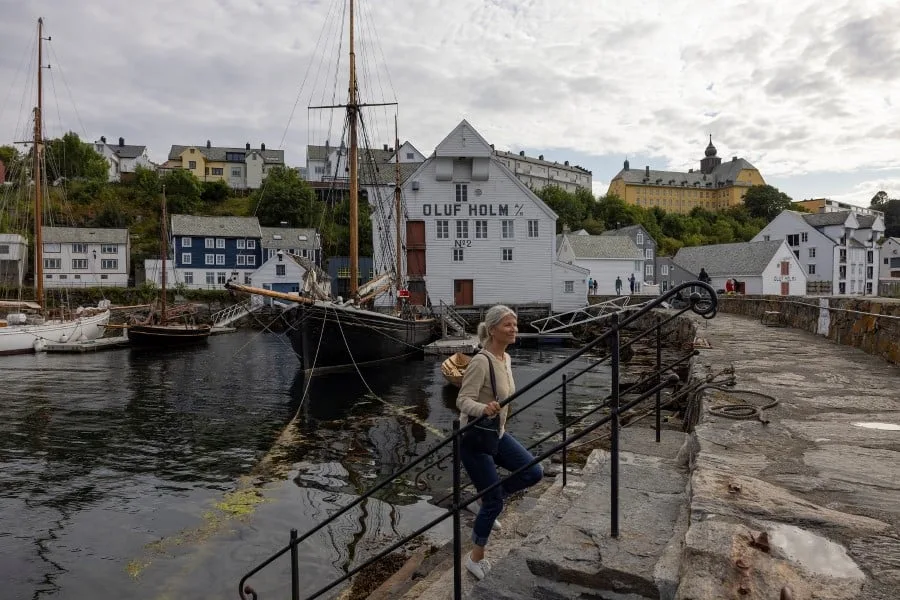
Art Nouveau Walk (Ålesund)
1 hour 30 min
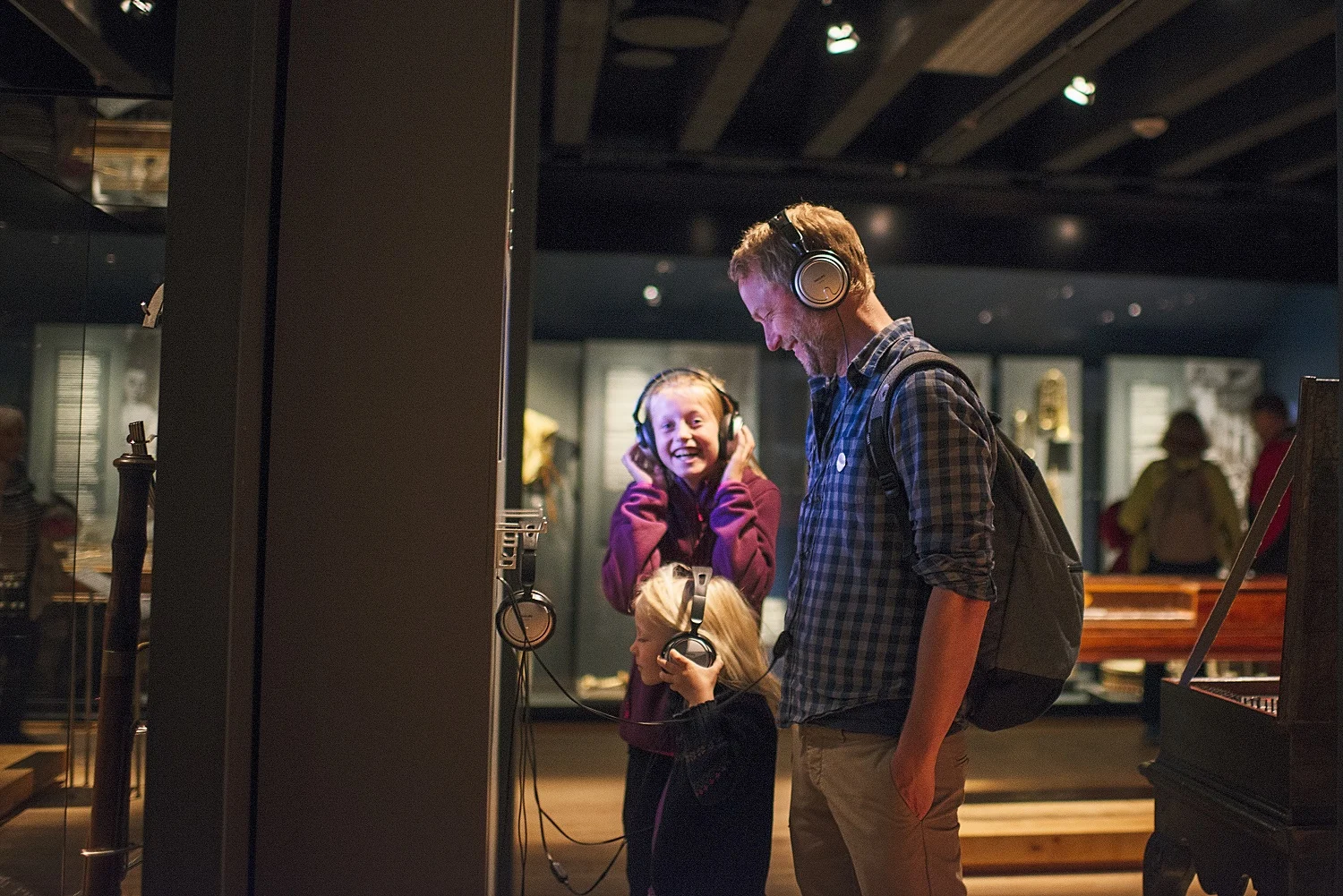
Nidaros Cathedral & Ringve Museum
Trondheim – Norway’s capital of technology
Spring (Apr - May), Summer (Jun - Aug)
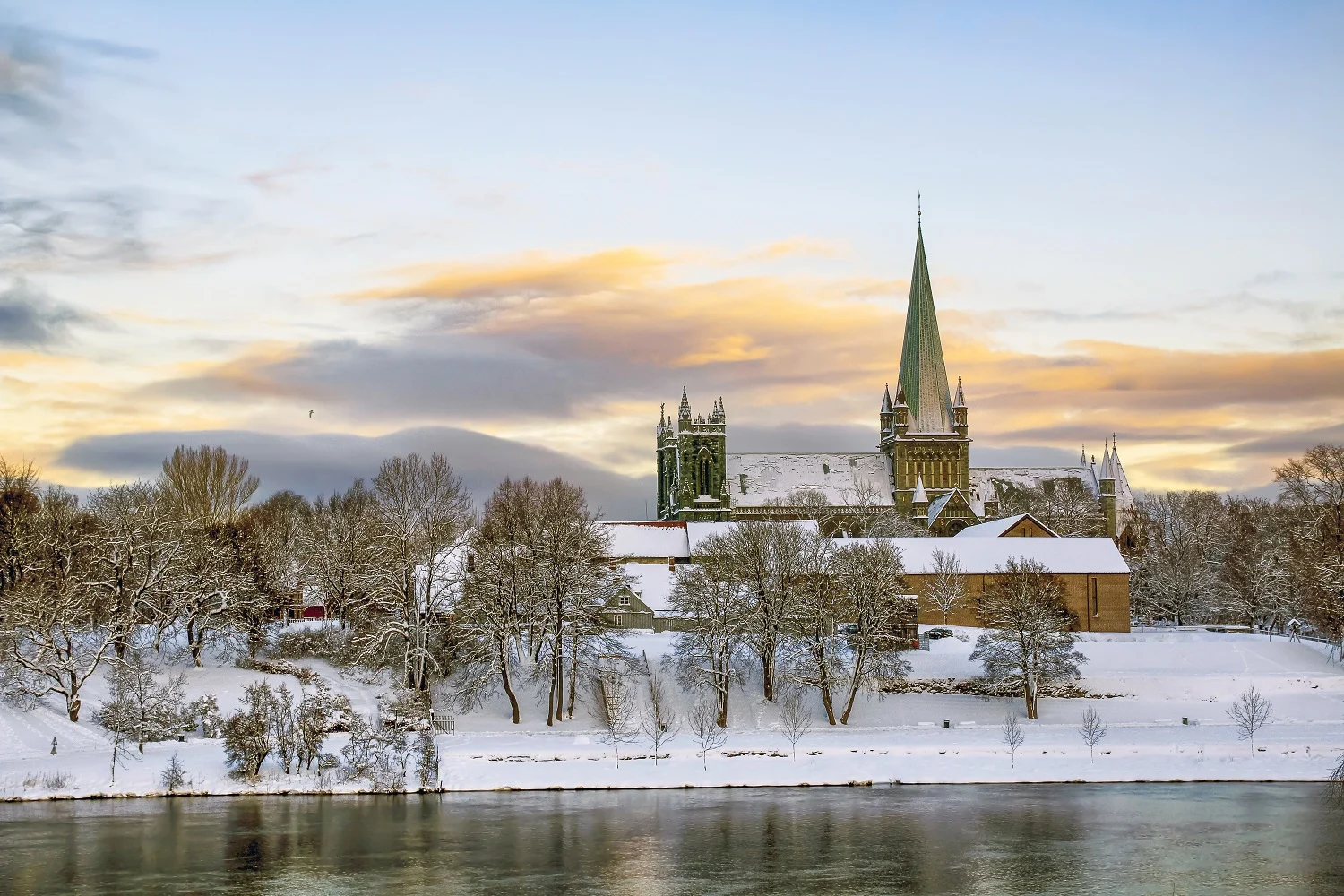
Trondheim with Nidaros Cathedral
Autumn (Sep - Oct), Winter (Nov - Mar)
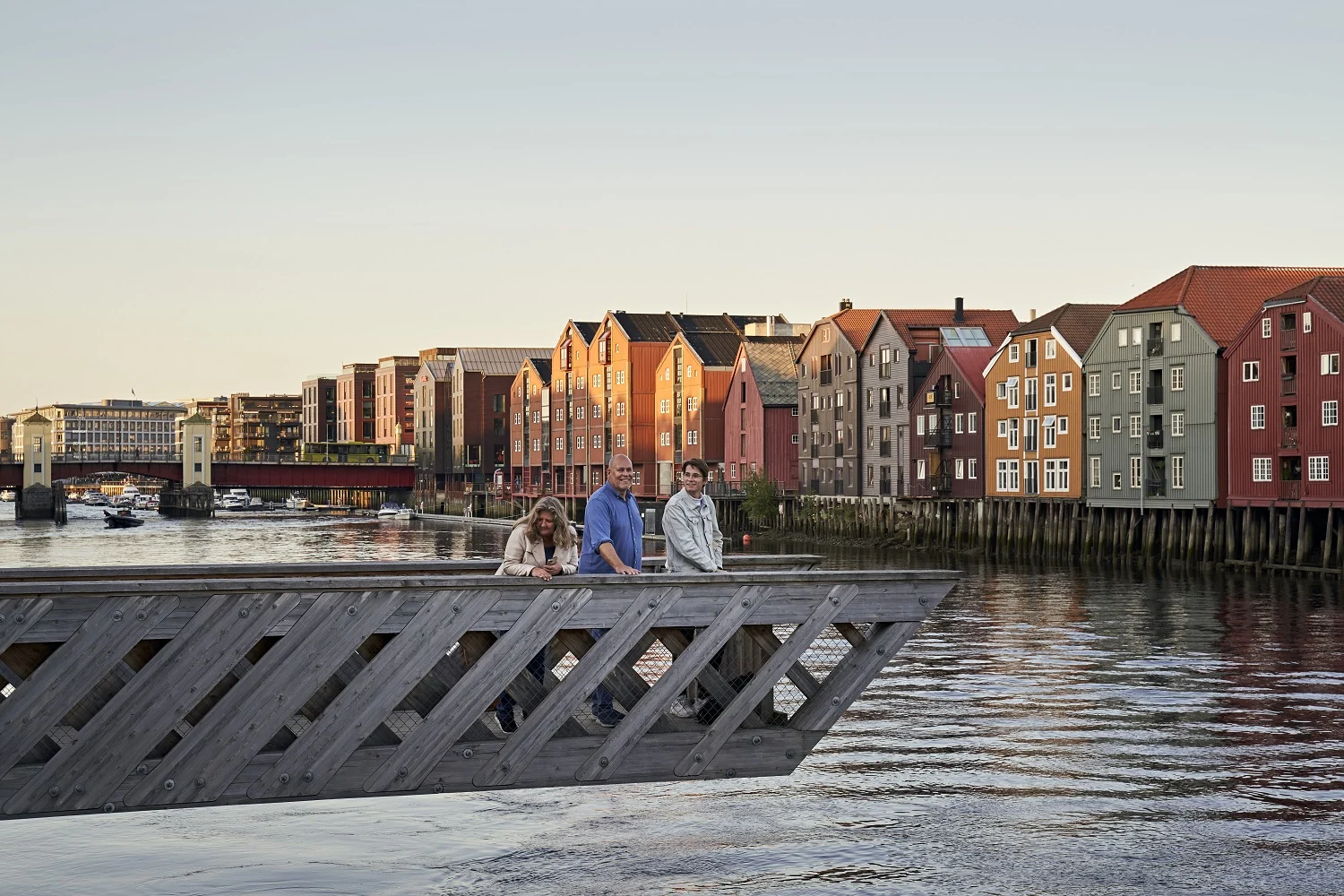
Trondheim City Walk

Cycling In Trondheim
Spring (Apr - May), Summer (Jun - Aug), Autumn (Sep - Oct)
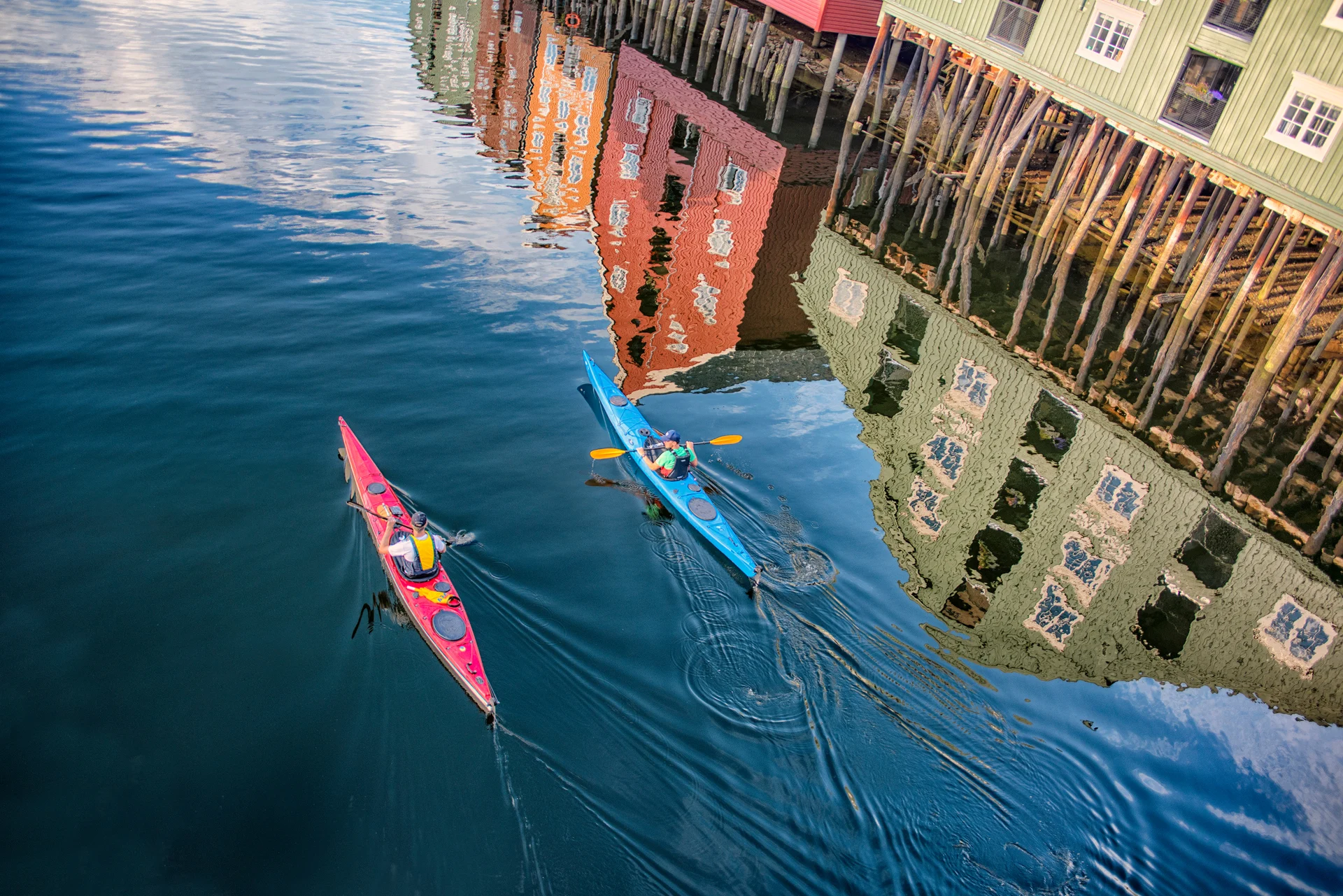
Kayaking on the River Nid
2 hours 30 minutes
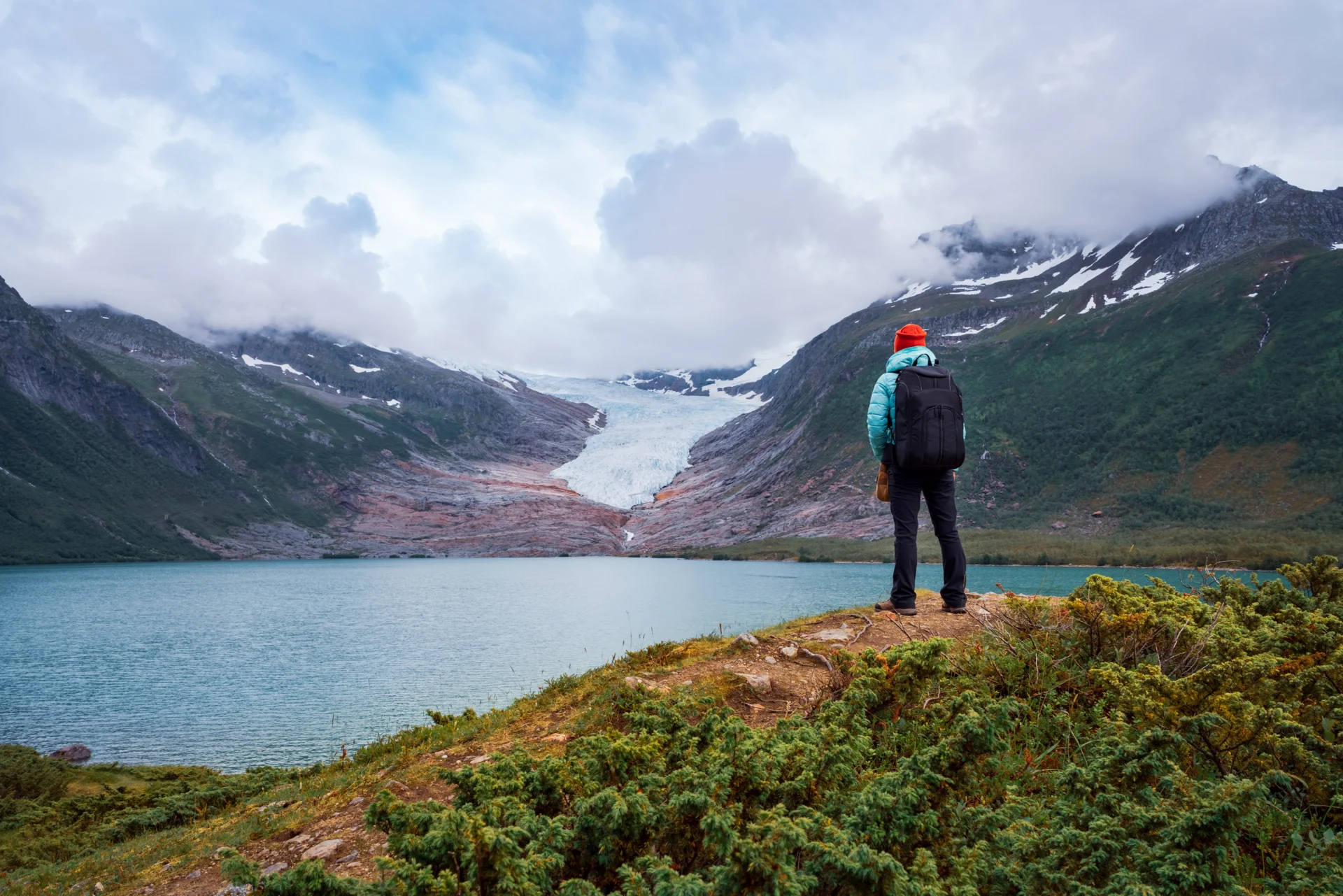
Svartisen Glacier
Ørnes – deep within the majesty of Helgeland
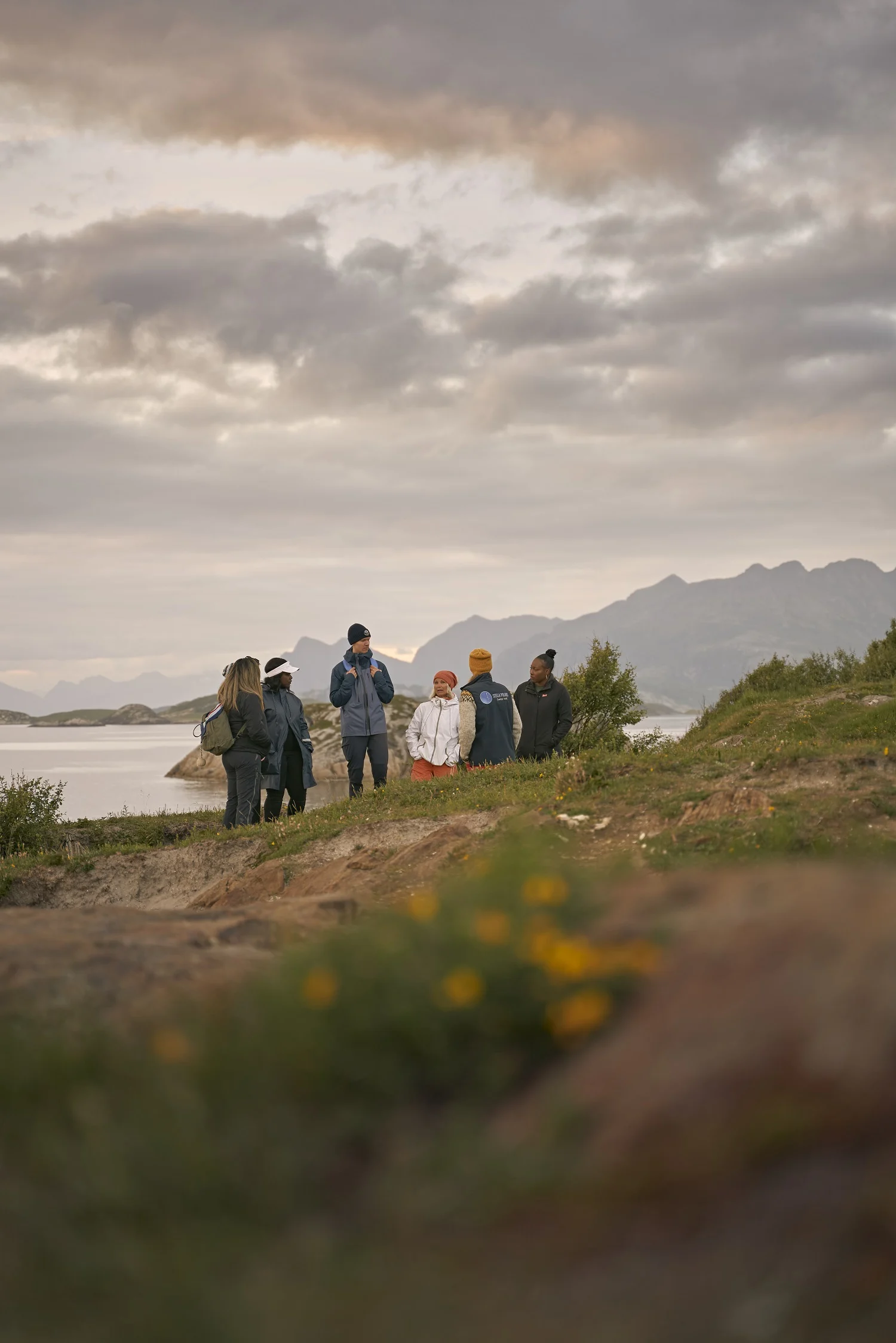
Arctic Coastal Walk
2 hours 10 minutes
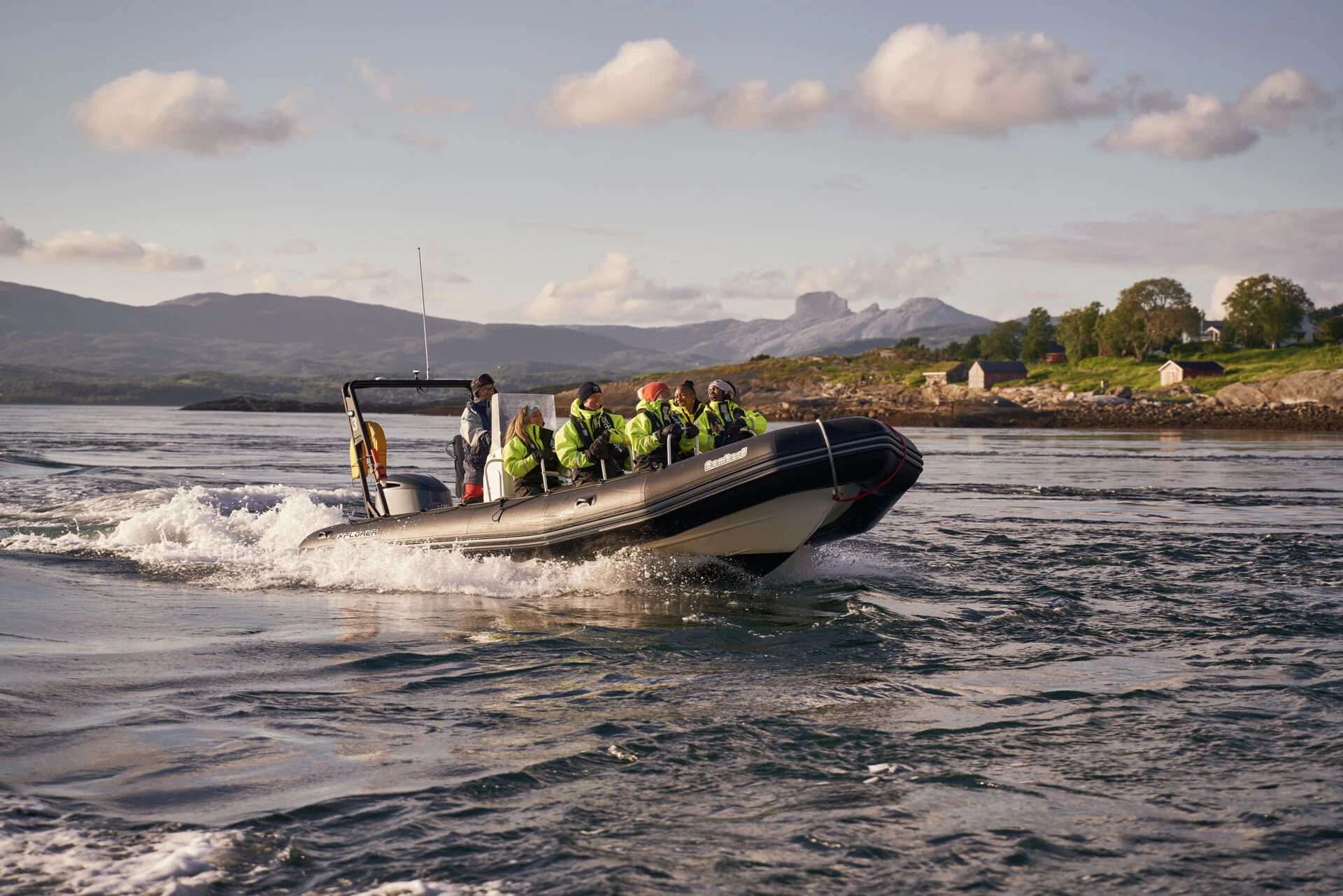
RIB Safari To Saltstraumen
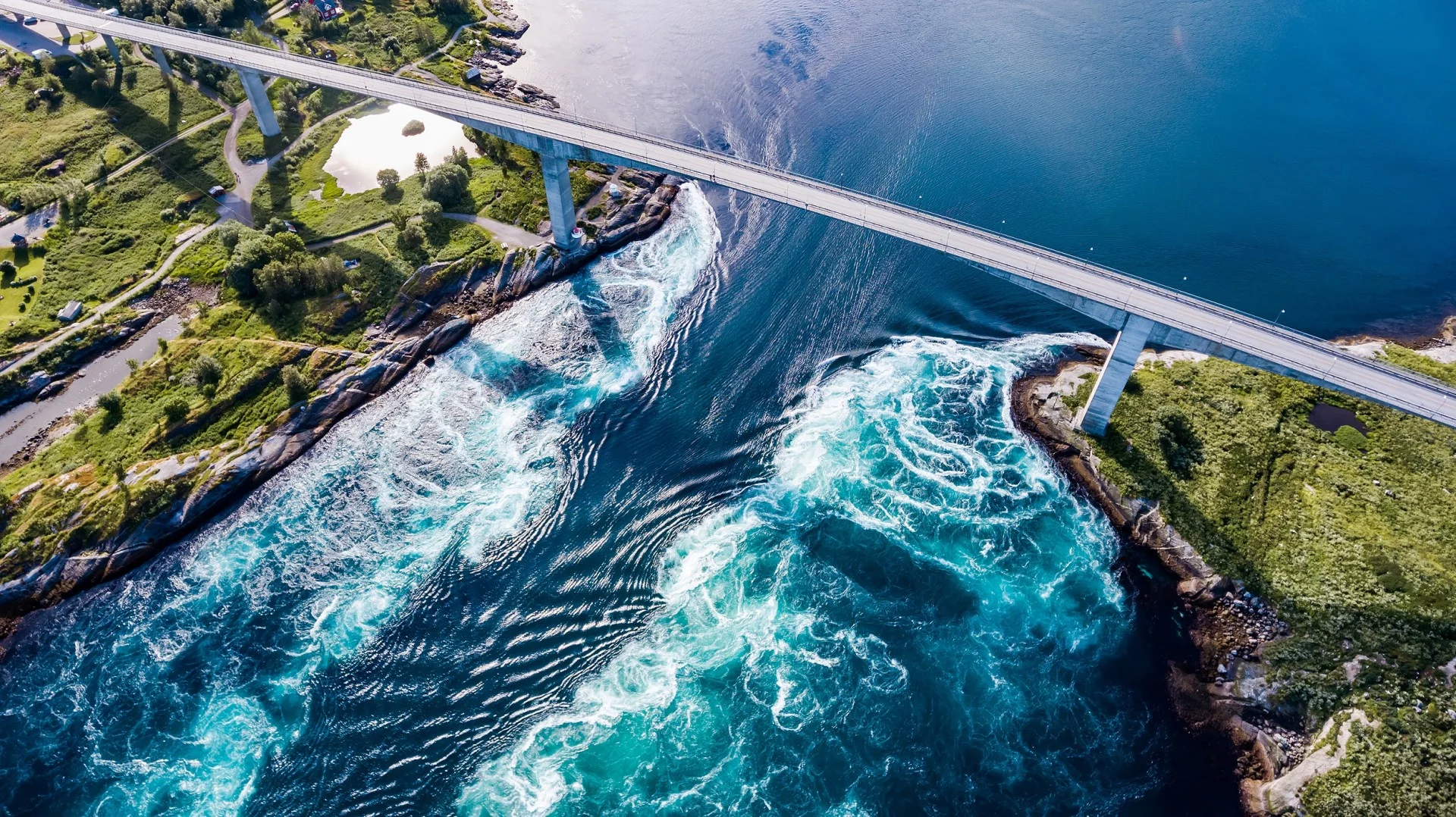
Experience Bodø and Saltstraumen
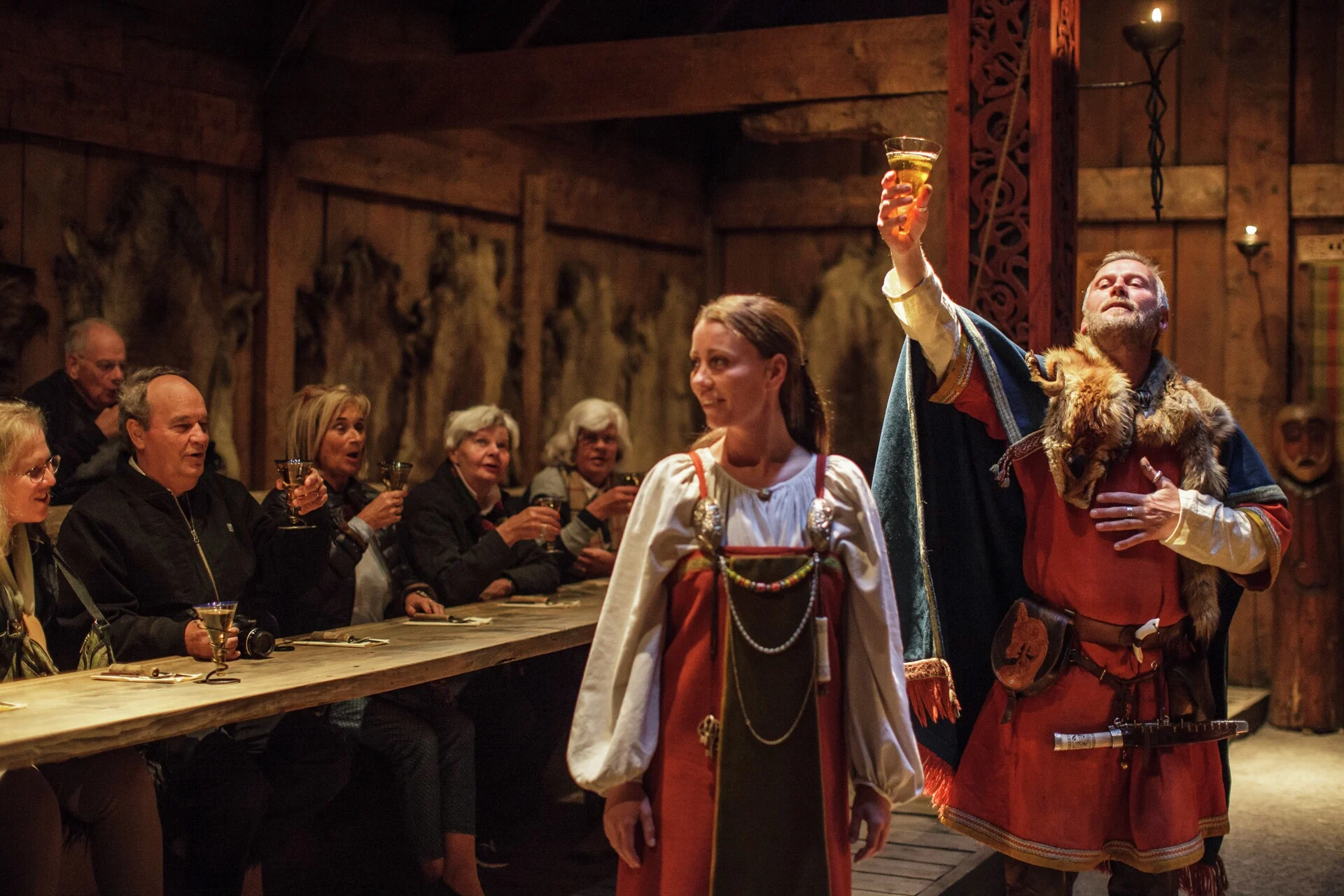
Meet the Vikings (Winter)
Stamsund – the essence of Lofoten
Winter (Nov - Mar)
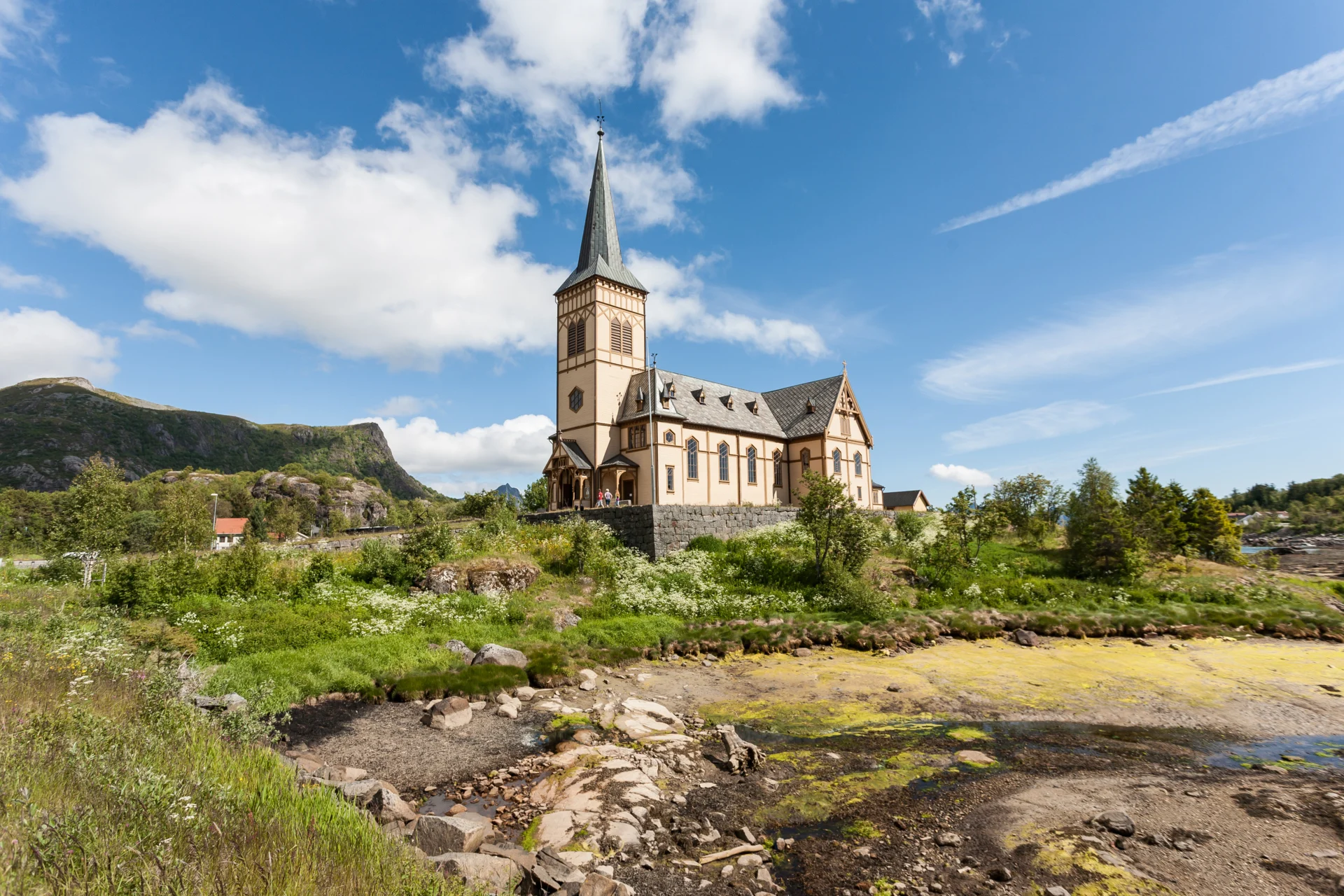
Highlights of Lofoten
2 hours 40 min
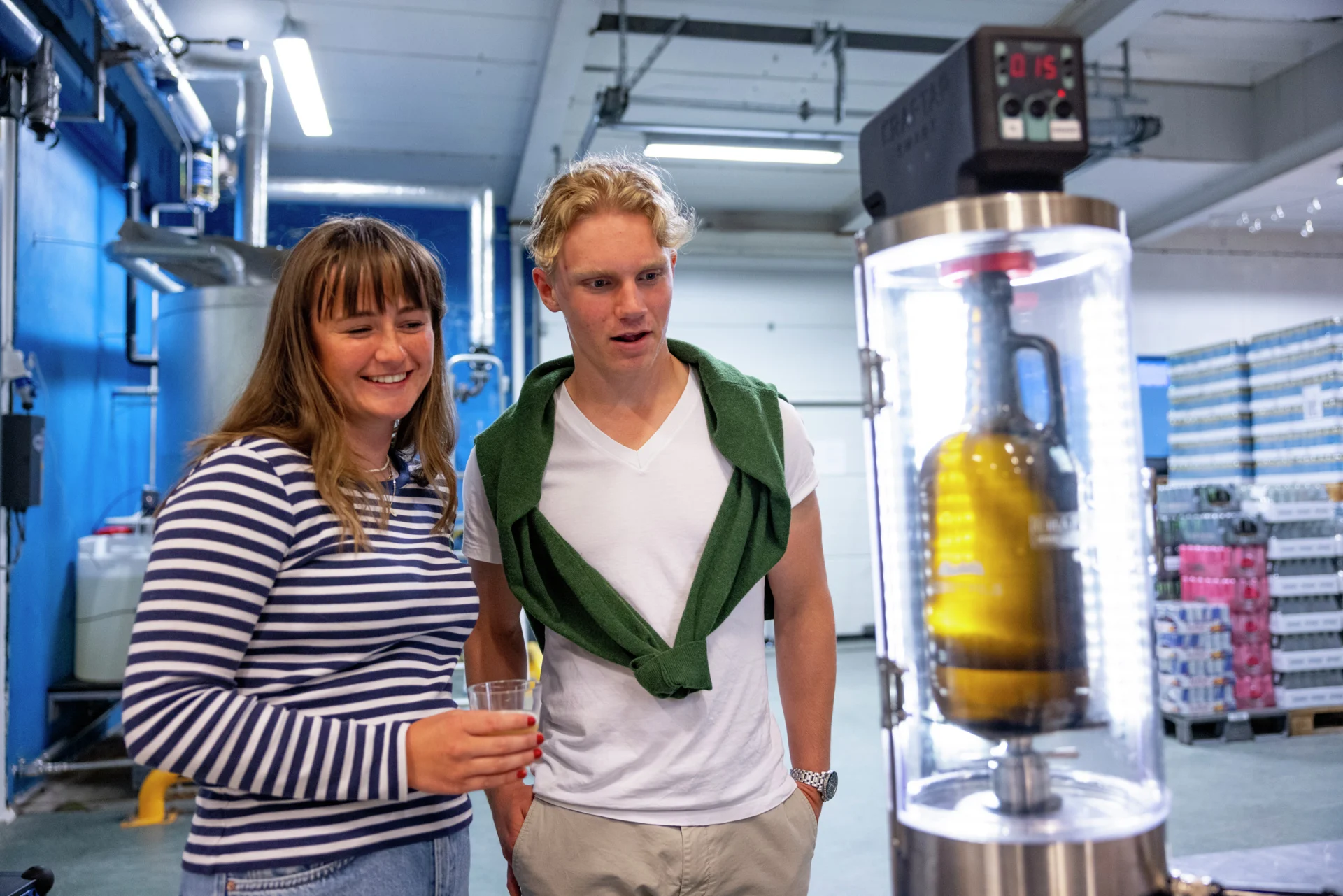
Lofotpils Brewery
Svolvær – at the heart of Lofoten
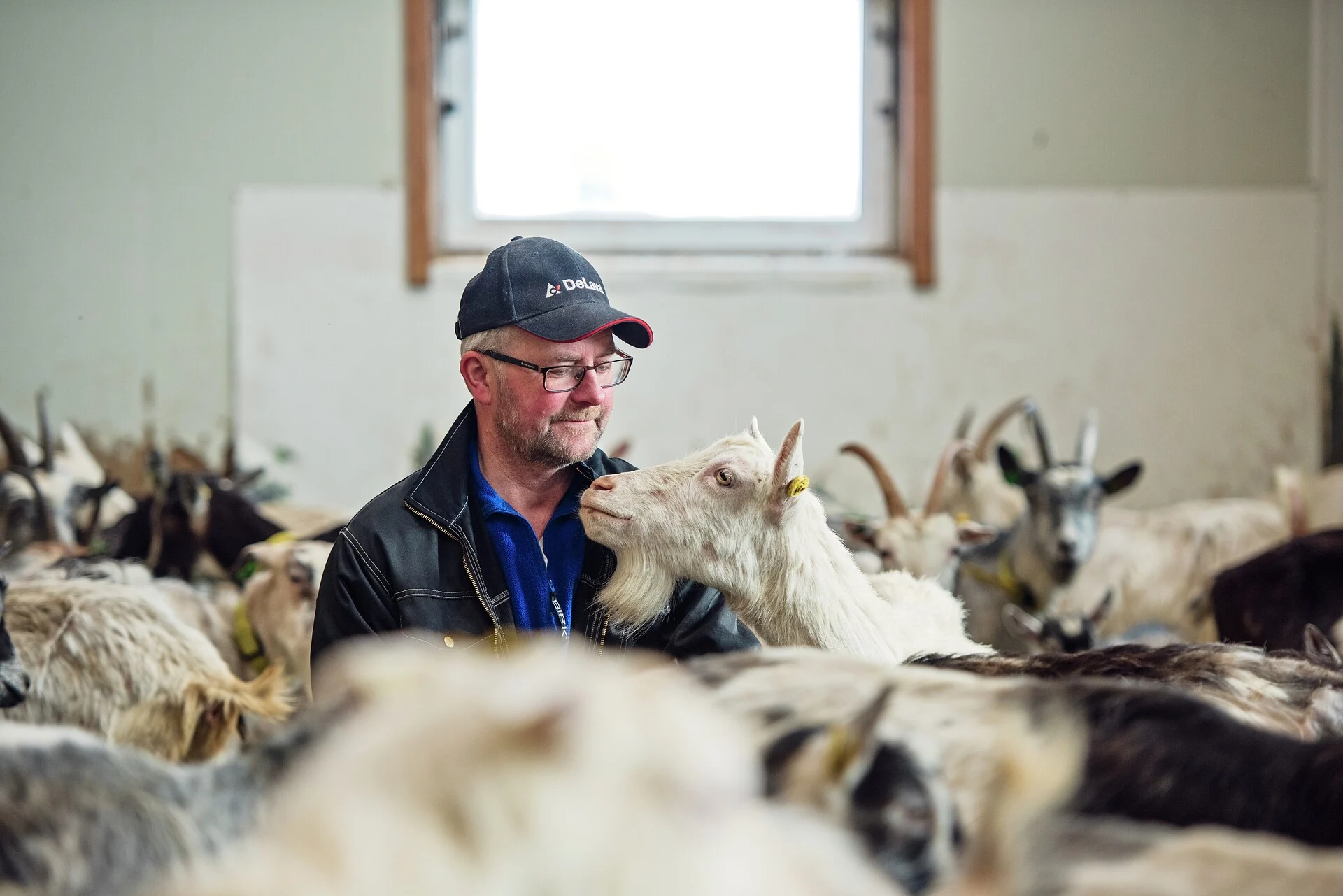
Farm Visit in Lofoten
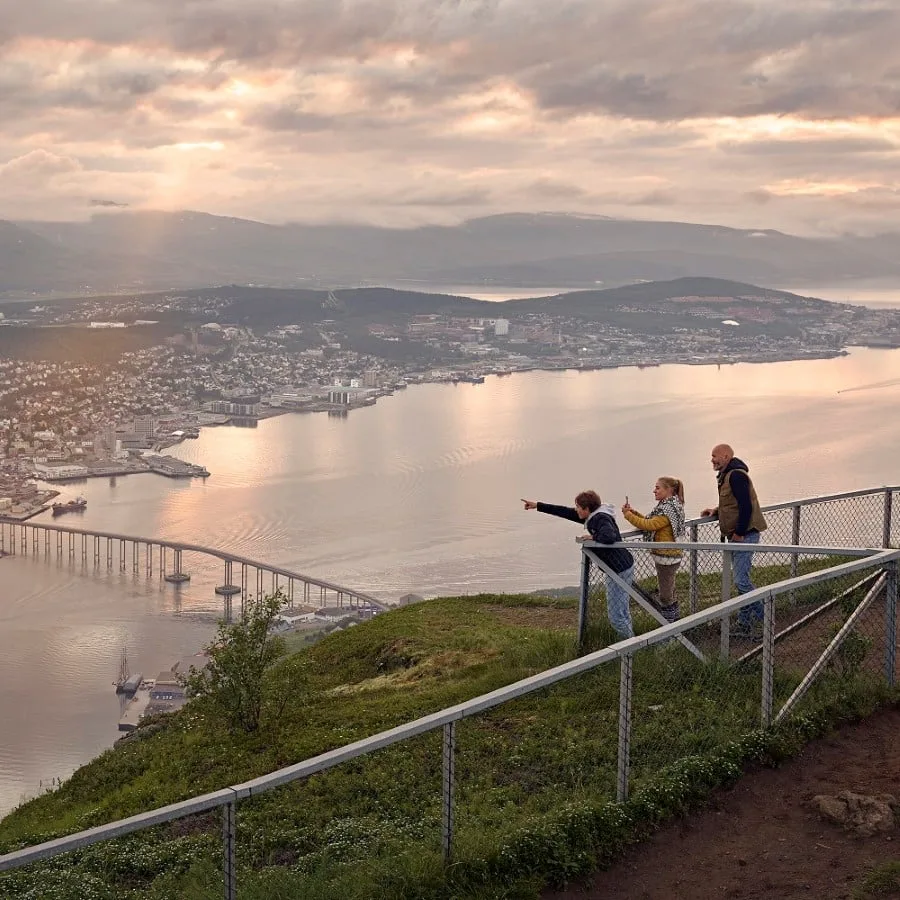
The Arctic Capital: Tromsø
Tromsø – gateway to the Arctic
3 hours 30 minutes

Dog Sledding (Tromsø)
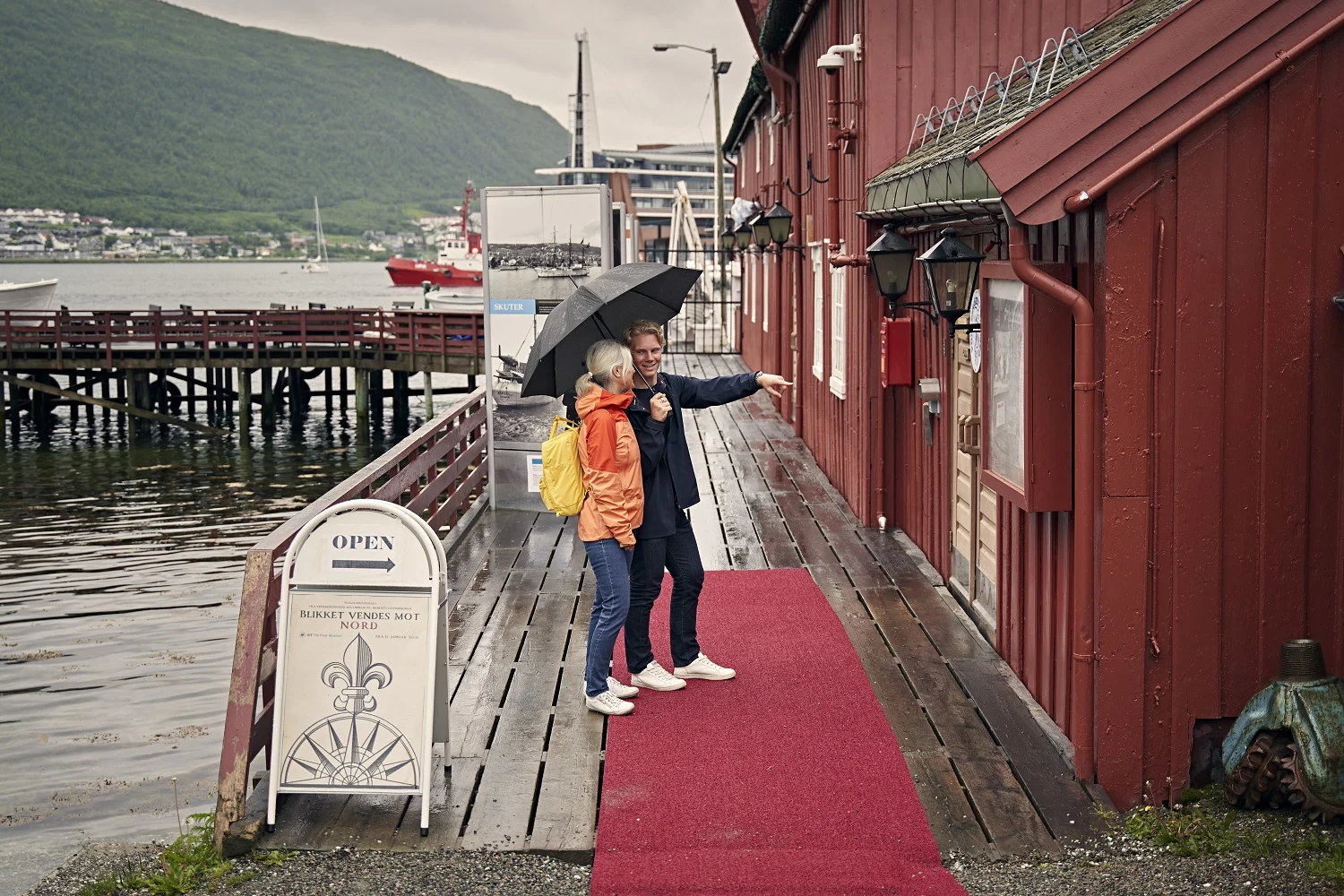
Polar History Walk
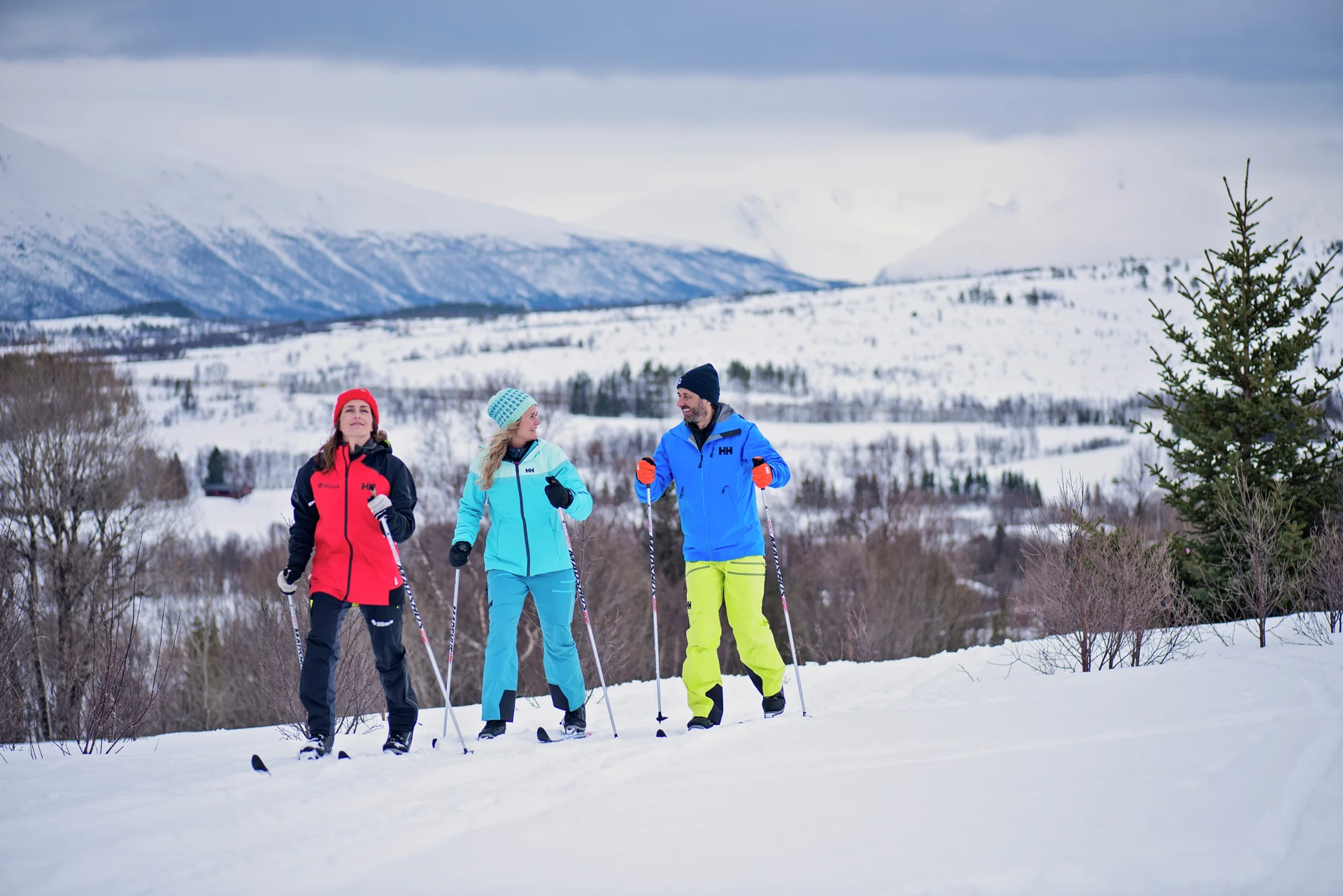
Cross-Country Skiing
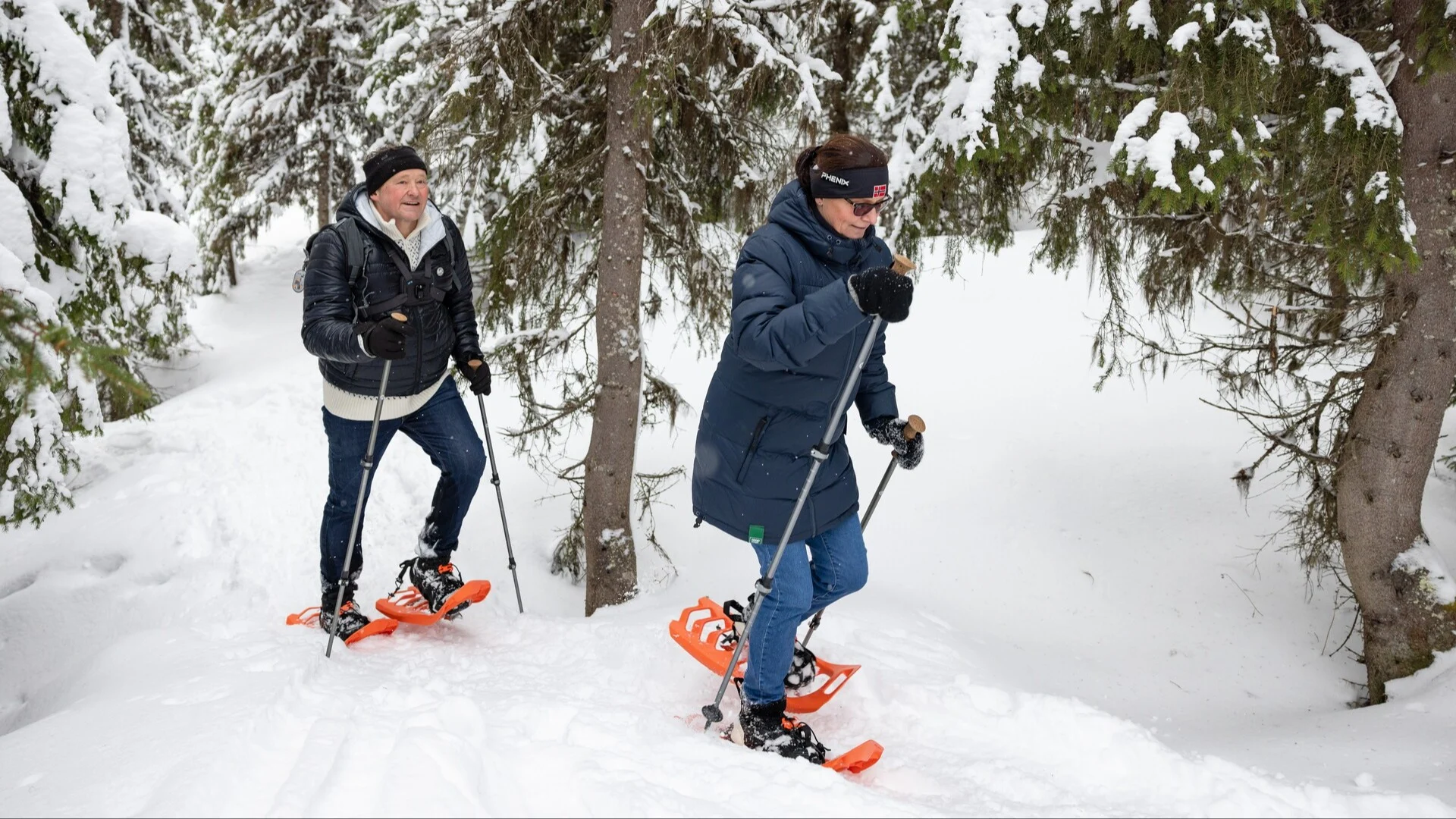
Snowshoeing In Tromsø

The North Cape
Honningsvåg – gateway to the North Cape
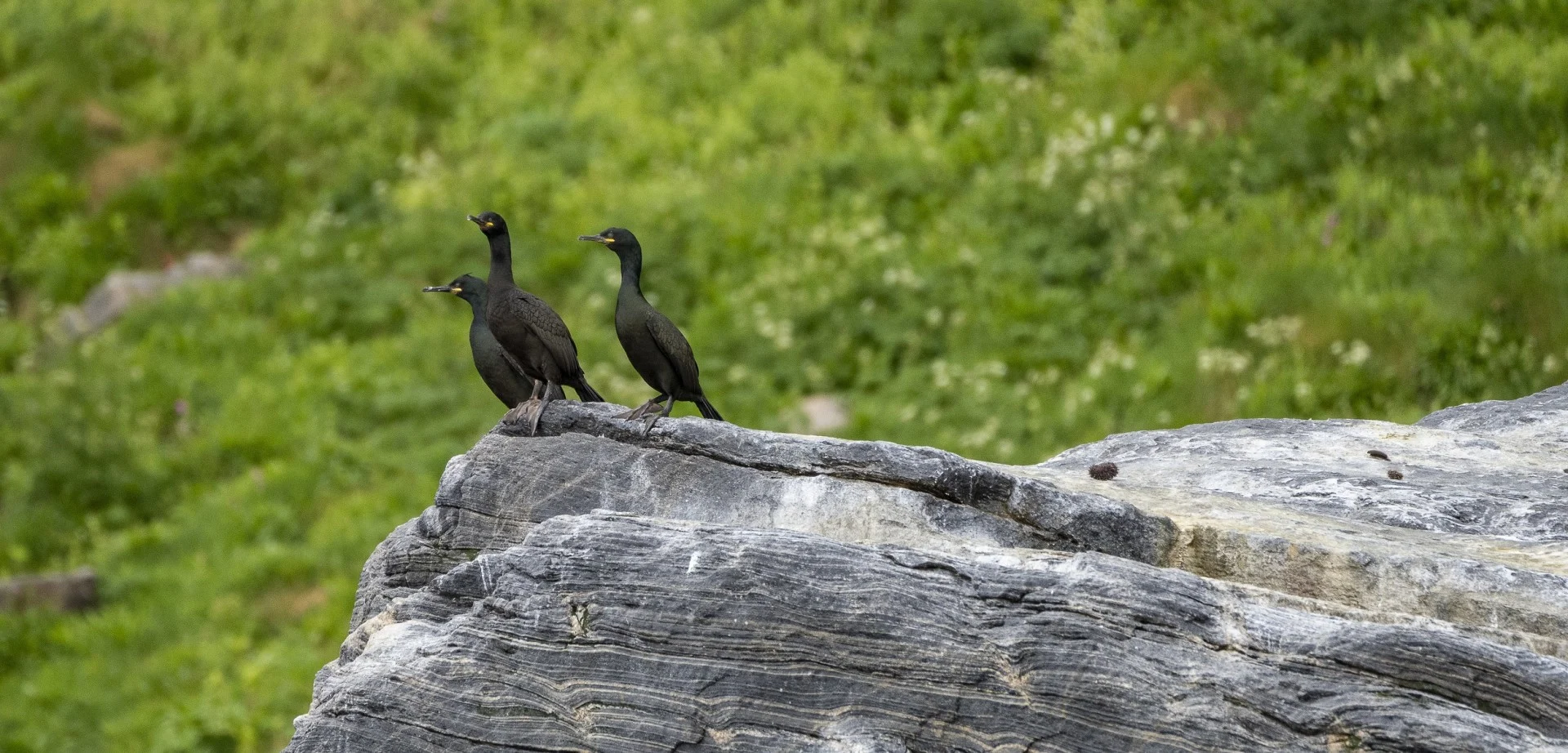
Birdwatching Safari
Summer (Jun - Aug), Autumn (Sep - Oct)
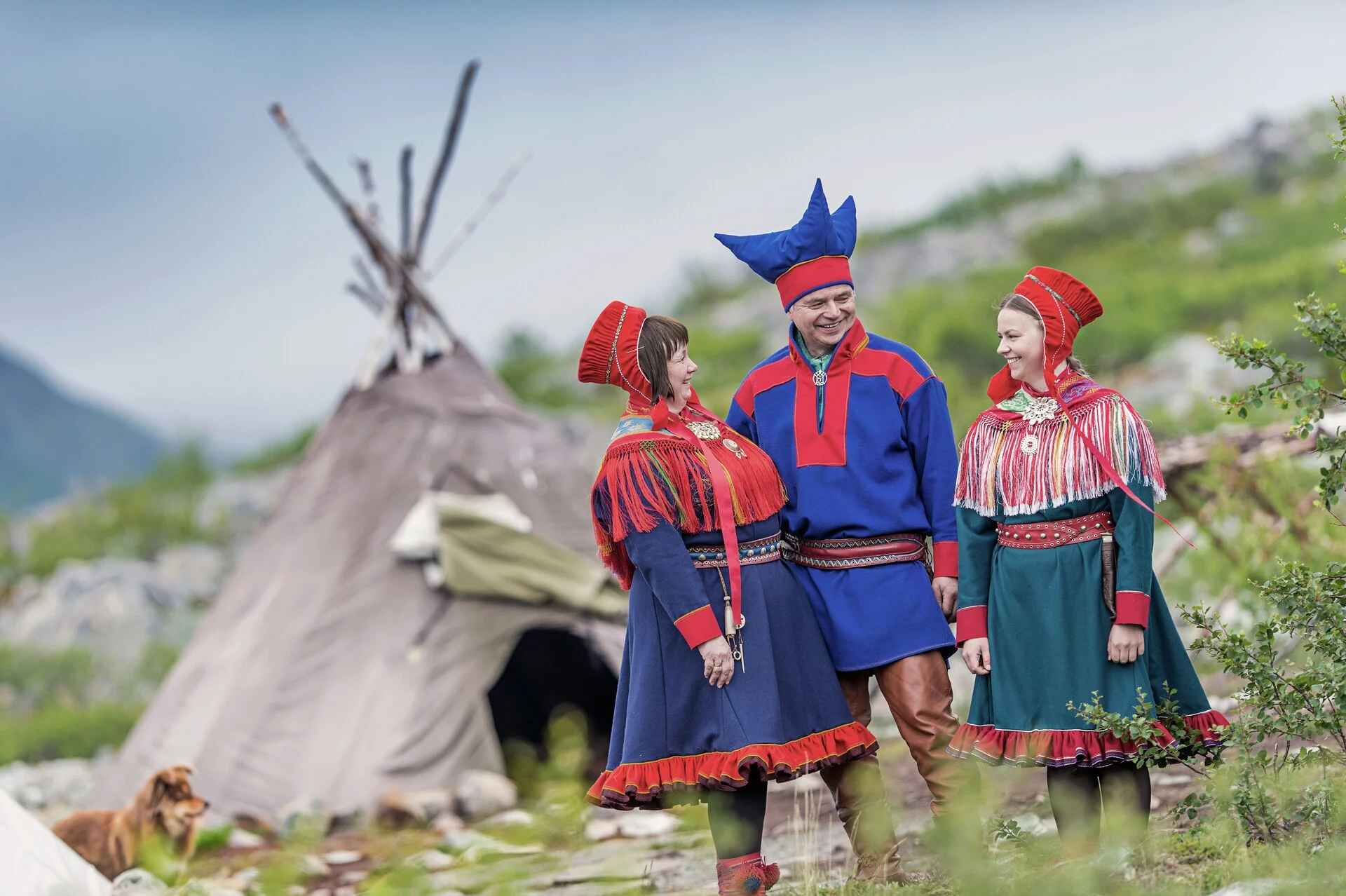
Sámi Culture
Kjøllefjord – beautiful wilderness where nature rules

Fishing Village Visit
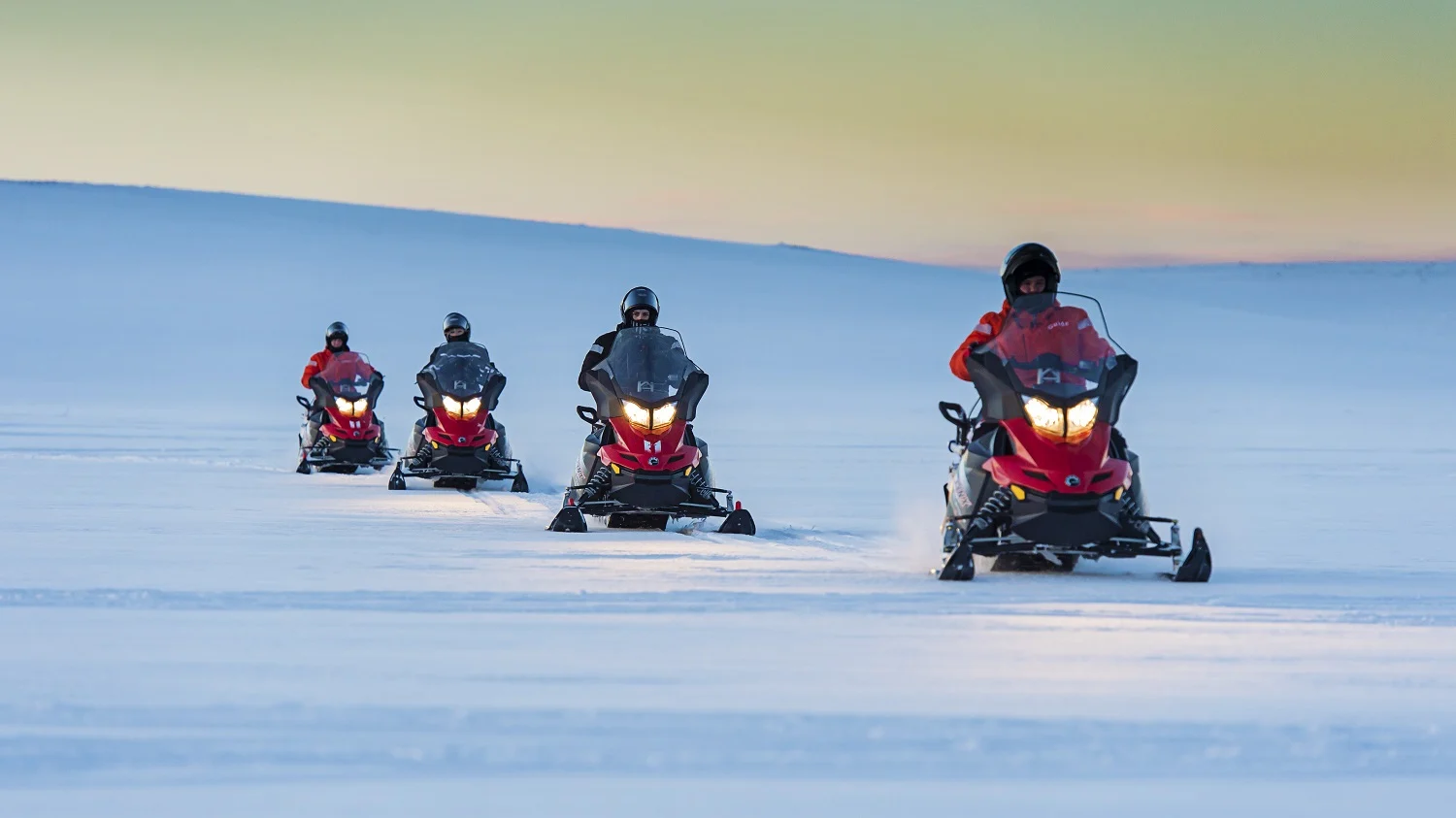
Snowmobile Trip In The Arctic
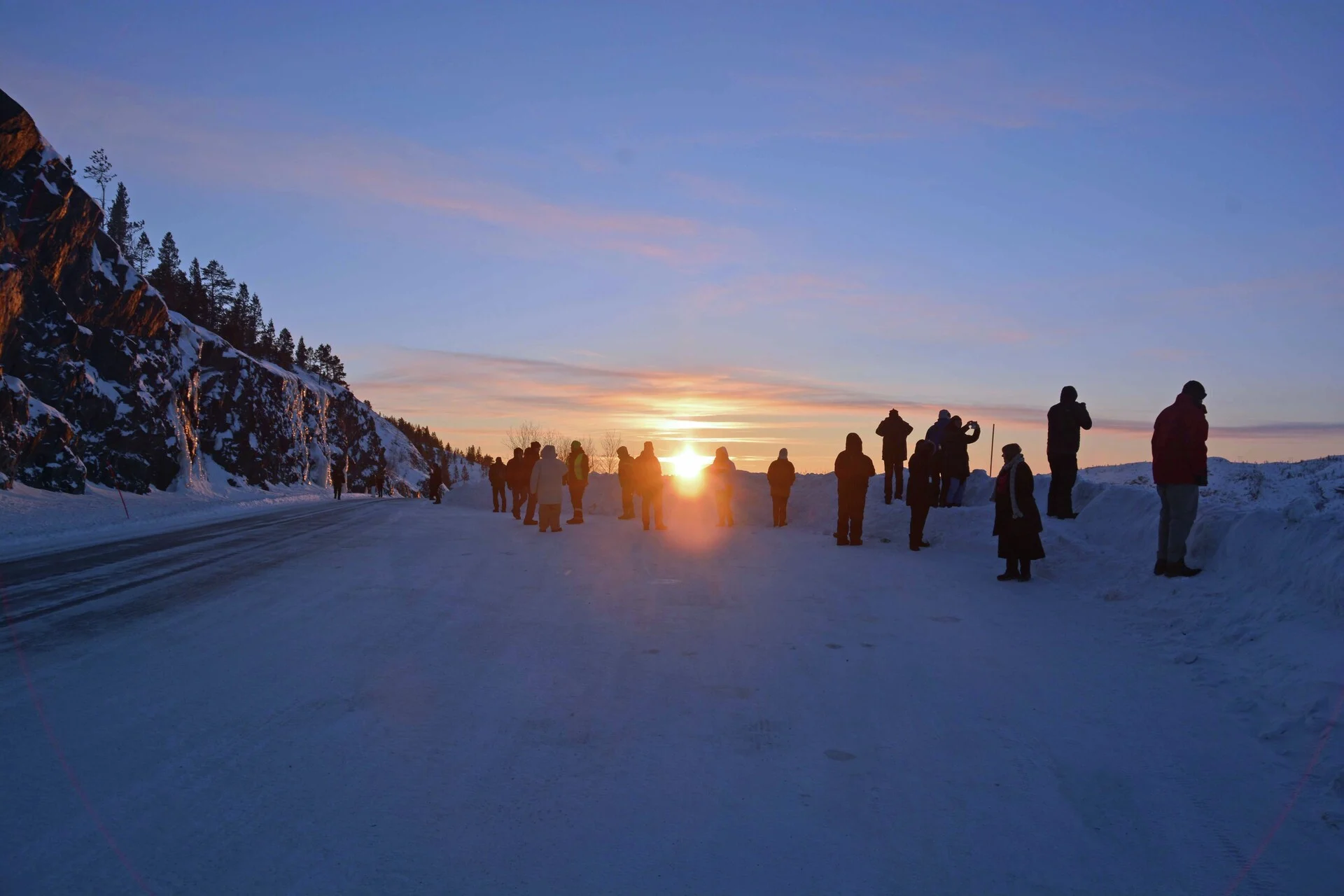
The Norwegian Border
Kirkenes – right on the border
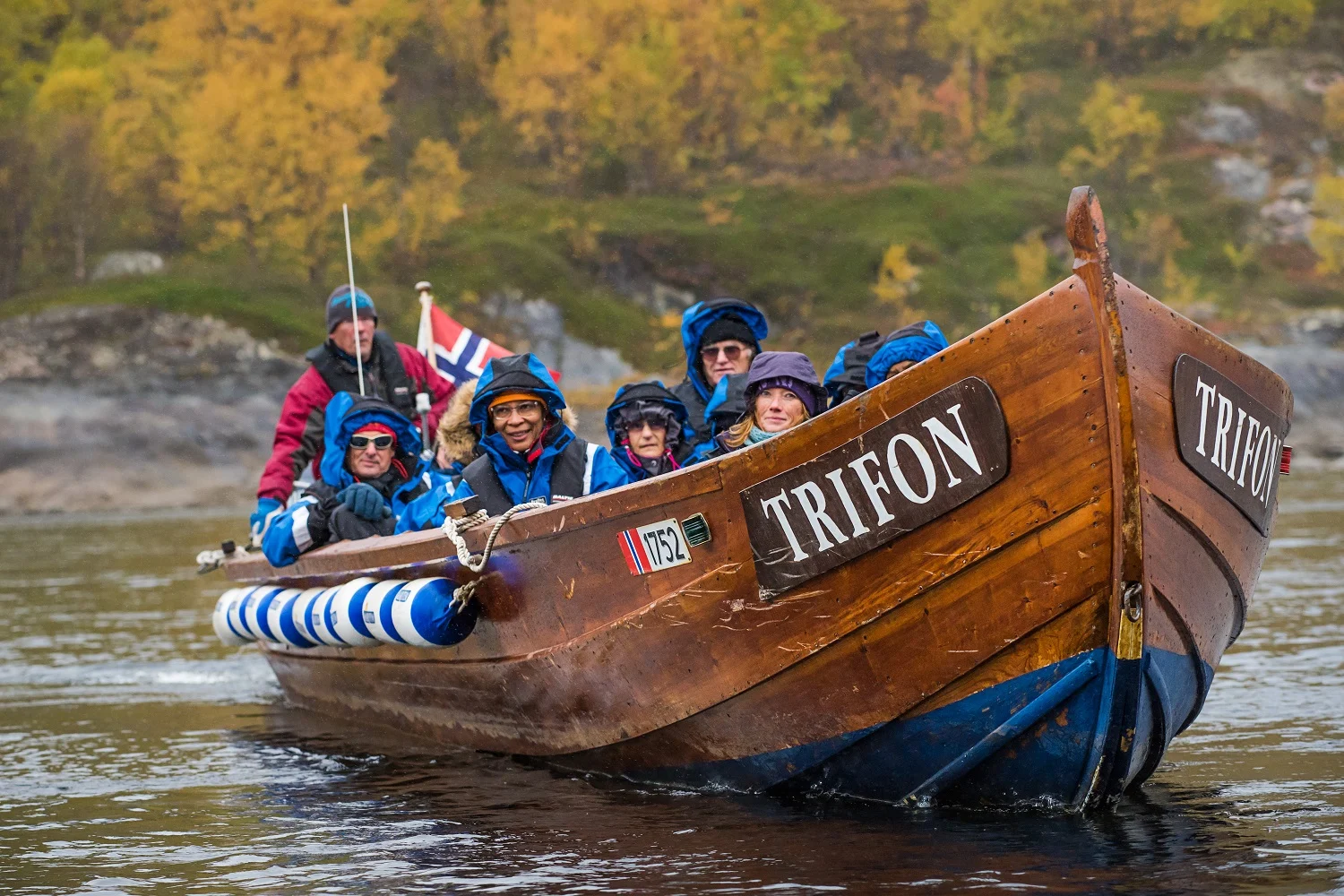
Riverboat to the Norwegian Border (Kirkenes)
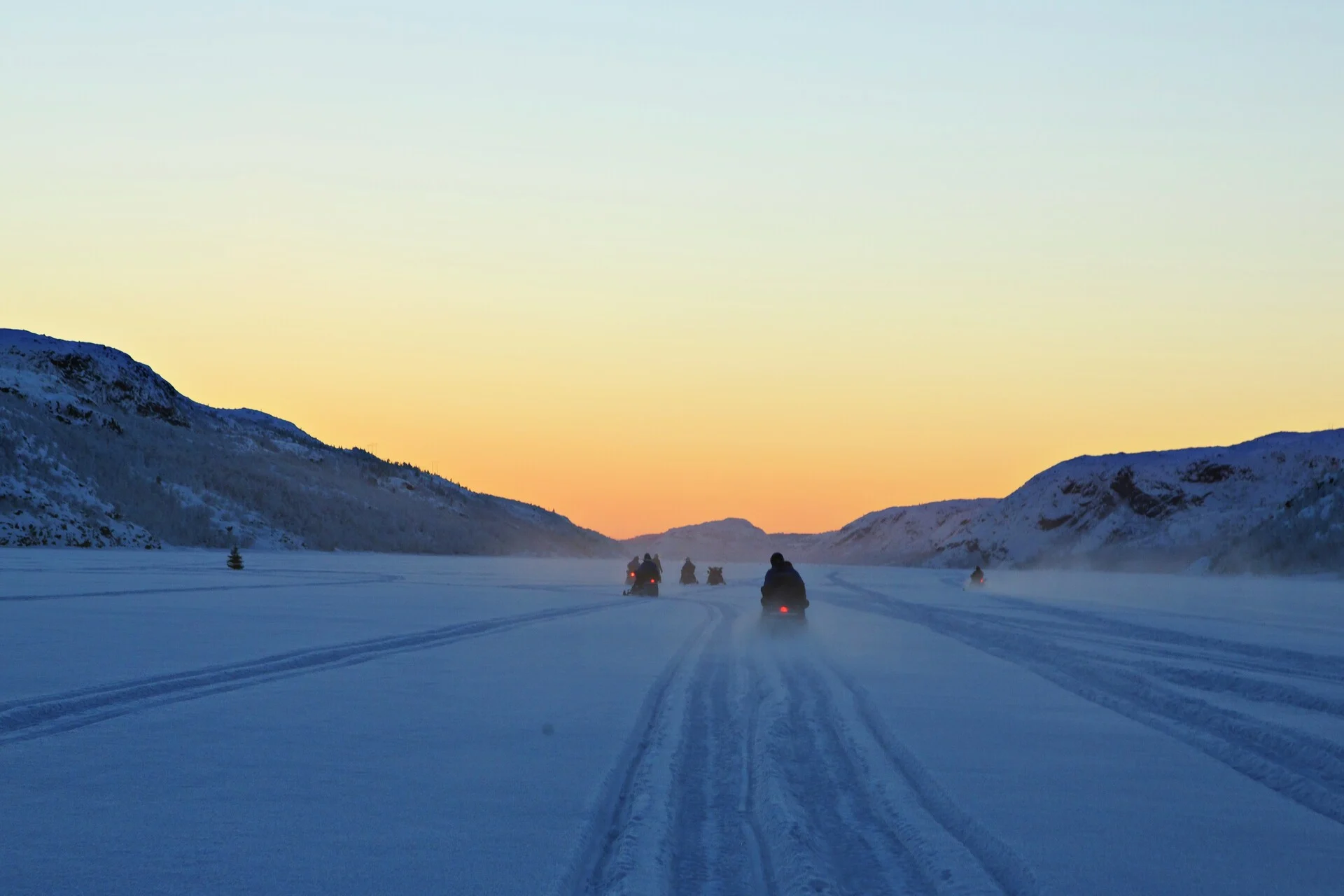
Snowmobile Safari

Kirkenes Snow hotel
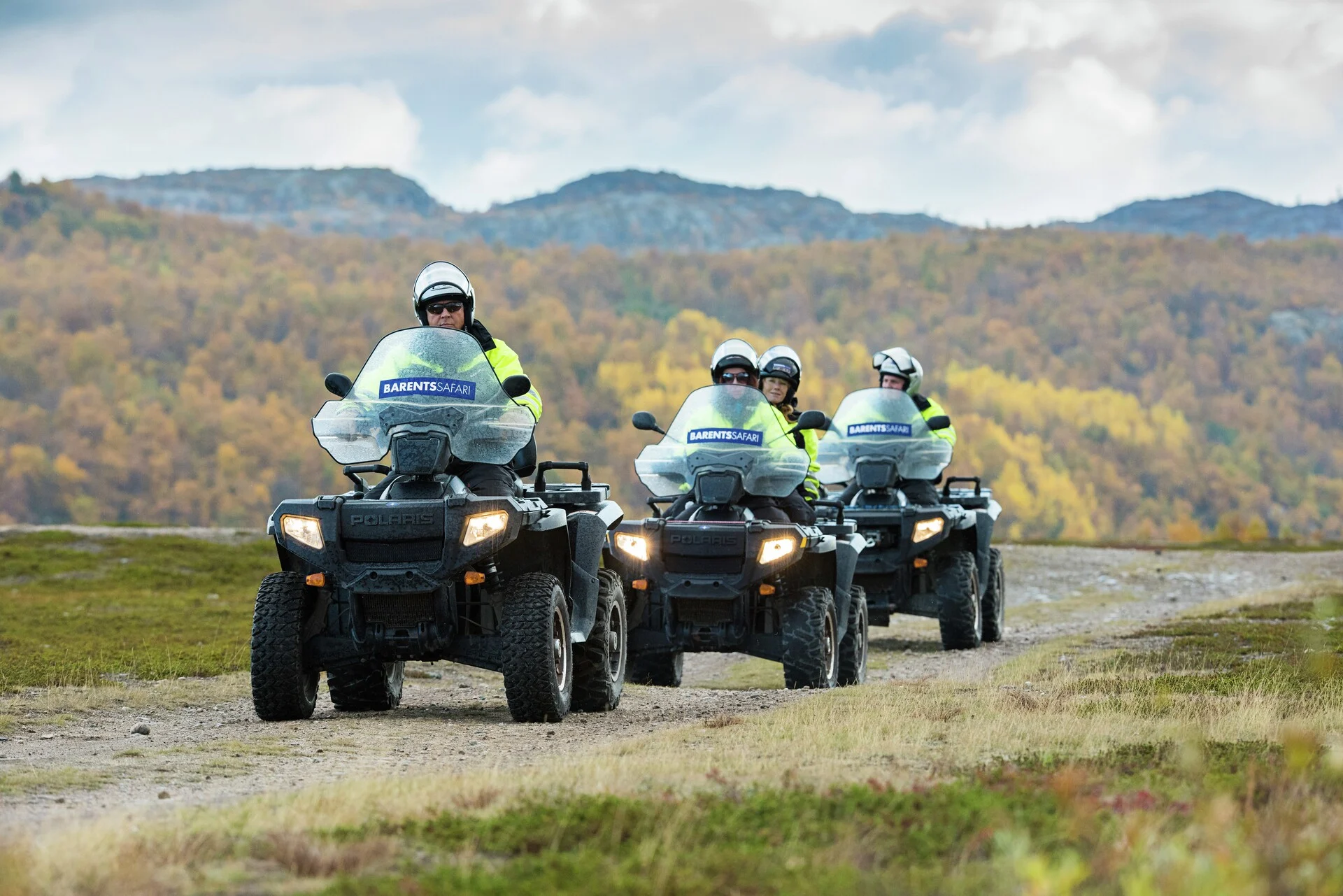
ATV/Quad-safari to the Norwegian border (Kirkenes)
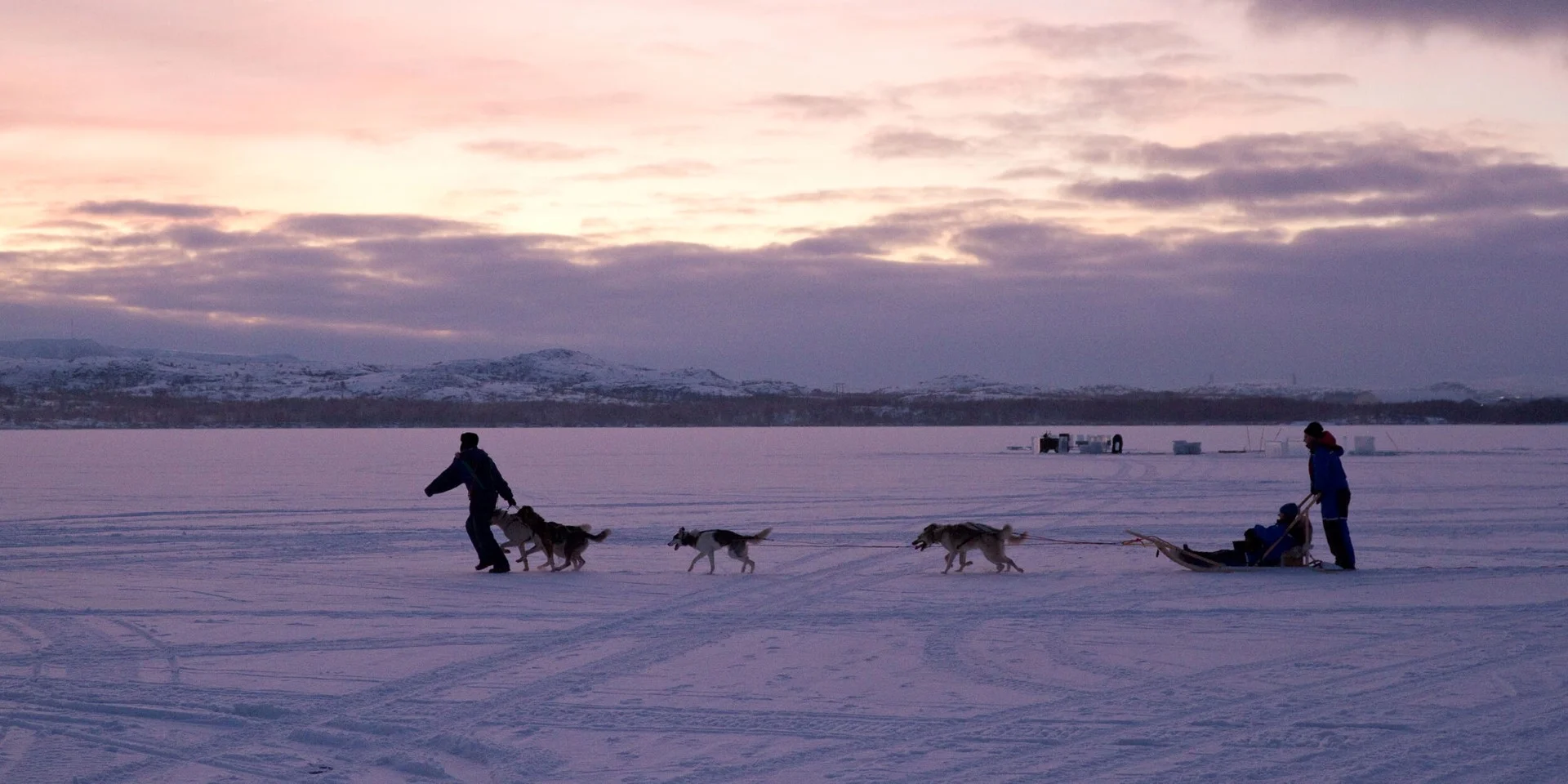
The Northernmost Town In The World
1 hour 45 minutes
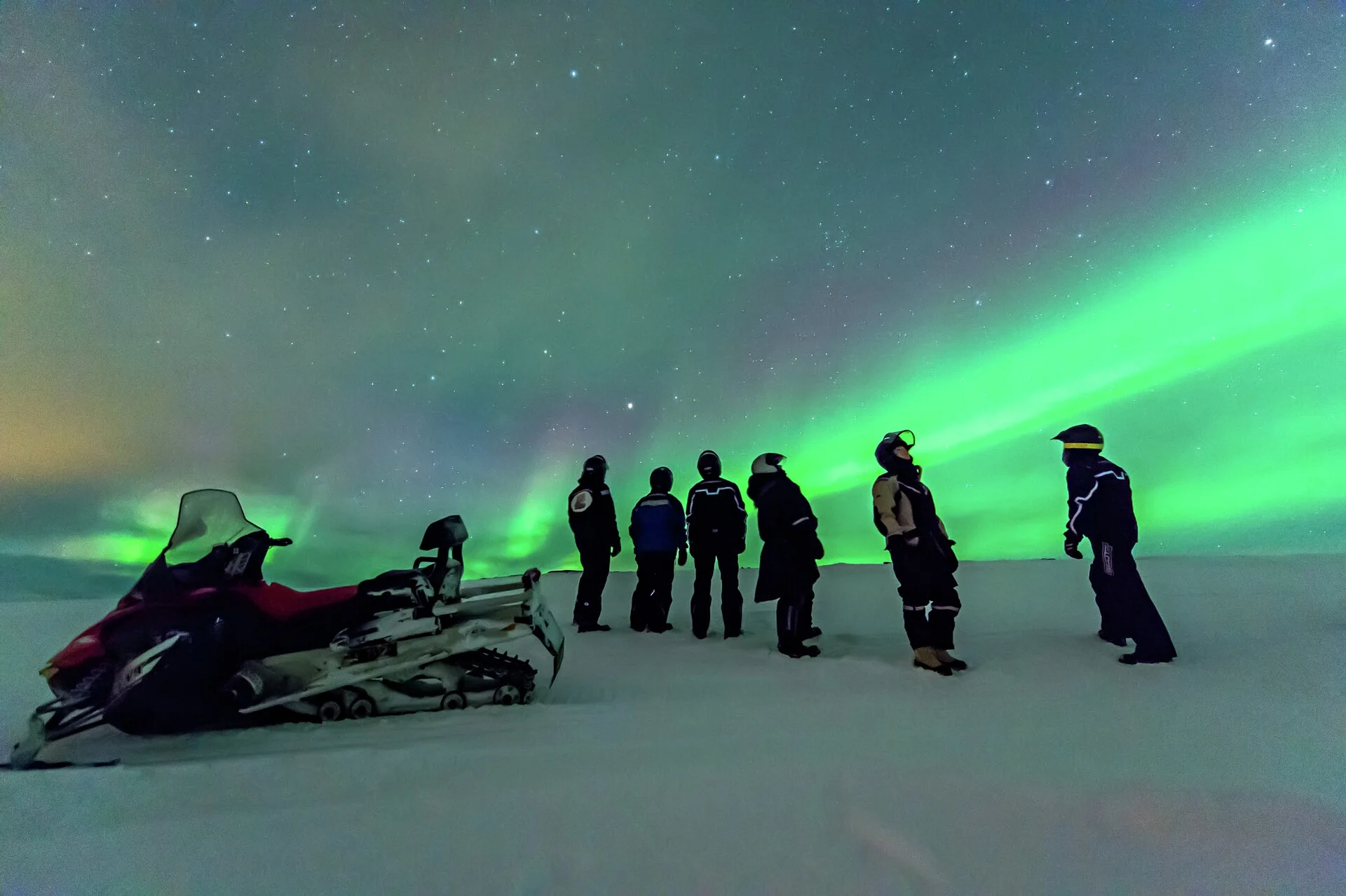
Snowmobile Trip in the Polar Night

Breakfast at the North Cape
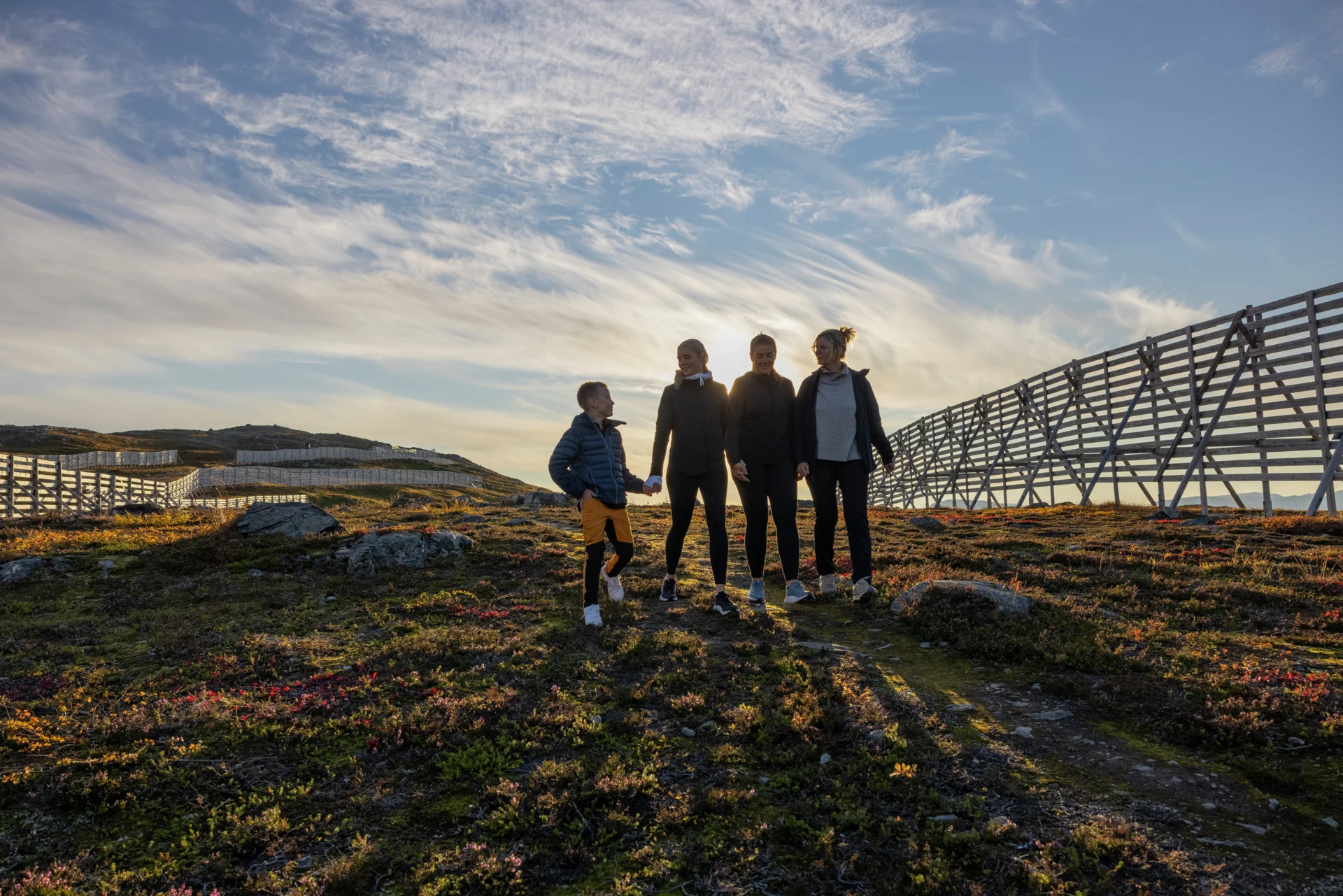
Mountain Hike In Hammerfest
1 hour 30 minutes
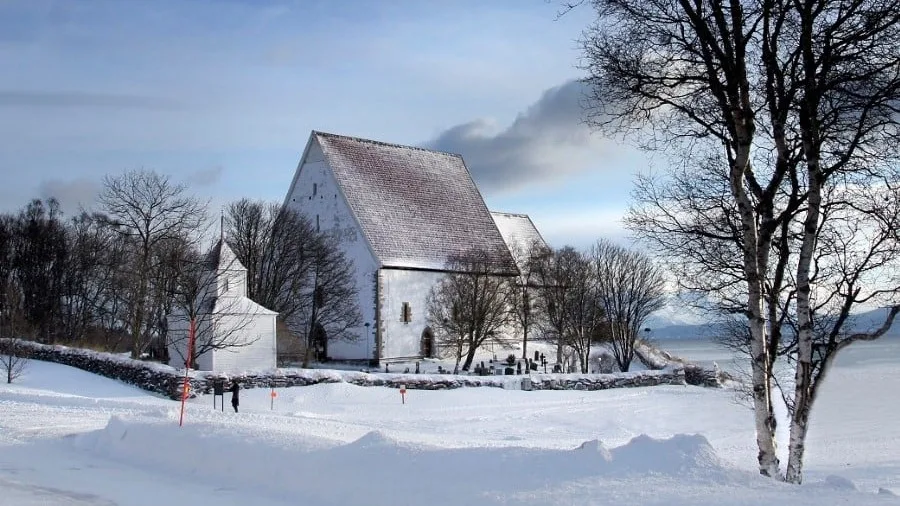
A Taste of Vesterålen
Harstad – at the heart of Northern Norway
4 hours 15 minutes
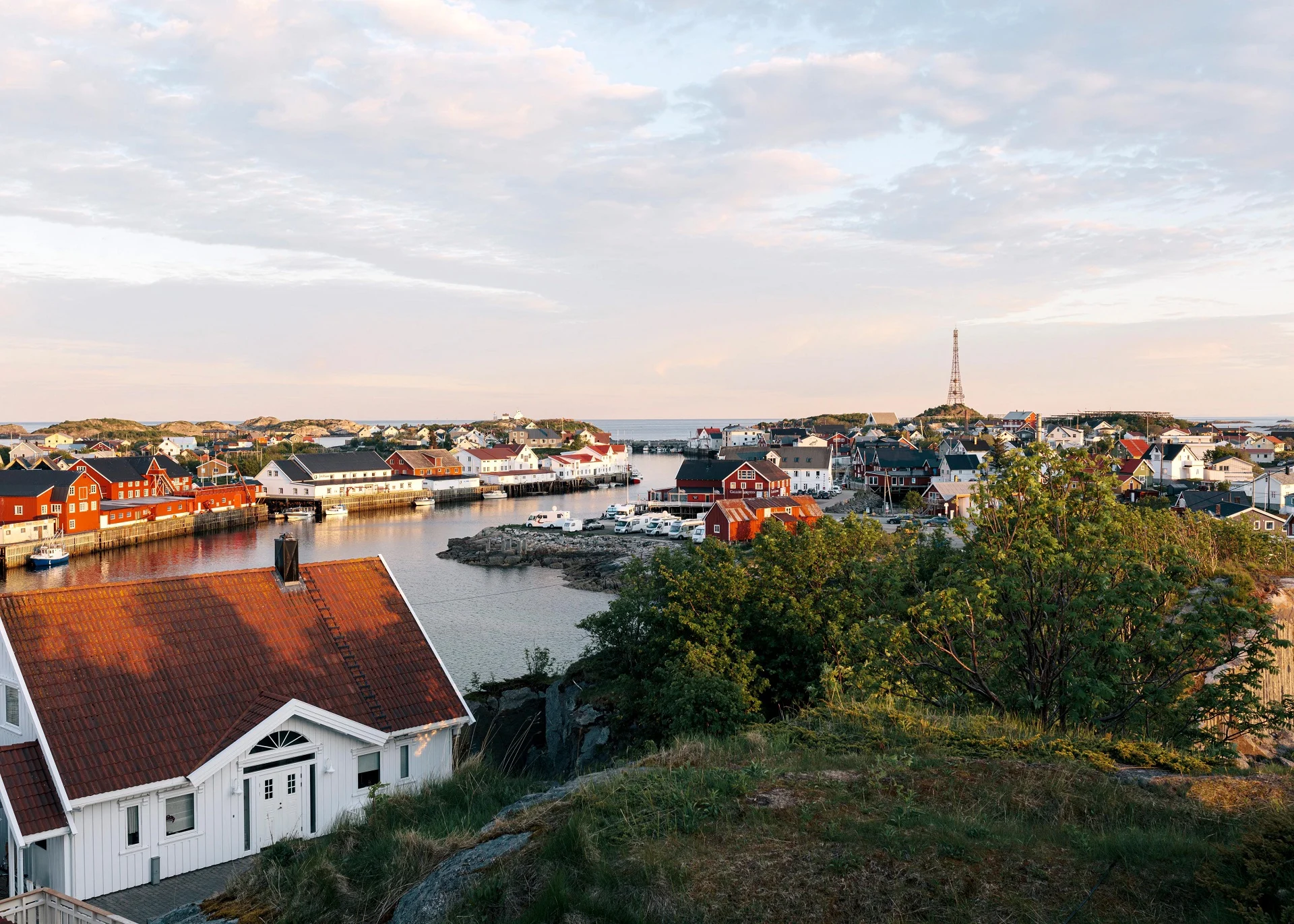
Lofoten Islands
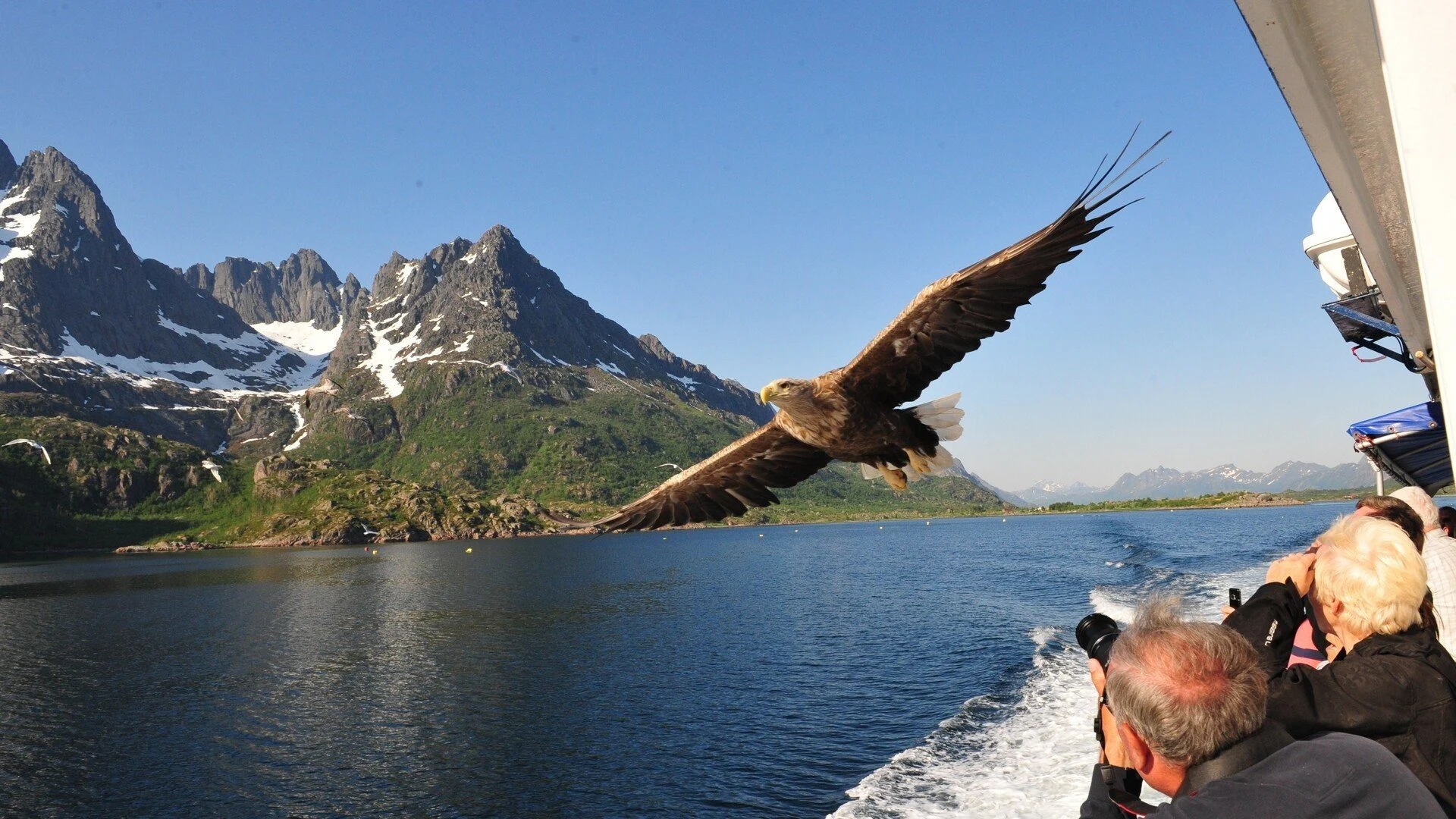
Sea Eagle Safari
Stokmarknes – the birthplace of Hurtigruten
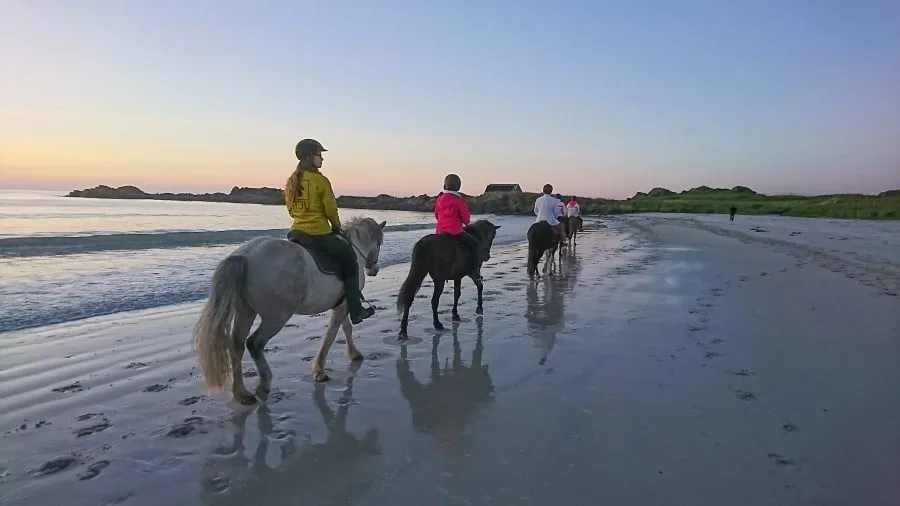
Lofoten by Horse
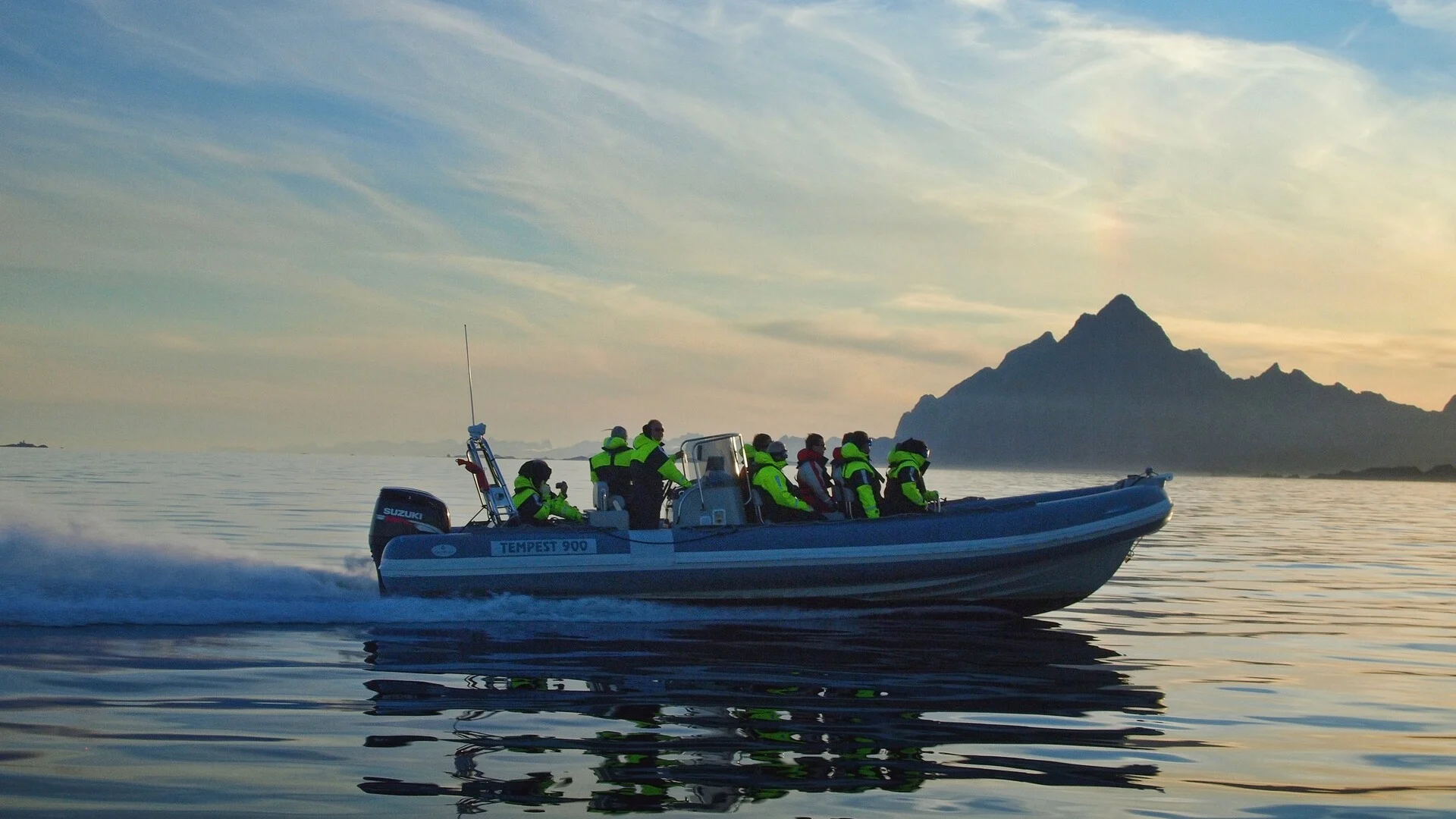
RIB Adventure in Lofoten
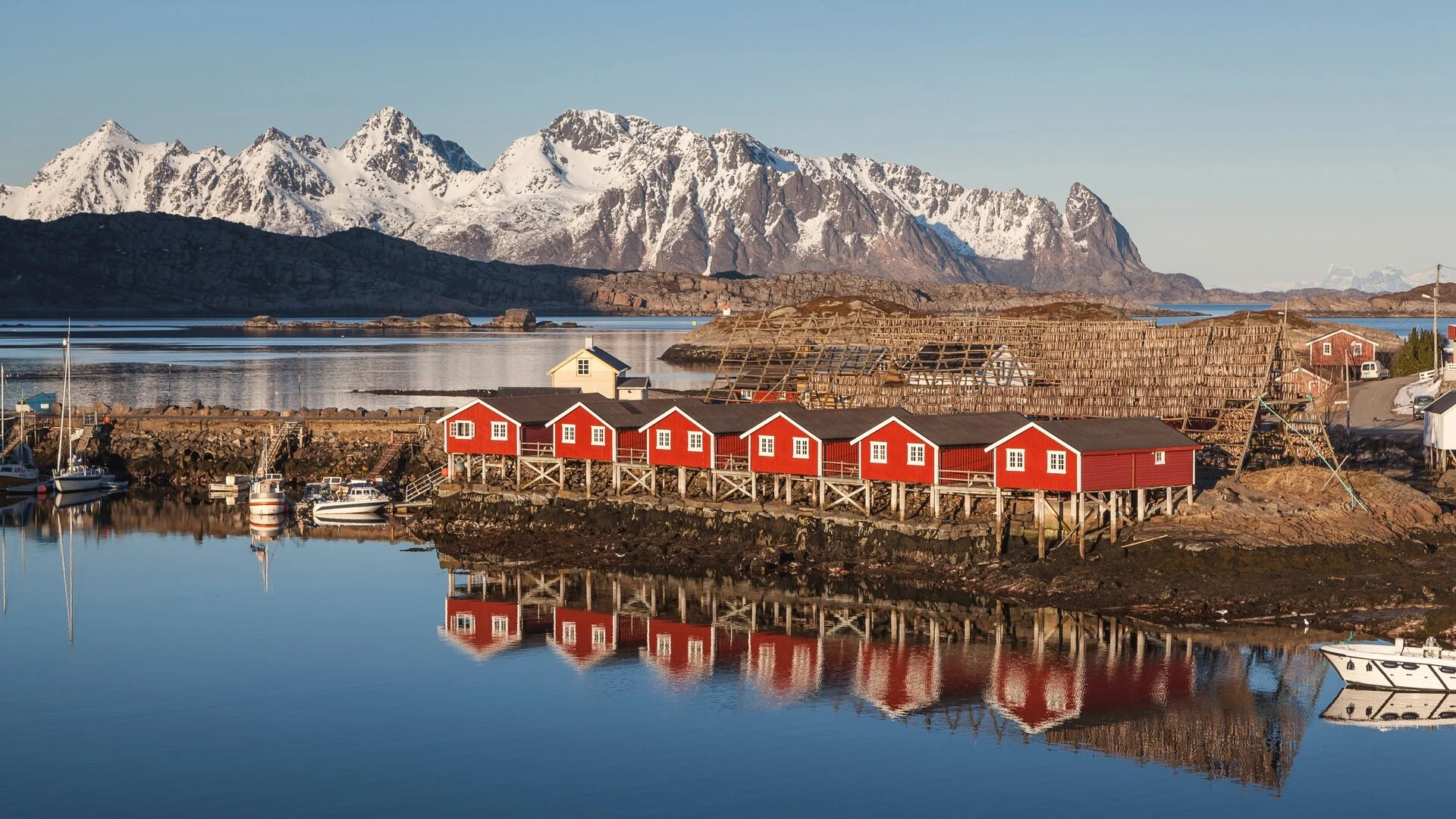
Discover a Fishing Village
Spring (Apr - May), Autumn (Sep - Oct), Winter (Nov - Mar)
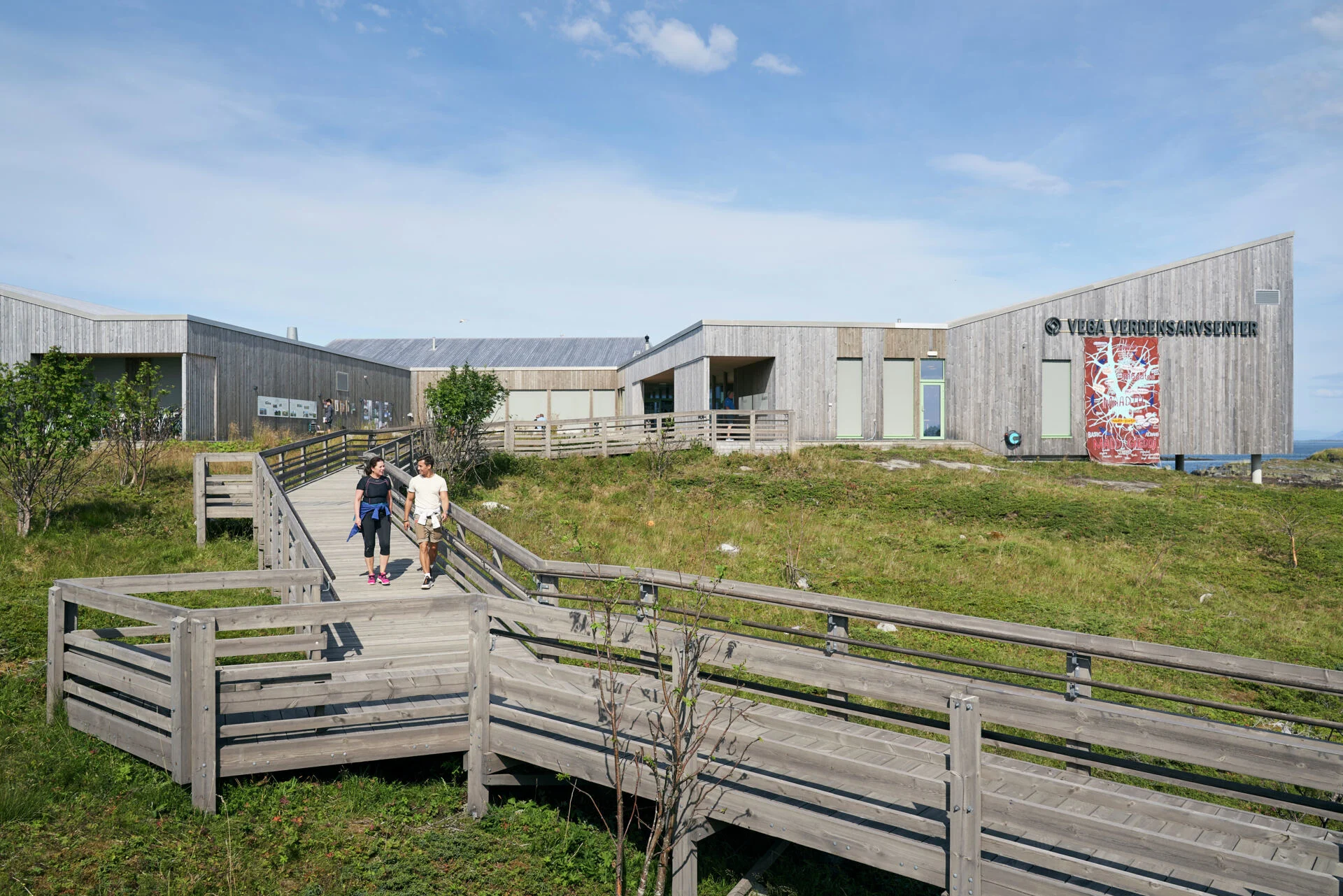
UNESCO Vega Archipelago
Sandnessjøen – gateway to the Helgeland Coast
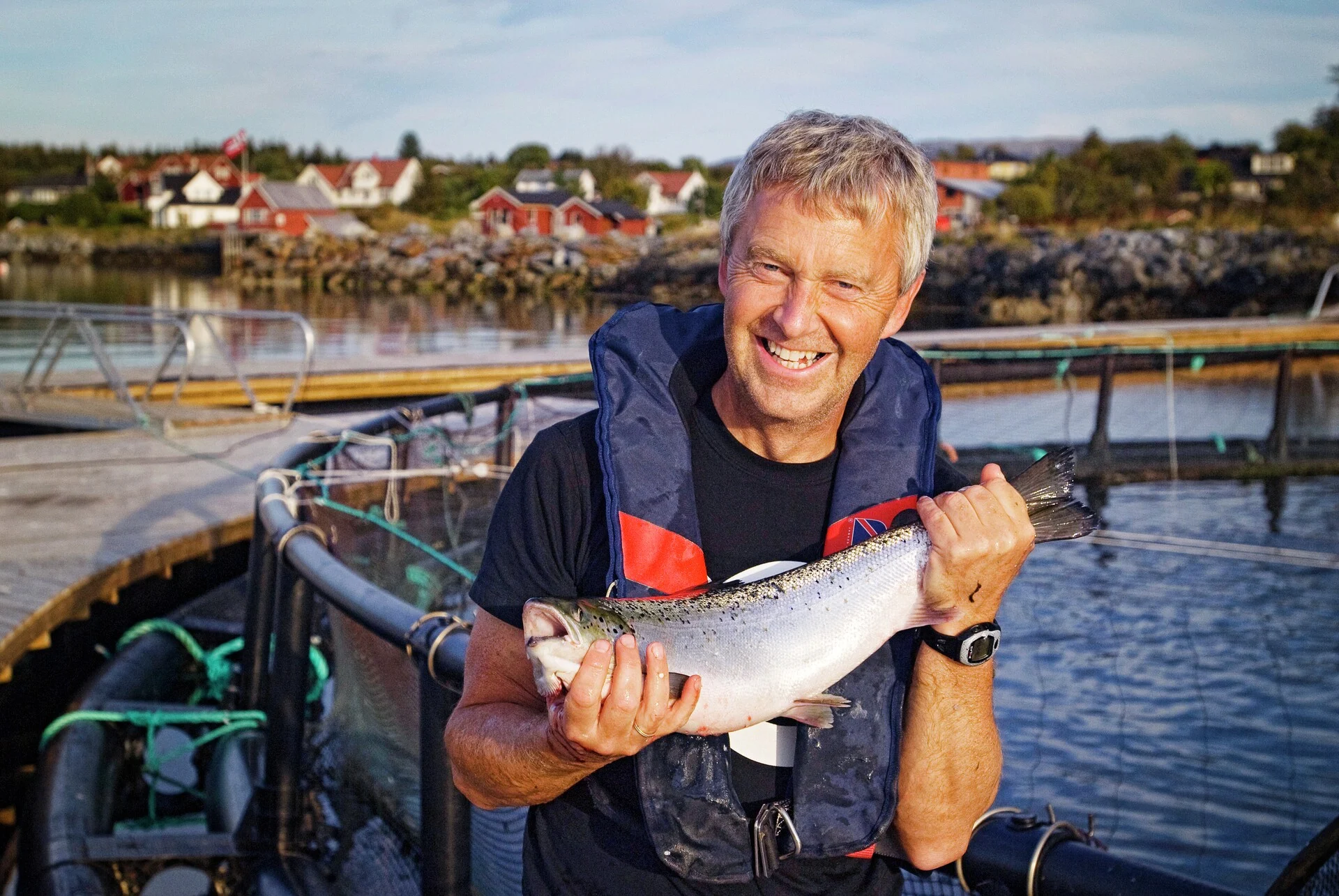
Visit the Salmon
Brønnøysund – coastal charm right in the middle of Norway

Trondheim With Nidaros Cathedral
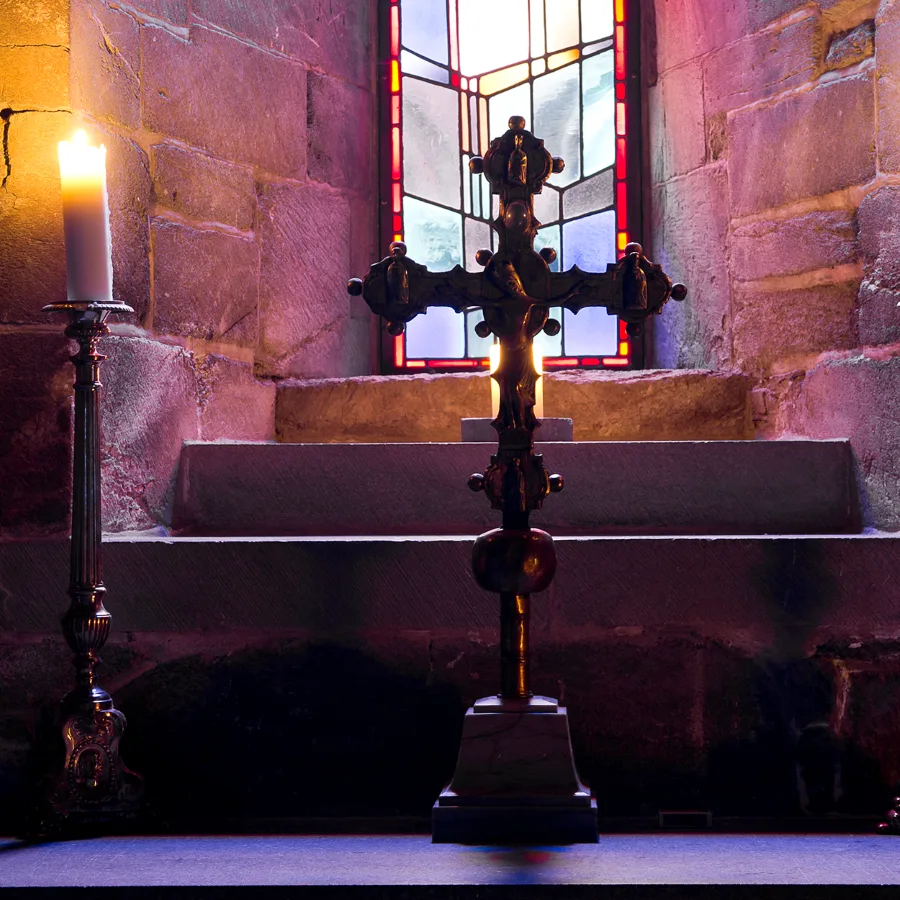
The Hidden Rooms of Nidaros Cathedral
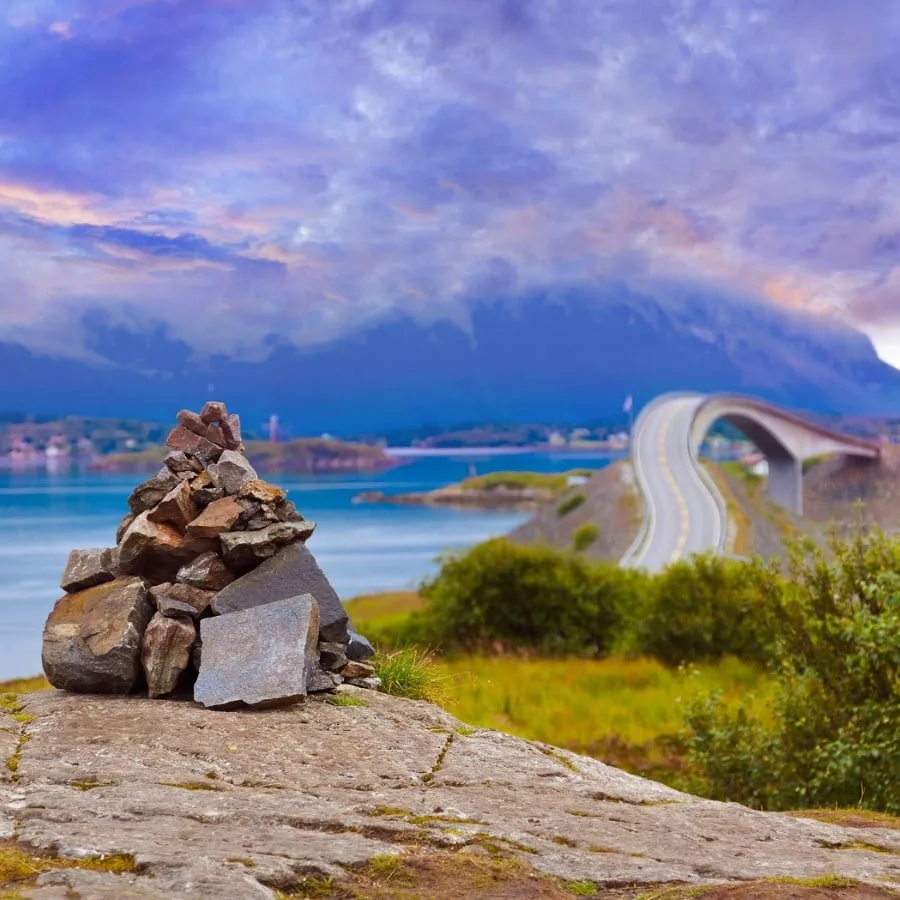
The Atlantic Road
Kristiansund – home of the Bacalao
4 hours 30 minutes
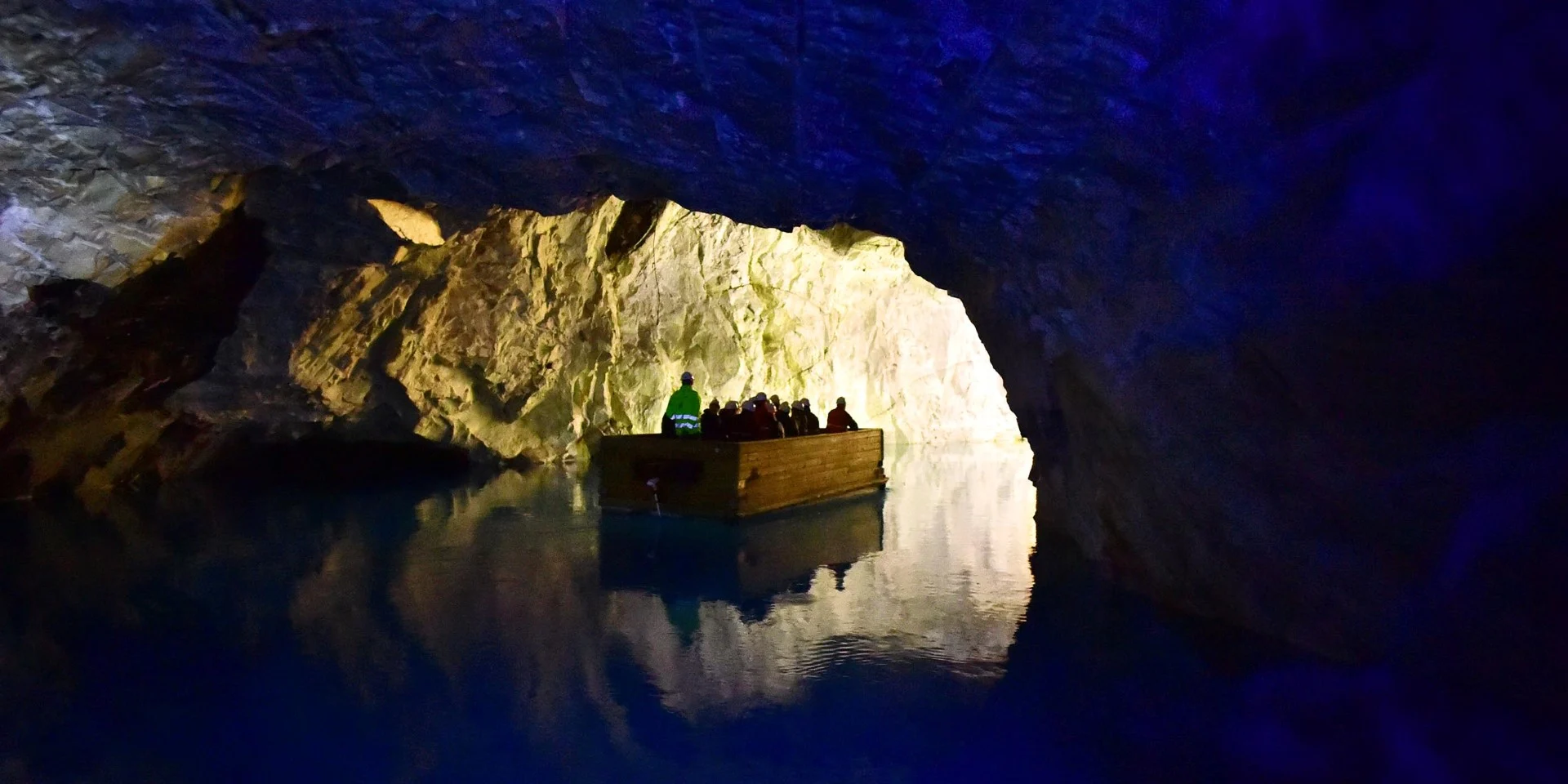
Bergtatt – Magnificent Marble Mine
Pre and post programmes.
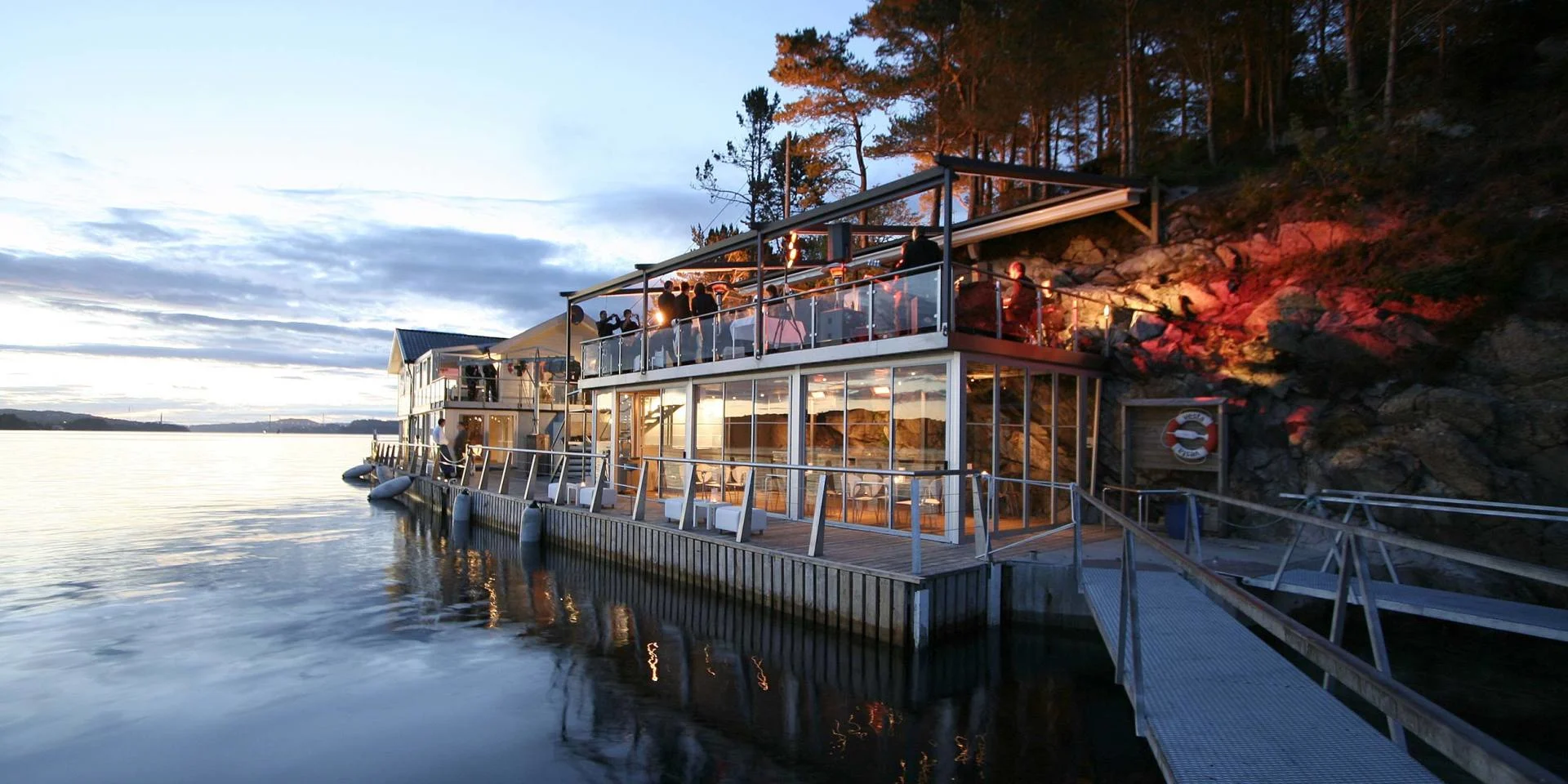
Island Seafood Dinner & Boat Trip from Bergen
Bergen – gateway to the fjords
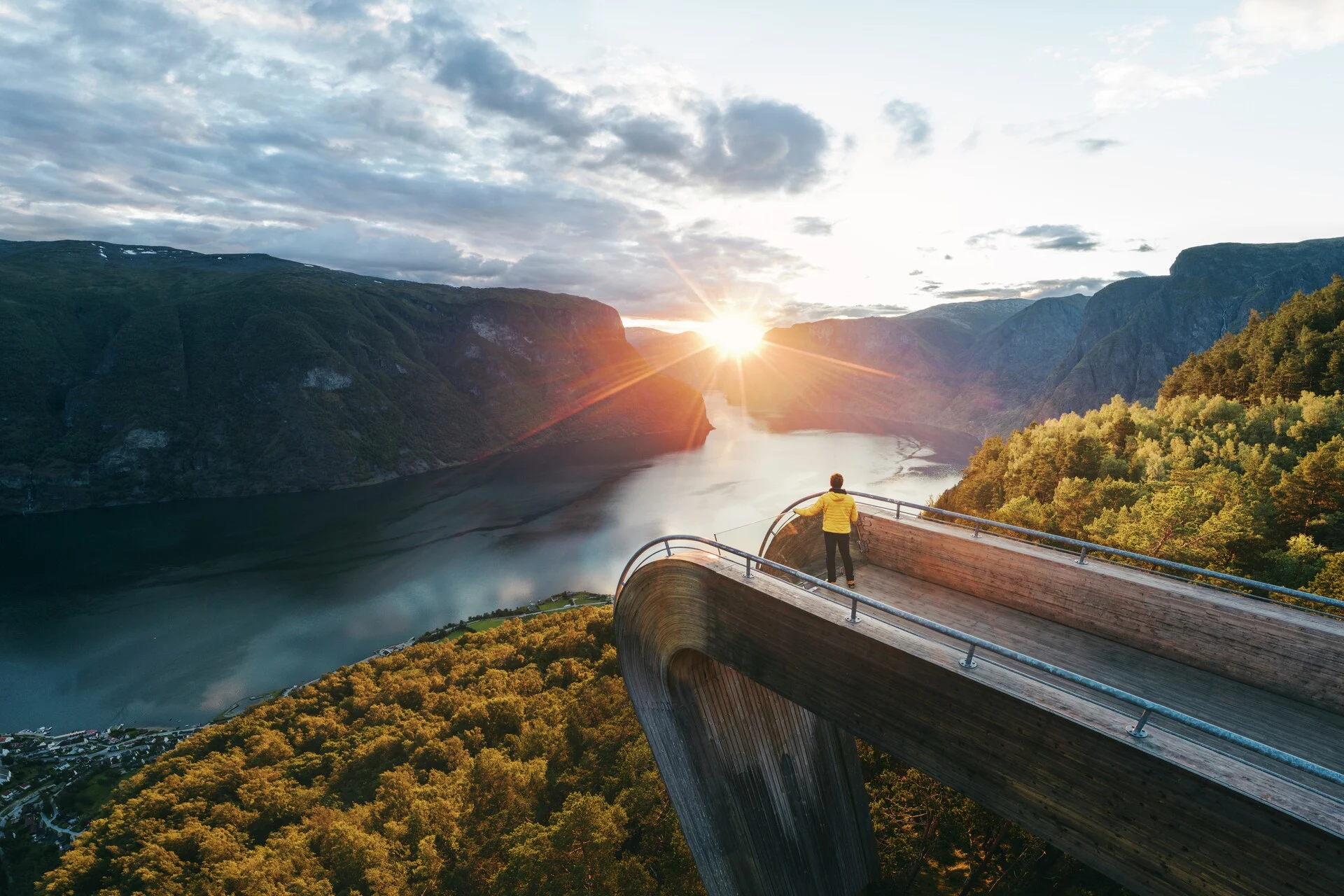
Sognefjord in a Nutshell | 1 day

Sognefjord in a Nutshell | 2 days

Norway in a Nutshell | Overnight Voss

Norway in a Nutshell | Overnight Flåm
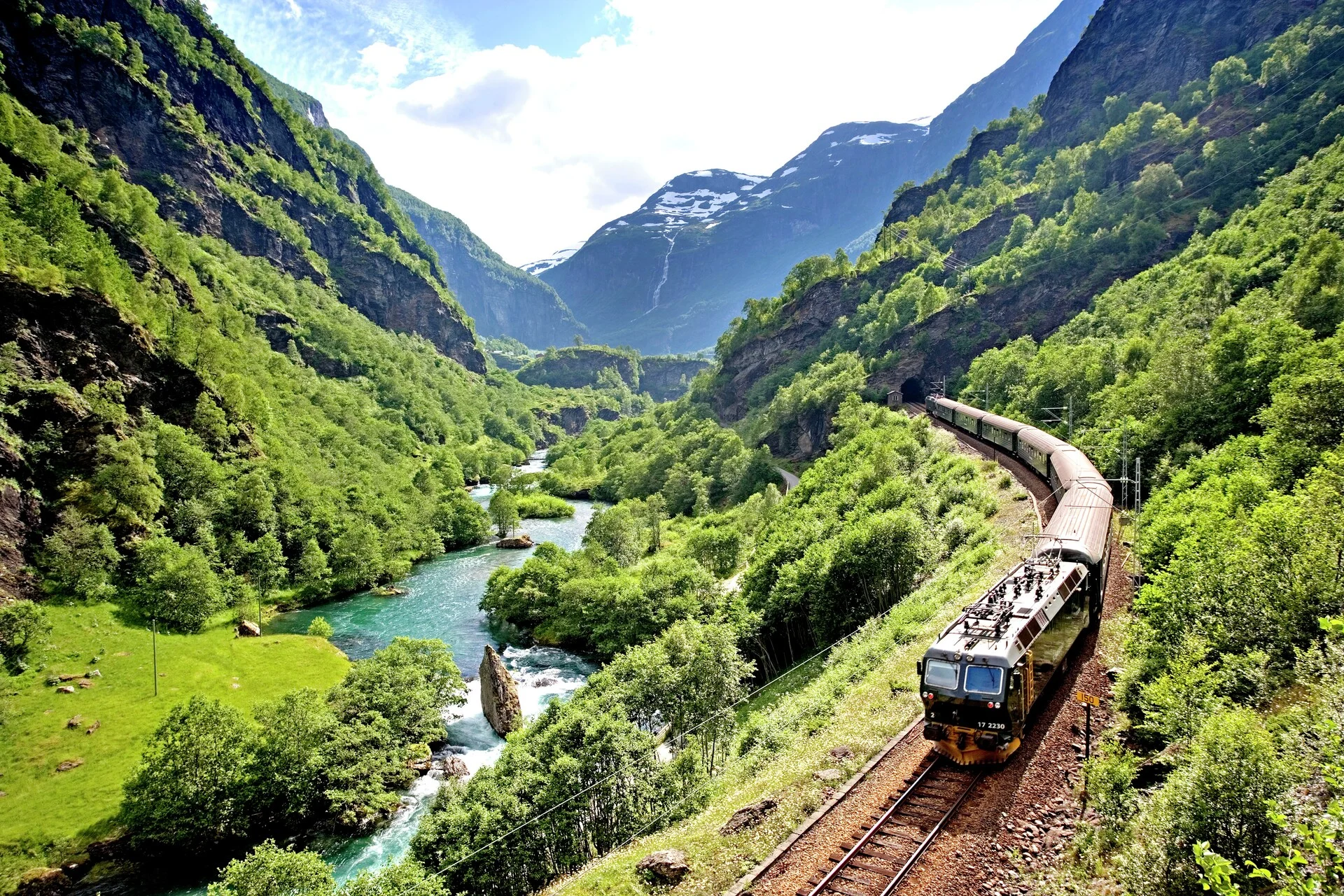
Norway In A Nutshell | 3 days Flåm and Voss
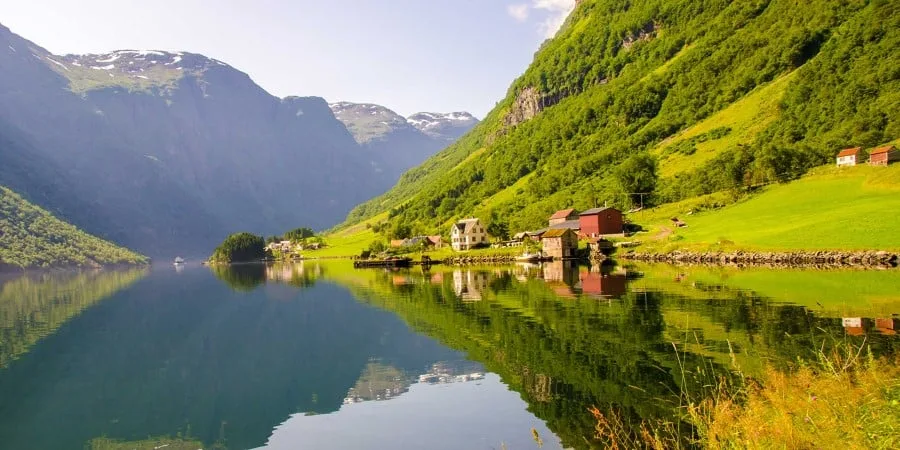
Norway in a Nutshell | 1 day
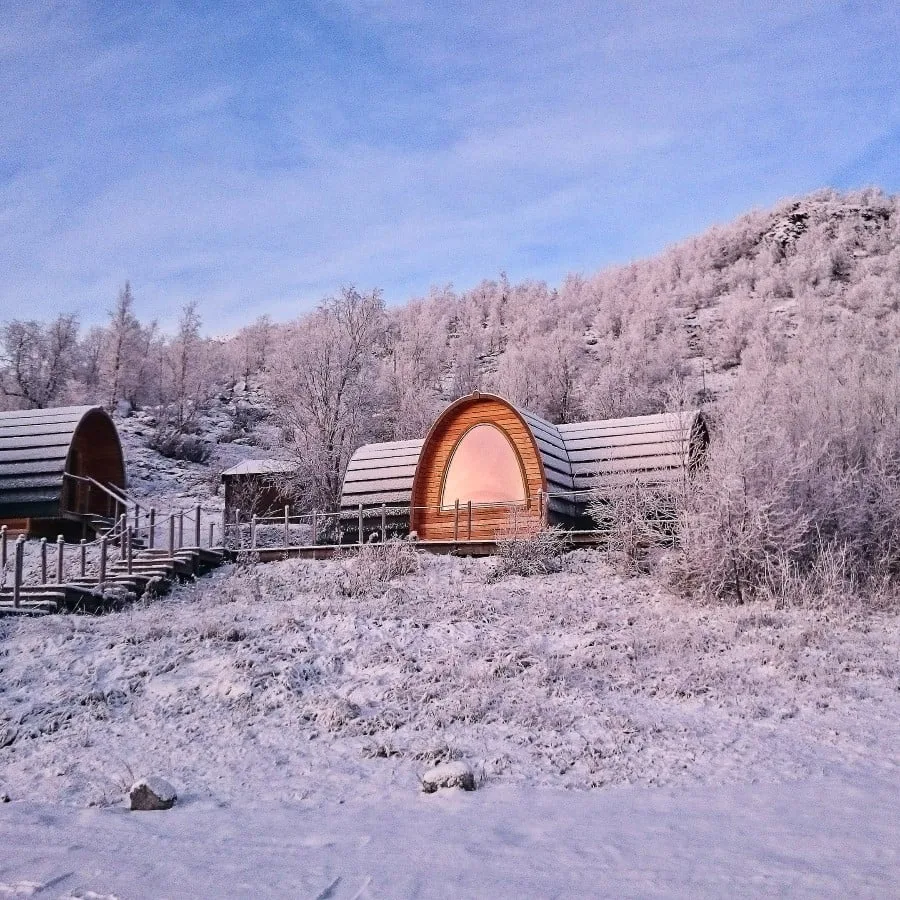
Gamme Cabins by Kirkenes Snowhotel

Snowhotel – A Unique Winter Experience
- Agent Login
- Manage Booking

- Idyllic Aegean – 7 Nights
- Summer (Mar - Oct)
- Iconic Aegean Summer – 4 Nights
Iconic Aegean Summer - 3 Nights
- Winter (Mar, Oct, Nov)
Iconic Aegean - 4 Nights
Iconic aegean - 3 nights.
- Arabian Gulf Mini Cruises
- Desert Days – Dubai – Abu Dhabi – 4 Nights
- Desert Days – Abu Dhabi – Dubai – 3 Nights
Idyllic Aegean - 7 Nights
- Heavenly Adriatic 2024 – 7 Nights
Steps of Paul - 7 Nights
- Desert Days – 7 Nights
- Desert Days & Qatar Grand Prix – 7 Nights
- Desert Days – Doha Extended Stay – 7 Nights
- Desert Days & Abu Dhabi Grand Prix – 7 Nights
- Desert Days Abu Dhabi Extended Stay – 7 Nights
- Summer Heavenly Adriatic – 7 Nights
Three Continents - 7 Nights
- Idyllic Aegean & Steps of Paul - 14 Nights
- Ancient Athens to Dazzling Doha – 14 Nights
- Desert Days & Double Grand Prix – 14 Nights
- Dazzling Doha to Ancient Athens – 14 Nights
- Heavenly Adriatic & Idyllic Aegean – 14 Nights
- Thessaloniki
- All Inclusive Cruising
- Solo Cruises
- Family Cruises
- Group Cruises
- Last Minute Cruises
- Religious Cruises
- Cuisine Cruises
- Mini Cruises – 3 & 4 Day
- Winter Cruises
- Cultural Cruises
- Wedding Cruises
- Download 2024 | 2025 Cruise Brochure
Destinations
- View all destinations
- Chania Souda
- Greece and Greek Islands
- Download 2024 | 2025 Brochure
Top Destinations

- Celestyal Journey
- Celestyal Discovery
- What's Included
- Complimentary Dining
- Shore Excursions
- On Board Entertainment
Port Charges and Gratuities
- Drinks Menus
- Dining Menus
- Concierge Services
- Special Occasions
- Embarkation Protocols
- Authentic Excursions
- Our Special Offers
- Peace of Mind
- Sign up for Cruise Deals Emails
Greek Island Hopping Cruises
Mini cruises, 7 night cruises, back to back cruises, arabian gulf, cruises from, theme cruises, mediterranean, inclusive cruising, food and drink, know before you go – brochure.
- +30 211 1995176
Accelerated Arabian Adventures
Desert Days & Grand Prix 7-14 nights
More search options
Explore Desert Days in the Arabian Gulf
Get onboard
Calling All Early Birds
Book now for 2025.
Low Deposits from
You just have to be there!
Desert Days – 7 Nights
Search cruises
Be one of over 100,000 people who cruise with us every year
Stellar value.
Our cruises offer exceptional value for money compared to other Greek Isles cruises, with packages that make sure you get the best from your budget.
Authentic Experiences
Our Greek roots mean we understand the heart and soul of the Mediterranean, bringing you warm hospitality, local knowledge, and a spirit of adventure.
We speak your language
From English-speaking hosts on excursions, to daily programmes, menus and onboard announcements, you’ll always be part of the conversation.
Award winning
We’ve been recognized more than 80 times over the past nine years, for everything from five-star service to incredible itineraries. You’re in safe hands.
Top destinations

Few islands have the power to captivate the way Santorini do…

There is no Greek island more synonymous with carefree times…

The horseshoe-shaped Greek island of Milos, which is the sou…
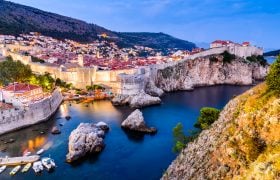
Embark on an unforgettable adventure as you step foot in the…
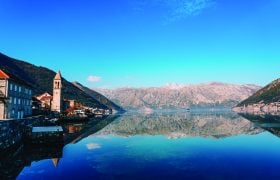
Where red rooftops contrast with crystal blue waters and tow…
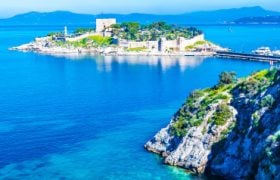
In the great atlas of Mediterranean antiquity, few cities sh…

There are islands in the Mediterranean with captivating hist…
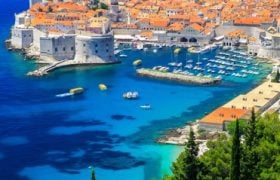
The fifth-largest island in the Mediterranean and the larges…
Popular cruises
Athens (Greece) • Mykonos (Greece) • Kusadasi (Turkey) • Patmos (Greece) • Heraklion, Crete (Greece) • Santorini (Greece) • Athens (Greece)
View details & itinerary
Celestyal Discovery departing Athens (Lavrion)
Cruises from €249
View 54 dates
Athens (Greece) • Mykonos (Greece) • Kusadasi (Turkey) • Patmos (Greece) • Santorini (Greece) • Athens (Greece)
View 4 dates
Iconic Aegean Summer - 4 Nights
Athens (Greece) • Mykonos (Greece) • Kusadasi (Turkey) • Patmos (Greece) • Rhodes (Greece) • Heraklion (Greece) • Santorini (Greece) • Athens (Greece)
Cruises from €389
View 53 dates
Athens (Greece) • Mykonos (Greece) • Kusadasi (Turkey) • Patmos (Greece) • Rhodes (Greece) • Santorini (Greece) • Athens (Greece)
Cruises from €359
View 5 dates
Athens (Greece) • Thessaloniki (Greece) • Kusadasi (Turkey) • Heraklion, Crete (Greece) • Santorini (Greece) • Mykonos (Greece) • Milos • Athens (Greece)
Celestyal Journey departing Athens (Piraeus) - Greece
Cruises from €789
View 97 dates
Athens (Greece) • At Sea • Port Said (Egypt) • Ashdod (Israel) • Limassol (Cyprus) • Rhodes (Greece) • Kusadasi (Turkey) • Athens (Greece)
Celestyal Discovery departing Athens (Piraeus) - Greece
Cruises from €559
Heavenly Adriatic - 7 Nights
Athens (Greece) • Kefalonia (Greece) • Dubrovnik (Croatia) • Kotor (Montenegro) • Bari (Italy) • Corfu (Greece) • Katakolo (Greece) • Athens (Greece)
Cruises from €989
Summer Heavenly Adriatic - 7 Nights
Athens (Greece) • At Sea • Kotor (Montenegro) • Split (Croatia) • Venice (Italy) • At Sea • Katakolo (Greece) • Athens (Greece)
Desert Days - 7 Nights
Doha (Qatar) • Khalifa Bin Salman (Bahrain) • Dubai (UAE) • Dubai (UAE) • Khasab (Oman)* • Sir Bani Yas Island (UAE) • Abu Dhabi (UAE) • Doha (Qatar)
Celestyal Journey departing Doha - Qatar
Cruises from €529
View 13 dates
Athens (Greece) • Thessaloniki (Greece) • Kavala (Greece) • Istanbul (Turkey) • Dikili (Turkey) • Kusadasi (Turkey) • Patmos (Greece) • Athens (Greece)
Cruises from €1,419
Ancient Athens to Dazzling Doha - 14 Nights
Athens, Greece • Kusadasi, Turkey • At Sea • Cairo (Port Said), Egypt • At Sea (Suez Transit), Egypt • Sharm El Sheik, Egypt • At Sea • At Sea • At Sea • At Sea • At Sea • Muscat, Oman • At Sea • Dubai, UAE • Doha, Qatar
Cruises from Continue For Price
See all cruises
Popular Experiences

Ancient Ephesus and the Terrace Houses
… more

House of Virgin Mary & Ancient Ephesus

Classical Athens and its Monuments
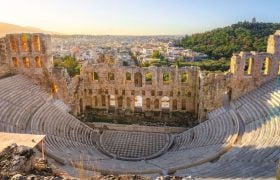
The Acropolis & The New Acropolis Museum
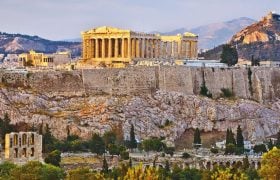
Athens monuments and the Acropolis
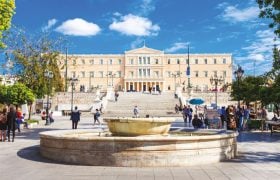
Athens tour and the New Acropolis Museum

Ancient Ephesus

Classic Cairo
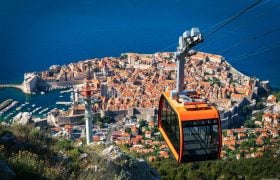
Historic Dubrovnik
The story of Dubrovnik We ascend to the top of Srdj Hill by … more
See all excursions
Our promise – Simple. Flexible. Fair
Low booking deposit
€250 per cabin €500 per suite €500 per cabin or suite on 7+ night cruises
Book now, pay in full later
Secure your sailing with a deposit, then no need to pay until 60 days before your departure.
Freedom to cancel
Cancel your cruise with no fees up to 90 days before departure.
Read more about the Celestyal Promise
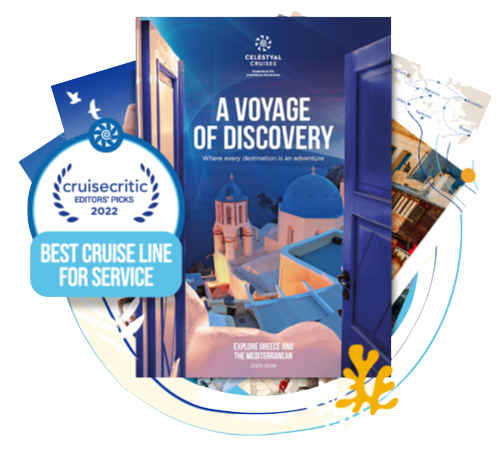
Begin with the tour of your brochure
Explore the Mediterranean while you flick between the pages of our 2024-2025 Cruise Brochure. Where will your journey take you?
An Inclusive Experience
Complimentary dining, select drinks with meals, €75 shorex excursion discount, vibrant entertainment, latest awards & recognitions.

#CELESTYALCRUISES
Celestyalcruises.

Begin with a tour of our brochure
Explore the Mediterranean as you flick between the pages of our 2024-2025 Cruise Brochure. Where will your journey take you?

Sign up to our mailing list offers, tips and stories
We’re the number one choice for travellers to the Greek Islands and Mediterranean – a fact we love to share.

Thank you for requesting a quote about the amazing cruises we have on offer at Celestyal Cruises.
Our team are looking into your request and will be in touch within 2 working days. We are confident you will not be disappointed!
Thank you your enquiry.
This has been sent to our team of experts and we will be in touch shortly. If you have any further questions please contact us on
Back to Celestyal
Privacy Overview

Language United States Argentina Australia Balkans Canada Chile Colombia English (INT) English (UK) EU France Germany Greece Cyprus Mexico New Zealand Brazil Spain
Oops, before we can share our inspiring email content with you, we first need to make sure that you’re happy that we’re going to look after your data and not share it with anyone else. Please ensure you tick the boxes to let us know you’re happy with that. Thanks.
Welcome Aboard!
We’ve sent you your Cruise Brochure
Download your brochure

The Top Cruises and Tours to Book for the 2026 Solar Eclipse
So now, while we're still riding the wave of eclipse-mandated excitement, it's time to be thinking about the next one. If you were hoping it'd bless the US for the second time in a row, you'll be disappointed. The next total solar eclipse will, in fact, happen on August 12, 2026, and its path of totality will spread from the Arctic all the way down to northeastern Portugal, crossing three other countries as well, including Greenland, Iceland, and Spain.
Stargazing fans and space enthusiasts are already excited, and the travel industry has already been in high gear organizing trips, experiences, and events that are eclipse-oriented for the big event of 2026. Pretty wild, isn't it? However, if you think about how fast many 2024 eclipse experiences sold out, it makes sense that the travel industry is already thinking ahead. You know, to give a chance to everyone to experience the eclipse at some point .
As of right now, many tours, cruises, and experience packages for the planet's next total solar eclipse are already very much open for booking, though it may not be long before they sell out.
For those planning ahead, astronomy-focused tour company Sirius Travel is now accepting reservations for both its Mallorca, Spain and Iceland trips in August 2026, and they are both, of course, geared towards the eclipse. Astronomy guide website Sky & Telescope has already mapped out (and is accepting reservations for) an 11-day itinerary of Spain, where between one city and the other—including Barcelona, Aragon, and Madrid—guests will also be able to marvel at the gorgeous eclipse.
While a few organizations are already accepting reservations for their 2026 eclipse trips, others are still ironing out details—but general plans are already public and available. TravelQuest International, for example, has already announced plans for both Spain and an Iceland eclipse tours, and those interested can sign up to get notified with full program details in the coming months.
If you look at the 2026 path of totality you'll also notice that a good section of it will fall on the Arctic and the Atlantic Ocean. And you know what that means—eclipse cruise trips! Princess Cruises—which welcomed guests aboard its ships for the 2024 eclipse as well —is launching another eclipse cruise package aboard the Sky Princess for 2026, which will take guests close to Spain on the day of the eclipse. Reservations for this eclipse cruise open on May 23 on Princess Cruises' website .
Cunard Cruises has also announced three different eclipse trips for 2026. Guests will be able to see the eclipse from three different marvelous spots, depending on the itinerary they pick. One will take them to Norway and Iceland, while another one will have guests cruise through Spain and France. The third alternative is to hop on a ship and head towards the Western Mediterranean, and witness the total solar eclipse from there.
Holland America Line will also be offering different eclipse-centered itineraries in 2026, but details are yet to be announced. As USA Today reports , the cruise line is planning three different sailings in Europe for the event to allow guests to be in the path of totality.
Other websites and travel organizers are offering even longer and wider trips, taking guests across multiple countries. Eclipse Traveler , for example, is offering a 15-night trip across both Portugal and Spain to ultimately witness the celestial event, while Astro Trails is willing to take space enthusiasts on a 12-day trip through both Iceland and Greenland for the occasion.
Regardless of which trip you choose to participate in, always remember to stay safe during a total solar eclipse. You can check out our handy guide on what safe and reliable eclipse glasses to buy and wear. Want more Thrillist? Follow us on Instagram , TikTok , Twitter , Facebook , Pinterest , and YouTube .
Serena Tara is a Staff Writer on the News team at Thrillist. She will beg you not to put pineapple on pizza. Follow her on Twitter and Instagram .
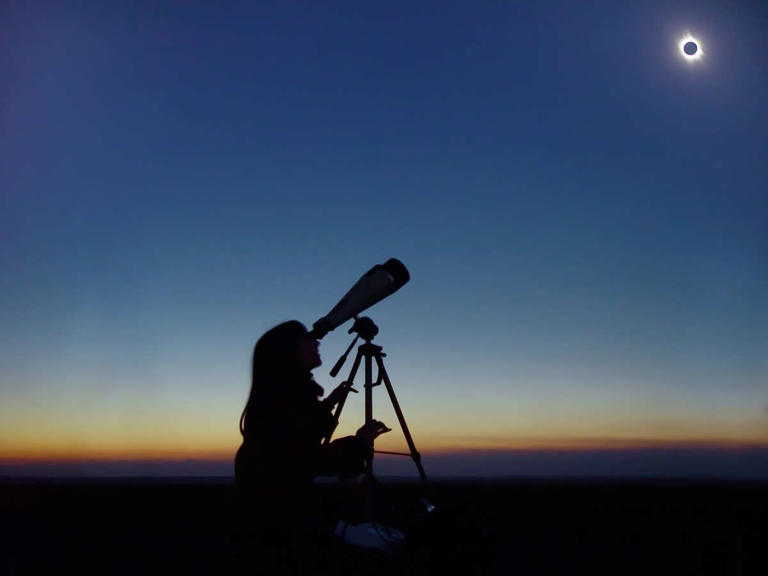
- Search Please fill out this field.
- Manage Your Subscription
- Give a Gift Subscription
- Sweepstakes
You'll Be Able to See Jupiter and Uranus Tomorrow Night — What to Know
Here’s how to spot the Jupiter-Uranus hangout on Saturday, plus tips for snagging the best planet view.
Stephanie Vermillion is a travel journalist and photographer covering culture and adventure for Travel + Leisure Outside, and more.
:max_bytes(150000):strip_icc():format(webp)/Stephanie-Vermillion-author-pic-936a16f1e2994cb3a3421e722bb0e770.jpg)
m-gucci/Getty Images
On the night of April 20, two of Earth’s interstellar neighbors will hang out in the evening sky — and you can admire them with your own two eyes, or better yet, a pair of binoculars .
The two will appear only half a degree apart, according to the Society for Popular Astronomy ; that’s around the same diameter as the moon. This proximity means Jupiter and Uranus will both fit in the same binocular view. A dim new moon will only enhance the viewing.
Here’s how to spot the Jupiter-Uranus hangout on the evening of April 20, plus tips for snagging the best planet view.
When to See Jupiter ‘Meet’ Uranus
Jupiter and Uranus have been hovering near each other throughout the month — to the point they even appeared together near the moon during the total solar eclipse . They will reach their closest point the night of April 20, according to stargazing app Starwalk . For the best observation, head out just after sunset. The two will slide beneath the horizon around 10 p.m. EDT.
They may appear to touch in the sky this evening, but Jupiter and Uranus actually have over 1 billion miles of distance between them, according to ThePlanets.org.
Where to Look for Jupiter and Uranus on Saturday Night
The planet duo will travel from the western sky toward the northwest horizon as the evening wears on. Look for Jupiter and Uranus after sunset just below the Pleiades star cluster, and near the constellation Aries. Try a stargazing app, such as Starwalk or SkySafari , to aid your night-sky navigation.
How to See Jupiter and Uranus
Given Jupiter and Uranus are only half a degree from each other in the night sky, you’ll be able to see both simultaneously in a pair of stargazing binoculars . Stargazers rarely need visual aids to observe bright Jupiter, but binoculars can enhance the view —and make tougher-to-spot Uranus more visible. To further improve your stargazing, watch for the duo from a dark-sky destination with minimal light pollution, such as a stargazing-focused hotel — or, even better, a hotel with in-room telescopes and guided stargazing .
NASA greenlights 2028 launch for epic Dragonfly mission to Saturn's huge moon Titan
"Dragonfly is a spectacular science mission with broad community interest, and we are excited to take the next steps on this mission."
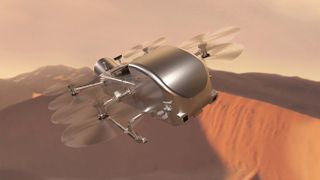
NASA's delayed Dragonfly drone mission to Saturn's largest moon Titan is on track to launch in July 2028, the space agency confirmed late Tuesday (April 16).
The highly anticipated decision greenlights the mission team to proceed to final mission design and testing in preparation for the revised launch date.
The car-sized Dragonfly , which is being built by the Johns Hopkins Applied Physics Laboratory (APL) in Laurel, Maryland, will reach Titan in 2034. For the next 2.5 years, the nuclear-powered drone is expected to perform one hop every Titan day — 16 days to us Earthlings — hunting for prebiotic chemical processes at various pre-selected locations on the frigid moon, which is known to contain organic materials.
Related: Nuclear-powered Dragonfly mission to Saturn moon Titan delayed until 2028, NASA says
As the only satellite in our solar system known to be blanketed by a dense atmosphere and host liquid seas on its surface, Titan has long interested planetary scientists, who think the moon resembles the primordial, methane-rich Earth and could offer clues to the genesis of life. Rivers of hydrocarbons, combined with the presence of potentially life-supporting organic material , boost the case for Titan's habitability, which Dragonfly will help investigate.
While the Dragonfly mission passed a series of independent technical reviews early last year and was on track for its original launch date of 2027, NASA had postponed setting the final launch date due to uncertainty in how much money would be available for mission development this year and the next. The proposed 2025 budget request for NASA, released by the Biden Administration in early March, allocates $2.73 billion for robotic planetary exploration that includes the Dragonfly mission, whose total lifecycle costs will now be $3.35 billion, NASA said in a statement .
That final price tag is significantly higher than the initially proposed cost for Dragonfly, whose development was capped at $1 billion when it was first selected in 2019 as the fourth mission in NASA's New Frontiers program. The space agency said the mission's budget increased because of design iterations, supply-chain issues due to the COVID-19 pandemic and extra funds for a heavy-lift launch vehicle that would compensate for the delayed arrival at Titan by shortening the spacecraft's cruise phase.
Get the Space.com Newsletter
Breaking space news, the latest updates on rocket launches, skywatching events and more!
— Strange winds blow on Saturn’s moon Titan. New clues could solve this decades-old mystery
— NASA's Titan Dragonfly will touch down on a field of dunes and shattered ice
— NASA wants to fly this nuclear Dragonfly drone on Saturn's moon Titan. Watch its wind tunnel test (video)
Over a decade before Dragonfly actually flies on Titan, several of the drone’s components, including its control and navigation systems, have been tested on Earth. In July 2022, mission engineers flew a drone identical to Dragonfly over California’s Imperial Dunes, which resemble Titan’s organic-rich dunes, and in wind tunnels at NASA’s Langley Research Center in Virginia. NASA's official confirmation on Tuesday allows the mission to proceed to final design stages.
"Dragonfly is a spectacular science mission with broad community interest, and we are excited to take the next steps on this mission," Nicky Fox, associate administrator of NASA's Science Mission Directorate, said in the statement. "Exploring Titan will push the boundaries of what we can do with rotorcraft outside of Earth."
Join our Space Forums to keep talking space on the latest missions, night sky and more! And if you have a news tip, correction or comment, let us know at: [email protected].
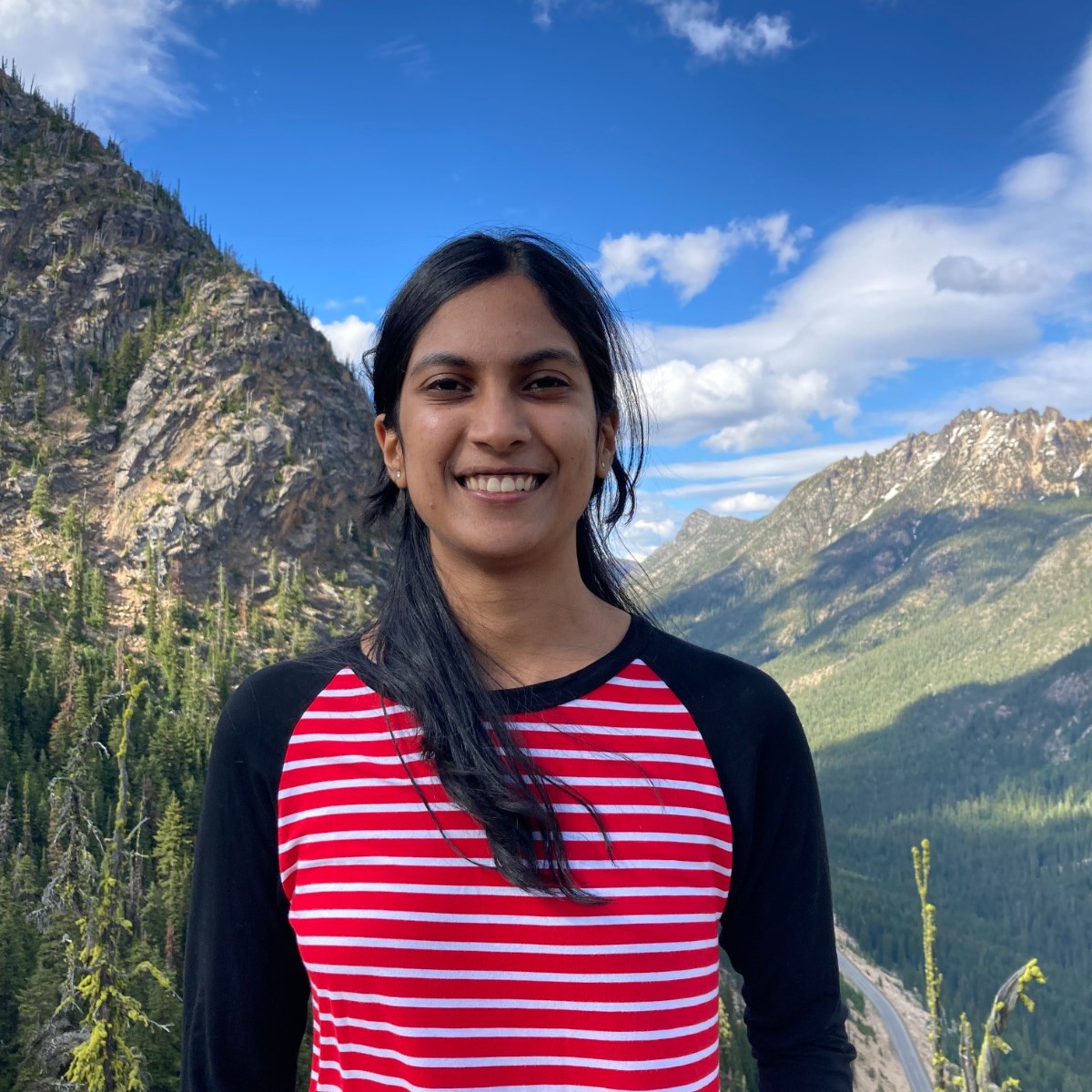
Sharmila Kuthunur is a Seattle-based science journalist covering astronomy, astrophysics and space exploration. Follow her on X @skuthunur.
How exotic alien life could thrive in the giant molecular clouds of deep space
Nuclear-powered Dragonfly mission to Saturn moon Titan delayed until 2028, NASA says
Private space-junk probe to conduct up-close inspection of spent rocket stage
- newtons_laws According to this site https://dragonfly.jhuapl.edu/Why-Titan/ the surface atmosphere of Titan (which incidentally is 94% Nitrogen) is approx 4 times the density of Earth's, and the surface gravity is 1/7 that of Earth's. So taking the two factors together means that it's a lot easier to have a rotorcraft fly on Titan than on Earth. Of course given the distance from the Sun and the thick atmosphere rules out making the rotorcraft solar powered, so it will be nuclear (RTG) powered. Looks to be a fascinating mission. :) Reply
- View All 1 Comment
Most Popular
- 2 Watch 'Devil Comet' approach the sun during explosive coronal mass ejection (video)
- 3 Japanese satellite will beam solar power to Earth in 2025
- 4 China's experimental moon satellites beam back lunar imagery (video, photo)
- 5 Are we prepared for Chinese preeminence on the moon and Mars? (op-ed)
Thank you for visiting nature.com. You are using a browser version with limited support for CSS. To obtain the best experience, we recommend you use a more up to date browser (or turn off compatibility mode in Internet Explorer). In the meantime, to ensure continued support, we are displaying the site without styles and JavaScript.
- View all journals
- My Account Login
- Explore content
- About the journal
- Publish with us
- Sign up for alerts
- Open access
- Published: 12 April 2024
BepiColombo observations of cold oxygen and carbon ions in the flank of the induced magnetosphere of Venus
- L. Z. Hadid ORCID: orcid.org/0000-0002-8587-0202 1 ,
- D. Delcourt 1 , 2 ,
- Y. Saito ORCID: orcid.org/0000-0002-1354-3544 3 ,
- M. Fränz ORCID: orcid.org/0000-0003-4521-2931 4 ,
- S. Yokota ORCID: orcid.org/0000-0001-8851-9146 5 ,
- B. Fiethe 6 ,
- C. Verdeil 7 ,
- B. Katra 1 ,
- F. Leblanc 1 ,
- H. Fischer ORCID: orcid.org/0000-0002-2407-7227 4 ,
- M. Persson ORCID: orcid.org/0000-0003-3497-3209 7 , 8 ,
- S. Aizawa ORCID: orcid.org/0000-0002-3483-3444 1 ,
- N. André 7 ,
- Y. Harada ORCID: orcid.org/0000-0002-4001-6352 9 ,
- A. Fedorov ORCID: orcid.org/0000-0002-9975-0148 7 ,
- D. Fontaine ORCID: orcid.org/0000-0002-4348-2623 1 ,
- N. Krupp ORCID: orcid.org/0000-0003-4683-9533 4 ,
- H. Michalik 6 ,
- J-J. Berthelier 10 ,
- H. Krüger 4 ,
- G. Murakami 3 ,
- S. Matsuda 11 ,
- D. Heyner 12 ,
- H.-U. Auster 12 ,
- I. Richter ORCID: orcid.org/0000-0002-5324-4039 12 ,
- J. Z. D. Mieth 12 ,
- D. Schmid ORCID: orcid.org/0000-0001-7818-4338 13 &
- D. Fischer 13
Nature Astronomy ( 2024 ) Cite this article
1978 Accesses
400 Altmetric
Metrics details
- Inner planets
- Magnetospheric physics
On 10 August 2021, the Mercury-bound BepiColombo spacecraft performed its second fly-by of Venus and provided a short-lived observation of its induced magnetosphere. Here we report results recorded by the Mass Spectrum Analyzer on board Mio, which reveal the presence of cold O + and C + with an average total flux of ~4 ± 1 × 10 4 cm −2 s −1 at a distance of about six planetary radii in a region that has never been explored before. The ratio of escaping C + to O + is at most 0.31 ± 0.2, implying that, in addition to atomic O + ions, CO group ions or water group ions may be a source of the observed O + . Simultaneous magnetometer observations suggest that these planetary ions were in the magnetosheath flank in the vicinity of the magnetic pileup boundary downstream. These results have important implications regarding the evolution of Venus’s atmosphere and, in particular, the evolution of water on the surface of the planet.
Similar content being viewed by others
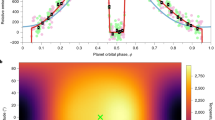
Diurnal variations in the stratosphere of the ultrahot giant exoplanet WASP-121b
Thomas Mikal-Evans, David K. Sing, … Jessica J. Spake
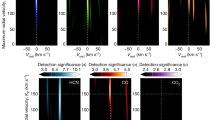
Five carbon- and nitrogen-bearing species in a hot giant planet’s atmosphere
Paolo Giacobbe, Matteo Brogi, … Andrea Tozzi

The water abundance in Jupiter’s equatorial zone
Cheng Li, Andrew Ingersoll, … Zhimeng Zhang
During its formation, Venus was similar to Earth in many ways, including the existence of substantial amounts of liquid water 1 , 2 . However, Venus eventually evolved in a divergent way, leading to substantial differences between the two planets. Unlike Earth, Venus is now an extremely dry planet that lacks an intrinsic magnetic field. The continuous impact of the solar wind on the atmospheres of both planets results in important atmospheric losses 3 , 4 , 5 . The atmosphere of Venus, predominantly composed of carbon dioxide with smaller amounts of nitrogen and other minor species, is affected by interactions with the solar wind, leading to important ion outflows 6 , 7 , 8 , 9 . Therefore, studying and characterizing the present escape of ions from Venus is important for understanding the evolution of its atmosphere, and in particular, the evolution of water on the surface of the planet. Such studies may also provide insights into the general climate and habitability evolution of terrestrial planets and exoplanetary systems 10 .
Our current understanding of the plasma environment around Venus is rooted in several pioneering missions. Mariner 2 (1962–1963) 11 was the first successful mission to establish the absence of an internal magnetic field in Venus. Venera 4 (1967) provided further information by conducting the first measurements of the planet’s ionosphere during its descent into the atmosphere. Subsequently, Pioneer Venus Orbiter (PVO, 1978–1992) systematically mapped the various regions of interaction between the Sun and Venus and their boundaries 7 . These regions include the bow shock and magnetosheath generated by the interaction of the supersonic solar wind and the magnetic barrier region separating the shocked solar wind plasma and planetary ions 12 . The upstream boundary of the magnetic barrier is commonly referred to as the magnetic pileup boundary (MPB) 13 , 14 , 15 . Despite the restricted energy range of the Orbiter Plasma Analyzer 16 on board PVO, H + and O + were revealed to be the dominant ion species above 200 km altitude and were shown to escape tailward 17 , 18 , 19 , 20 . More complete ion composition measurements date from the Venus Express spacecraft (VEx, 2006–2014). Its highly polar orbits and comprehensive plasma package, Analyser of Space Plasmas and Energetic Atoms (ASPERA-4) 21 , allowed detailed investigations of the low-altitude terminator and the mid-magnetotail regions up to a distance of about four planetary radii, which were not covered by the PVO mission (Fig. 1 ). One of its major findings was the absolute number of escaping hydrogen, helium and oxygen ions. In particular, it was shown that the ratio of escaping hydrogen to oxygen is about 2.6, which indicates that water is a major source of these ions 22 , 23 . Moreover, the flux of the escaping heavy ions with mass-to-charge ratio m / q ≥ 16, which includes O + , O \({}_{2}^{+}\) and CO \({}_{2}^{+}\) , were observed during the solar minimum to be about three orders of magnitude larger in the mid-magnetotail region (~10 8 cm −2 s −1 ) than in the magnetosheath flank (~10 5 cm −2 s −1 ) with a total average escape rate of about 5.2 ± 1.0 × 10 24 s −1 (ref. 24 ). Even though extensive statistical studies and reliable ion measurements were conducted, it was not possible to differentiate heavy species such as C + , N + , O \({}_{2}^{+}\) and CO \({}_{2}^{+}\) from O + because of the limited mass resolution of the ion mass analyser of the ASPERA-4 instrument suite. So far, no evidence of C + in the near Venus environment has been reported, except during a rare crossing of the planet’s ionotail by the Solar and Heliospheric Observatory (SOHO) spacecraft in 1996 at the first Lagrangian point in the Earth–Sun system, which was as far as 45 million km from the planet 25 . The flux of escaping 15 keV (15 eV with respect to the mean proton energy) O + and C + ions was reported to be of the order of 2 × 10 3 cm −2 s −1 , with an abundance of C + to O + of ~10%.
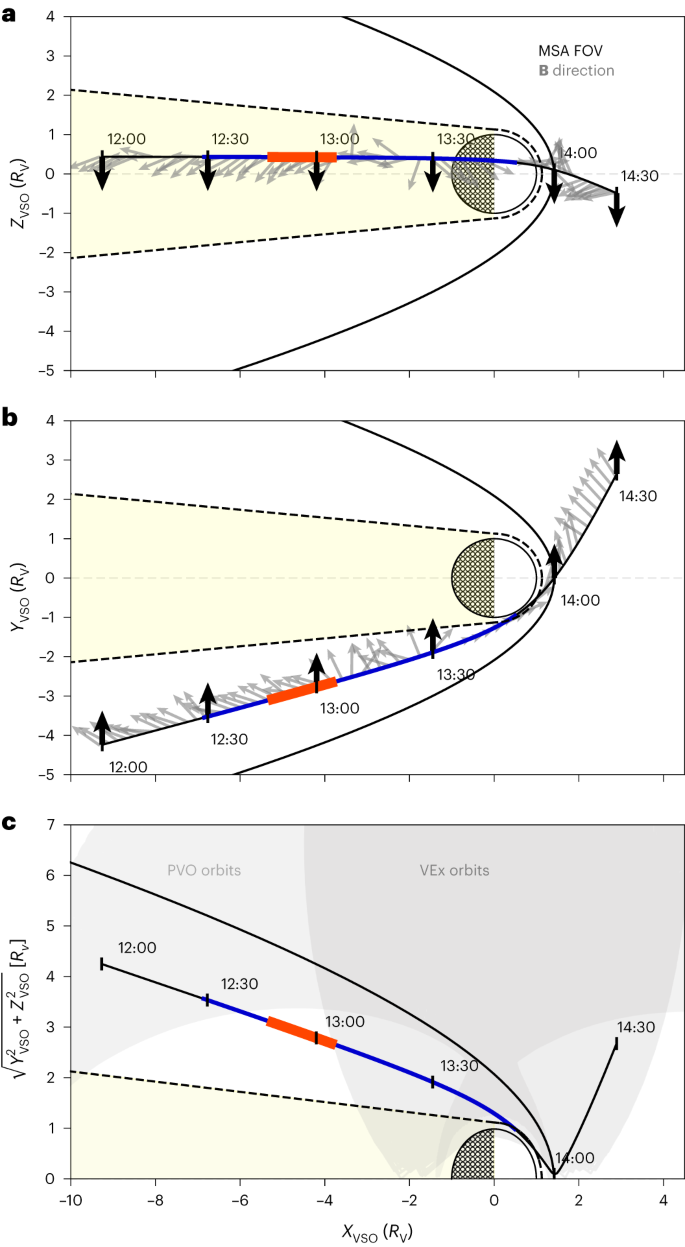
The trajectory is shown in ( a ) \(\text{X}_{VSO}\text{Z}_{VSO}\) ( b ) \(\text{X}_{VSO}\text{Y}_{VSO}\) and ( c ) \(\text{X}_{VSO}\sqrt{\text{Y}_{VSO}^2 + \text{Z}_{VSO}^2}\) planes. The VSO system is analogous to geocentric solar ecliptic coordinates. X VSO is directed from the centre of the planet towards the Sun, Z VSO is normal to the Venus orbital plane and positive towards the north celestial pole, and Y VSO is positive in the direction opposite to the orbital motion. All dimensions are expressed in terms of Venus radii ( R V = 6,051 km). An empirically derived estimate of the bow-shock location 48 is shown as black solid lines. An estimate of the induced magnetospheric boundary (sometimes referred to as the upper mantle boundary) 49 is shown as black dashed lines for reference. The portion of the orbit highlighted in blue corresponds to the trajectory of BepiColombo during which MSA was operating (12:28–13:49 ut ). The segment in red (12:47–13:04 ut ) corresponds to the time interval during which low-energy planetary ions were observed. The black and grey arrows indicate the viewing direction of MSA and the magnetic field direction during the fly-by, respectively. The light grey and dark grey curves represent PVO (1984–1988) and VEx (2006-2010) trajectories during the solar minimum, respectively.
Most of the heavy ions in Venus’s ionosphere are cold (and slow moving). However, some of them are accelerated up to the escape velocity (10 km s −1 ) or above (refs. 26 , 27 and references therein). The forces at work here involve: (1) the electric fields acting on ions, including the convective field of the solar wind (pickup process), (2) fields resulting from pressure gradients (‘polar’ wind), (3) an induced electric field ( J × B force) and (4) fields of electromagnetic waves (wave–plasma interactions).
Here we report the first in situ observations made by BepiColombo’s Mass Spectrum Analyzer (MSA) and Mercury Ion Analyzer (MIA) during the spacecraft’s second Venus fly-by on 10 August 2021. The two sensors are part of the Mercury Plasma Particle Experiment (MPPE) 28 , 29 . Although MIA is a toroidal top-hat electrostatic energy analyser that measures ions without mass distinction, MSA combines a spherical top-hat electrostatic energy analyser with a polarized time-of-flight (TOF) chamber (‘reflectron’ type) to allow for ion measurements with enhanced mass resolution. The combined observations of MSA and MIA provide insights into the flow of cold planetary ions and the underlying escape process in the distant flank of Venus’s magnetosphere.
During this second fly-by, BepiColombo travelled into Venus’s induced magnetosphere from dawn to dusk in the nightside northern hemisphere, with an inbound bow-shock crossing around 12:00 ut . It had its closest approach at 13:52 ut at an altitude of 552 km. It then crossed the bow-shock outbound at 14:01 ut and continued upstream in the solar wind (Fig. 1 ). Importantly, due to the ‘stacked configuration’ of BepiColombo during the cruise, the Magnetospheric Orbiter Sunshield and Interface Structure significantly obstructed the field of view (FOV) of all the particle sensors. In fact, only two entrance windows of MSA, which point along the + Z axis of BepiColombo, recorded the ion flux (see Fig. 4 in ref. 28 ). The MSA observation sequence started at 12:28 ut and lasted until 13:49 ut , at which point a ‘safe mode’ automatic procedure turned the instrument off due to the detection of an exceedingly large ion flux by MIA (ref. 29 ), as shown in Fig. 2e . During this 91 min observation interval (red line in Fig. 1 ), the count rate matrices (H + , He 2+ as well as heavy ions, m / q ≥ 4) were acquired at a cadence of 66 s, whereas the TOF spectra of straight-through particles in low mode (referred hereafter as TSTL) were accumulated during 1,024 s (ref. 28 ). Note that because of the limited telemetry rate, some data packets were lost during this observation sequence and only three TSTL products were effectively acquired inside the magnetosphere of Venus between 12:28 ut and 13:49 ut .
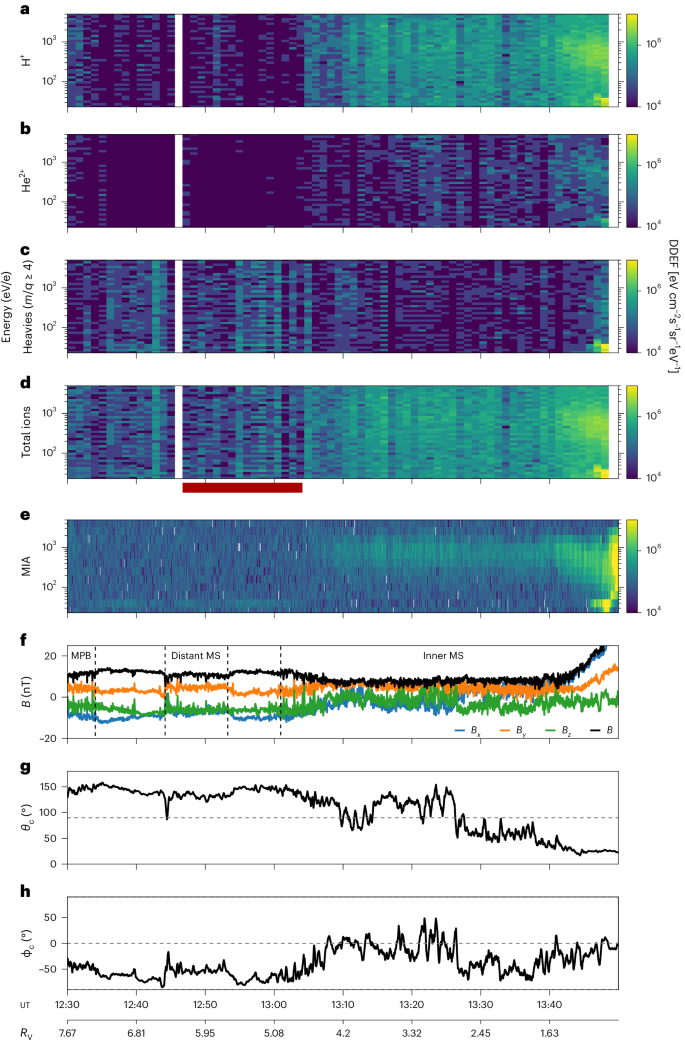
a – h , MSA protons ( a ), MSA alphas ( b ), MSA heavies ( c ), MSA total ions ( d ), MIA ions ( e ), magnetic field components and magnitude in the VSO coordinate system ( f ), cone angle θ c ( g ) and clock angle ϕ c ( h ). The red segment between d and e shows the MSA TOF observation sequence between 12:47 ut and 13:04 ut during which the composition of the heavy ions was identified (Fig. 3 ). Note the good agreement between the total MSA and MIA DDEF spectra after 13:40 ut ( d and e ). The vertical dashed lines in f represent the MPBs encountered by BepiColombo in the vicinity of the distant magnetosheath (MS).
Source data
Msa and mia ion observations and magnetic field data.
The observation sequence for MSA before the closest approach is displayed in Fig. 2 . An increase of the H + differential directional energy flux (DDEF) can be seen at ~13:08 ut and ~13:40 ut (Fig. 2a ) and signatures of He 2+ ions around 400 eV can be noticed between 13:45 ut and 13:49 ut (Fig. 2b ) as BepiColombo was approaching the planet. These H + and He 2+ ion populations, which probably originated from the solar wind, are confirmed by the MIA instrument, which also revealed a maximum DDEF intensity near closest approach (Fig. 2e ). Moreover, an increase of the heavy-ion flux is observed in the 12:30–13:08 ut time interval (also confirmed by MIA near 20 eV) and closer to the planet around 13:49 ut (Fig. 2c ). Note that the vertical spread of the DDEF with respect to energy in Fig. 2a–d is an artefact from the software version used by MSA at the time of the fly-by. To support these ion measurements, magnetic field data from the magnetometer on board the Mercury Planetary Orbiter (MPO-MAG) 30 , 31 is included in Fig. 2f . It is apparent from this latter panel that the sharp increase of the proton DDEF in the magnetosheath flank at ~13:08 ut (Fig. 2a ) coincided with a change in the magnetic field orientation and magnitude. More specifically, after ~13:08 ut , the magnetic field magnitude decreased, the cone ( θ c , Fig. 2g ) and the clock angle ( ϕ c , Fig. 2h ) changed from ~147° (anti-sunward) and approximately −70° (southward) to ~96° (perpendicular to the Venus–Sun line) and approximately −2° (eastward), respectively. Keeping in mind that the nominal Parker spiral angle at Venus is ~144°/36°, this implies that until ~13:08 ut , the magnetic field was nearly along the Parker direction. The sharp changes of the magnetic field orientation and the ion DDEF suggest that there was a crossing of different regions in the plasma environment of Venus. The consecutive increase in the field components around 12:40 ut and 13:00 ut (consistent with an increase in draping 32 ) and the suppression of the magnetosheath wave activity strongly indicate that BepiColombo moved across the MPB, where it subsequently observed the cold ion outflow. From 13:08 ut until 13:40 ut , along with the appearance of kilo-electronvolt ions, the spacecraft was in the dayside magnetosheath flank and got closer to the induced magnetospheric boundary after 13:40 ut (Fig. 1 ).
MSA TOF analysis
Due to the low signal-to-noise ratio of MSA data during this encounter and the low mass resolution of the count rate matrices during the cruise, heavy ions cannot be clearly identified from the corresponding energy–time spectrograms (Fig. 2 ). However, identifying these ions is possible from the acquired TOF spectra. During this fly-by, only two TOF spectra were acquired inside Venus’s induced magnetosheath, in the time intervals 12:47–13:04 ut and 13:04–13:22 ut . The first TOF spectrum (in the distant magnetosheath) is shown in Fig. 3 . The ion TOFs were measured for 2,000 TOF channels of 0.78125 ns each. The histogram in Fig. 3 shows the data between 12:47 and 13:04 ut as groups of 24 TOF channels and are compared with MSA calibration profiles for O + and C + (green and orange curves, respectively). Note that the MSA raw data were obtained by integrating counts up to 1 keV, although most of these ions have an energy of only ~18 eV (described in more details in Methods ), consistent with MIA observations (Fig. 2e ). The histogram shown in this figure exhibits several peaks of particular interest. Indeed, although the peaks near 423 and 557 ns reflect the presence of O + (with a 95% confidence level, confidence intervals are [417, 462] ns and [532, 587] ns, respectively), the additional peak in the 460–530 ns interval denotes the presence of C + (confidence interval of [486, 513] ns). Note the slight deviation between the calibrated carbon peak and the observed one. At the time of writing, the reason for this deviation is unclear (possibly due to instrumentation, calibration methodology or counts statistics). These well-defined peaks provide clear evidence of planetary heavy ions in the distant magnetosheath flank, a region that has never been explored before. For comparison, the leftmost and rightmost panels in Fig. 4 show histograms before and after the time interval shown in Fig. 3 . It is clear from the left-hand (Fig. 4a ) and right-hand (Fig. 4c ) panels that there is no clear evidence of heavy-ion species in contrast to the centre panel (Fig. 4b ). Note that no changes in the spacecraft attitude were observed during this observation period. This confirms that most of the ions observed between 12:47 ut and 13:04 ut were not due to the spacecraft outgassing or sputtering. Furthermore, in the centre panel of Fig. 4 , the second peak associated with O + appears broadened by another peak between 610 and 700 ns. This additional peak corresponds to a mass-to-charge ratio of approximately 28 atomic mass units (AMU) per electron charge (for singly charged ion species), which could be due to the presence of molecular ions like CO + and N \({}_{2}^{+}\) . However, the densities of these molecular ions are noticeably lower than that of O + above 200 km, and their molecular form was unlikely to be observed by MSA at ~6 R V due to dissociative recombination 33 . Note that these signatures could be caused as well by Si + or other complex ions emitted from the spacecraft, for example, due to Mio’s optical specular reflector outgassing or sputtering 34 . The peak in the 300–380 ns interval is probably due to a combination of two contributions: (1) a minor contribution of negative carbon ions (see caption of Fig. 3 ) and (2) a substantial contribution of multiply charged heavy ions that experience a post-acceleration higher than that of C + before entering the MSA TOF chamber; hence, they have shorter TOFs than those of C + . Precise identification of these multiply charged ions species will require further investigation based on both experimental datasets and numerical modelling, which is out of the scope of the present study. By fitting the peaks of the TOF spectra with Lorentzian distributions (dashed lines in Fig. 3 ; see Methods for more details), we can integrate the total counts and get an estimate of the density fraction of C + with respect to O + . Overall, the abundance of carbon relative to oxygen is at most 31% ± 21%, which is higher than the previously reported abundance of C + to O + of about 10% (ref. 25 ). This suggests that the observed oxygen ions are due to a combination of (1) atomic O + released from the ionosphere, (2) the dissociation of CO or water group ions and (3) the dissociation of molecular O \({}_{2}^{+}\) ions that broke up when crossing the MSA carbon foil. Note that closer to the planet, the composition of the intense ion flux observed by MSA near 20 eV (Fig. 2d ) cannot be investigated due to the lack of TSTL data.
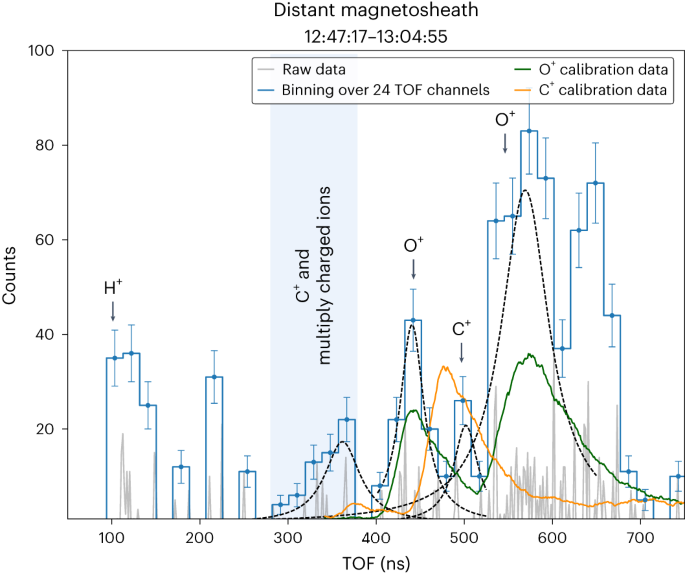
Counts were recorded for Venus’s induced magnetosheath during the second gravity-assist manoeuvre of BepiColombo on 10 August 2021 in the time interval 12:47–13:04 ut . The grey profiles show the data obtained using the full TOF resolution of MSA (namely, 2,000 TOF channels of 0.78125 ns each). The blue histogram represents a binning of these data summed within bins of 24 TOF channels. The error bars along the blue profiles depict the 1 σ deviation of the measurements assuming a Poisson-like distribution. Each point and relative error bar refer to the sum and plus or minus the standard deviation. The green and orange curves represent the MSA calibration of O + and C + , respectively, for a voltage of ±8 kV applied inside the TOF chamber. The peaks highlighted in the grey area at TOF >600 ns represents ions with m / q ≥ 28 AMU e −1 , which may be due to Si + or other complex ions emitted from the spacecraft.

a , In the solar wind upon approach to Venus’s induced magnetosphere. b , c , In Venus’s induced magnetosheath in the time intervals 12:47–13:04 ut ( b ) and 13:04 ut –13:22 ut ( c ). The grey profiles show the data obtained using the full TOF resolution of MSA (namely, 2,000 TOF channels each of 0.78125 ns). The blue histograms represent a binning of these data summed within bins of 24 TOF channels. The error bars along the blue profiles depict the 1 σ deviation of the measurements assuming a Poisson-like distribution. Each point and relative error bar refer to the sum and plus or minus the standard deviation. The format is identical to that of Fig. 3 .
Although previous measurements of cold planetary oxygen were mostly obtained in the ionotail close to Venus, the MSA data presented here provide evidence of cold heavy ions of planetary origin (O + and C + ) in the flank of Venus’s induced magnetosphere, in the vicinity of the upstream MPB. To obtain the total flux, the DDEF was integrated between 12:40 ut and 13:04 ut over the various energy steps of MSA and solid angle. To do so, the measured flux was considered to be obtained from only two MSA entrance windows looking along the spacecraft’s Z axis (see above) and an isotropic ion distribution was assumed. This yielded an average flux of ~4 ± 1 × 10 4 cm −2 s −1 . As noted earlier, previous studies could not distinguish the heavy ions. Nevertheless, a higher flux was reported in the magnetosheath flank closer to Venus ~3R V (~1 × 10 5 cm −2 s −1 ) 24 , and a lower one was reported in the ionotail further away from the planet ~7,500 R V (~2.4–4.4 × 10 3 cm −2 s −1 ) 25 .
The lack of high-resolution field and particle measurements during this fly-by hinders a thorough analysis of the escape process for the planetary ions. However, the estimate of the pitch angle of approximately 140° made using the MSA FOV (Fig. 5 ) suggests that the ions predominantly flow outwards and parallel to the magnetic field, rather than perpendicular to it. Therefore, it is unlikely that these ions are pickup ions. Furthermore, considering the low energy of these observed ions (~18 eV), a plausible explanation for their escape is a process similar to the ‘polar-wind’, in which the thermal pressure gradient and the gravitational separation of ions and electrons along the magnetic field lines set up an ambipolar electrostatic field that accelerates ions towards electrons. As a result, there is an upward flow of ionospheric material 35 , 36 , 37 . Note that measurements made by VEx indicate the formation of an electric field in the Venusian upper ionosphere with a strength of approximately 9.9 V. This electric field can accelerate any ion lighter than 18 AMU to escape velocities 38 , 39 . Note that C + and O + ions would have escape energies of 6.3 and 8.4 eV, respectively, if they were released in the vicinity of the planet’s surface. Furthermore, it has been estimated that the spacecraft potential was approximately 9 V during this fly-by 40 . Consequently, these ions would have undergone an energization of no more than 30 eV before reaching MSA. This indicates that the spacecraft potential plays an insignificant role in accelerating the ions compared to the ambipolar electrostatic field. An alternative explanation to ion acceleration by the ambipolar electric field could be the centrifugal energization (a few tens of electronvolts) experienced by ions as they flow away from the planet due to the E × B convection of the magnetic field lines, as described, for example, in ref. 41 .
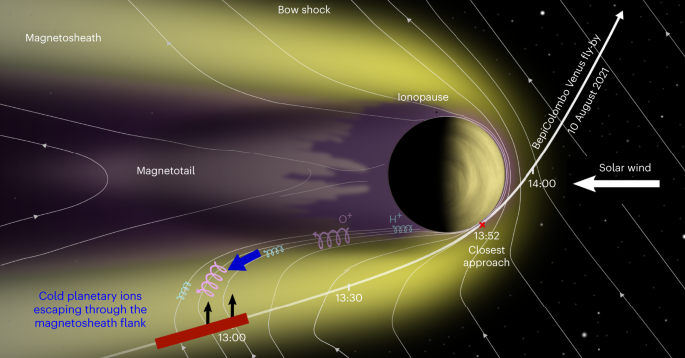
The illustration is of the X – Y VSO plane with a cut at Z VSO = 0. The red segment shows the MSA observation sequence between 12:47 ut and 13:04 ut . The black arrows represent the FOV of MSA, and the blue arrow reflects the ions escaping at an angle of ~140° with the magnetic field lines (the angle is calculated using the FOV of MSA). Unlike other observation sequences, during this time window the incoming ions were moving in the same direction as the MSA FOV. The open magnetic field lines were obtained using the global hybrid model LatHyS (Latmos Hybrid Simulation 50 ), with input parameters (for example, density, velocity, proton temperature and clock angle) constrained by Solar Orbiter observations in the upstream solar wind 51 . The polar view of Venus was taken from the Venus Monitoring Camera (VMC) onboard Venus Express (credits: ESA/MPS).
In conclusion, the science opportunity offered by the second Venus fly-by of BepiColombo allowed us to investigate to some extent the ion composition of Venus’s magnetospheric flank. The present study demonstrates the presence of cold (~18 eV) heavy planetary ions (C + and O + ) with an average total flux of ~4 ± 1 × 10 4 cm −2 s −1 . Although O + ions have been observed to outflow from Venus by previous spacecraft, this study provides the first evidence of escaping C + ions around six planetary radii. Modelling efforts are underway to further investigate the presence of cold heavy ions in the distant magnetosheath flank close to the MPB. Characterizing the loss of heavy ions and understanding the escape mechanisms for Venus are crucial for improving our knowledge regarding the water evolution on the surface of the planet, for determining the history of volatiles in our Solar System and for better constraining models of terrestrial exoplanets.
MSA instruments
The MSA is a high-mass-resolution ion spectrometer on board Mio, BepiColombo’s magnetospheric orbiter. Being part of the MPPE, which is dedicated to particle measurements 29 , MSA is designed to provide three-dimensional mass-resolved ion-phase space densities in Mercury’s magnetosphere. This ion spectrometer combines a spherical top-hat analyser for energy analysis with a TOF chamber for mass analysis. At the entrance of the TOF analyser, the ions interact with carbon foils and, as a result of charge exchange, may exit as neutrals or positive or negative ions. Unlike most spectrometers on board spacecraft, such as the Fast Imaging Plasma Spectrometer on board MESSENGER 42 , 43 , which has an equipotential TOF chamber, a prominent characteristic of MSA (from which derives its complexity) is that the TOF chamber is linearly polarized, which allows us to correct the energy and angular scattering upon entry of the positive ions into the TOF chamber 28 . This original ‘reflectron’ concept 44 leads to isochronous TOFs, hence, with an enhanced mass resolution ( m /Δ m > 40). Such performance has seldom been achieved with onboard mass spectrometers and will be particularly useful at Mercury because of the large variety of ions of planetary origin that circulate in its magnetosphere after ejection by different processes (for example, solar wind sputtering, thermal desorption or meteorite impact). On the other hand, most of the incoming ions measured by MSA exit the carbon foils as neutrals or negative ions. These ions have ‘straight-through’ trajectories towards the bottom end of the MSA TOF chamber (see Fig. 2 in ref. 28 ). Throughout the cruise phase, because of the limited telemetry rate, MPO and Mio data are produced at low resolution and only straight-through data produced by MSA are transmitted. It should be stressed here that not all ions entering the MSA TOF chamber display two peaks in straight-through spectra. Although one of these two peaks (the most prominent one) is due to ions that are neutralized upon crossing the carbon foil, the second peak (at shorter TOFs) is due to ions that exit the carbon foil negatively charged in substantial numbers, such as carbon or oxygen but not helium or argon. Because of the linear electric field applied inside the TOF chamber, these latter ions are rapidly accelerated towards the straight-through detector and, thus, have shorter TOFs than those of neutrals 28 ; hence, two distinct peaks are present (as for the O + and C + ions), in contrast with the single peak obtained by an ion spectrometer with an equipotential TOF chamber 45 .
Large structure of Venus’s induced magnetosphere
To better understand the ion observations, we calculated the clock and cone angles of the magnetic field to identify the large-scale structure of Venus’s induced magnetosphere. The cone ( θ c ) and clock ( ϕ c ) angles are defined as:
The Venus Solar Orbital (VSO) coordinate system is used, where X VSO is along the Venus–Sun line, Y VSO is in the opposite direction of Venus’s orbital velocity and Z VSO completes the triad and is along Venus’s rotational axis. A cone angle of θ c = 0° (180°) implies a sunward (anti-sunward) directed B field and θ c = 90° is a field directed perpendicular to the Venus–Sun line. The clock angle ϕ c is the direction of the magnetic field in the Y–Z VSO-plane with ϕ c = 0° indicating an eastward pointing field and ϕ c = 90° a northward one.
Histograms of the TOF spectra
Upon the entry of an ion into the MSA TOF chamber, a START pulse is produced by secondary electrons, which opens a TOF window of 1,562 ns and during which a STOP pulse is expected. Once the START and STOP pulses are acquired, the ion TOF in the chamber is computed with a time-to-digital converter resolution of 0.78125 ns (ref. 28 ). MSA TOF spectra were subsequently analysed by summing these different TOF channels. Supplementary Fig. 1 shows MSA TOF spectra between 250 and 750 ns and binned over 12 (light blue), 24 (medium blue) and 40 (dark blue) TOF channels. It is apparent from this figure that the C − and C peaks persist using either 12 or 24 TOF channel binning, although not surprisingly, these features are noticeably attenuated if a bin size that is too wide (40 TOF channels) is used.
Estimating the heavy-ion energy
The bulk of the heavy-ion energy was estimated from MSA TOF spectra (from 12:47:17 ut to 13:04:55 ut ) by integrating the counts within each TOF boundary up to 1 keV for 12 ≤ m / q ≤ 23 (Supplementary Fig. 2 ). Since TOF spectra below 1 keV hardly depend upon the ion energy on entry into the instrument (due to post-acceleration up to 8 kV at the exit of the energy analyser), we have limited the analysis to 1 keV to exclude the effect of the energy spreading (Fig. 1 ).
Fitting the TOF spectrum
As mentioned in Main , because of limited counting statistics, we use a nonlinear least-squares method to fit the main peaks in the TOF spectra between 300 and 650 ns. The dispersion within the carbon foil is a random process that is expected to yield a velocity distribution constrained by both a maximum and a minimum 28 , 46 , 47 . This primarily impacted the heavy-ion species by introducing a broadening in the TOF spectra at longer TOFs. When performing the nonlinear least-squares fit to the main peaks of the TOF spectra, we considered three different types of distributions, namely, Gaussian, log-normal and Lorentzian (also known as a Cauchy–Lorentz distribution). Although the three distributions fit the MSA data relatively well, we show in Fig. 3 the results obtained using the Lorentzian distribution, which better fitted the width of the TOF peaks. This function has the following shape:
where the parameter amplitude corresponds to A , the centre to μ and the standard deviation to σ .
Calculation of uncertainties
The uncertainties in the binned TSTL spectra (Fig. 3 ) are due to counting (Poisson) statistics. Thus, the error ϵ is calculated assuming a Poisson distribution where \(\epsilon =\sqrt{N}\) and N is the number of counts in each bin. The error on the abundance calculation of C + /O + is calculated as:
where δ X and X represent, respectively, the standard deviation and the total counts of the corresponding Lorentzian fit for each species.
Data availability
The spacecraft orbit data are available from SPICE data for BepiColombo ( https://www.cosmos.esa.int/web/spice/spice-for-bepicolombo ) 52 . The MSA, MIA and MPO-MAG data are available from https://zenodo.org/records/10682832 (in a Zenodo repository) 53 . The MSA and MIA teams (Y. Saito, principal investigator; [email protected]) and MPO-MAG team (D. Heyner, principal investigator; [email protected]) and the corresponding author can provide the MSA, MIA and MPO-MAG data upon reasonable request. All MPO observational data are available on Zenodo ( https://zenodo.org/records/10925302 ) 54 . Source data are provided with this paper.
Bougher, S. W., Hunten, D. M. & Phillips, R. J. (eds) Venus II: Geology, Geophysics, Atmosphere, and Solar Wind Environment (Univ. of Arizona Press, 1997).
Lammer, H. et al. Origin and evolution of the atmospheres of early Venus, Earth and Mars. Astron. Astrophys. Rev. 26 , 2 (2018).
Article ADS Google Scholar
Strangeway, R. J., Ergun, R. E., Su, Y.-J., Carlson, C. W. & Elphic, R. C. Factors controlling ionospheric outflows as observed at intermediate altitudes. J. Geophys. Res. Space Phys. 110 , A3 (2005).
Article Google Scholar
Nilsson, H., Barghouthi, I. A., Slapak, R., Eriksson, A. I. & André, M. Hot and cold ion outflow: spatial distribution of ion heating. J. Geophys. Res. A, Space Phys. 117 , A11 (2012).
Google Scholar
Schillings, A. et al. Earth atmospheric loss through the plasma mantle and its dependence on solar wind parameters. Earth Planets Space 71 , 70 (2019).
Luhmann, J. G. The solar wind interaction with Venus. Space Sci. Rev. 44 , 241–306 (1986).
Russell, C. T., Luhmann, J. G. & Strangeway, R. J. The solar wind interaction with Venus through the eyes of the Pioneer Venus Orbiter. Planet. Space Sci. 54 , 1482–1509 (2006).
Kollmann, P. et al. Properties of planetward ion flows in Venus’ magnetotail. Icarus 274 , 73–82 (2016).
Ramstad, R. & Barabash, S. Do intrinsic magnetic fields protect planetary atmospheres from stellar winds? Space Sci. Rev. 217 , 36 (2021).
Kane, S. R. et al. Venus as a laboratory for exoplanetary science. J. Geophys. Res. E, Planets 124 , 2015–2028 (2019).
Smith, E. J., Davis, L., Coleman, P. J. & Sonett, C. P. Mariner II: preliminary reports on measurements of Venus: magnetic field. Science 139 , 909–910 (1963).
Zhang, T. L., Luhmann, J. G. & Russell, C. T. The magnetic barrier at Venus. J. Geophys. Res. A, Space Phys. 96 , 11145–11153 (1991).
Bertucci, C., Mazelle, C., Slavin, J. A., Russell, C. T. & Acuña, M. H. Magnetic field draping enhancement at Venus: evidence for a magnetic pileup boundary. Geophys. Res. Lett. 30 , 17 (2003).
Bertucci, C., Mazelle, C., Acuña, M. H., Russell, C. T. & Slavin, J. A. Structure of the magnetic pileup boundary at Mars and Venus. J. Geophys. Res. A, Space Phys. 110 , A1 (2005).
Kallio, E. et al. The Venusian induced magnetosphere: a case study of plasma and magnetic field measurements on the Venus Express mission. Planet. Space Sci. 56 , 796–801 (2008).
Intriligator, D. S., Wolfe, J. H. & Mihalov, J. D. The Pioneer Venus Orbiter plasma analyzer experiment. IEEE Trans. Geosci. Remote Sens. GE-18 , 39–43 (1980).
Nagy, A. F., Cravens, T. E., Yee, J.-H. & Stewart, A. I. F. Hot oxygen atoms in the upper atmosphere of Venus. Geophys. Res. Lett. 8 , 629–632 (1981).
Mihalov, J. D. & Barnes, A. The distant interplanetary wake of Venus: plasma observations from Pioneer Venus. J. Geophys. Res. Space Phys. 87 , 9045–9053 (1982).
Knudsen, W. C., Miller, K. L. & Spenner, K. Median density altitude profiles of the major ions in the central nightside Venus ionosphere. J. Geophys. Res. 91 , 11936–11950 (1986).
Luhmann, J. G., Ledvina, S. A., Lyon, J. G. & Russell, C. T. Venus O + pickup ions: collected PVO results and expectations for Venus Express. Planet. Space Sci. 54 , 1457–1471 (2006).
Barabash, S. et al. The analyser of space plasmas and energetic atoms (ASPERA-4) for the Venus Express mission. Planet. Space Sci. 55 , 1772–1792 (2007).
Barabash, S. et al. The loss of ions from Venus through the plasma wake. Nature 450 , 650–653 (2007).
Fedorov, A. et al. Measurements of the ion escape rates from Venus for solar minimum. J. Geophys. Res. A, Space Phys. 116 , A7 (2011).
Nordström, T., Stenberg, G., Nilsson, H., Barabash, S. & Zhang, T. L. Venus ion outflow estimates at solar minimum: influence of reference frames and disturbed solar wind conditions. J. Geophys. Res. Space Phys. 118 , 3592–3601 (2013).
Grünwaldt, H. et al. Venus tail ray observation near Earth. Geophys. Res. Lett. 24 , 1163–1166 (1997).
Futaana, Y., Stenberg Wieser, G., Barabash, S. & Luhmann, J. G. Solar wind interaction and impact on the Venus atmosphere. Space Sci. Rev. 212 , 1453–1495 (2006).
Persson, M. et al. Heavy ion flows in the upper ionosphere of the Venusian north pole. J. Geophys. Res. A, Space Phys. 124 , 4597–4607 (2019).
Delcourt, D. et al. The Mass Spectrum Analyzer (MSA) on board the Bepicolombo MMO. J. Geophys. Res. A, Space Phys. 121 , 6749–6761 (2016).
Saito, Y. et al. Pre-flight calibration and near-Earth commissioning results of the Mercury Plasma Particle Experiment (MPPE) onboard MMO (Mio). Space Sci. Rev. 217 , 70 (2021).
Glassmeier, K.-H. et al. The fluxgate magnetometer of the BepiColombo Mercury Planetary Orbiter. Planet. Space Sci. 58 , 287–299 (2010).
Heyner, D. et al. The BepiColombo Planetary Magnetometer MPO-MAG: what can we learn from the Hermean magnetic field? Space Sci. Rev. 217 , 52 (2021).
Zhang, T. L. et al. Initial Venus Express magnetic field observations of the magnetic barrier at solar minimum. Planet. Space Sci. 56 , 790–795 (2008).
Fox, J. L. & Sung, K. Y. Solar activity variations of the Venus thermosphere/ionosphere. J. Geophys. Res. A, Space Phys. 106 , 21305–21335 (2001).
Schläppi, B. et al. Influence of spacecraft outgassing on the exploration of tenuous atmospheres with in situ mass spectrometry. J. Geophys. Res. A, Space Phys. 115 , A12 (2010).
Tsang, S. M. E. et al. Ionospheric photoelectrons at Venus: case studies and first observation in the tail. Planet. Space Sci. 113–114 , 385–394 (2015).
Coates, A. J. et al. Distant ionospheric photoelectron energy peak observations at Venus. Planet. Space Sci. 113–114 , 378–384 (2015).
Inui, S. et al. Cold dense ion outflow observed in the Martian-induced magnetotail by Maven. Geophys. Res. Lett. 45 , 5283–5289 (2018).
Collinson, G. A. et al. The electric wind of Venus: a global and persistent ‘polar wind’-like ambipolar electric field sufficient for the direct escape of heavy ionospheric ions. Geophys. Res. Lett. 43 , 5926–5934 (2016).
Brecht, S. H. & Ledvina, S. A. An explanation of the nightside ionospheric structure of Venus. J. Geophys. Res. A, Space Phys. 126 , 2020–027779 (2021).
Rojo, M. et al. Electron moments derived from the Mercury Electron Analyzer during the cruise phase of BepiColombo. Astron. Astrophys. 683 , A99 (2024).
Delcourt, D. C., Seki, K., Terada, N. & Moore, T. E. Centrifugally stimulated exospheric ion escape at Mercury. Geophys. Res. Lett. 39 , 22 (2012).
Solomon, S. C., McNutt, R. L., Gold, R. E. & Domingue, D. L. MESSENGER mission overview. Space Sci. Rev. 131 , 3–39 (2007).
Raines, J. M. et al. Distribution and compositional variations of plasma ions in Mercury’s space environment: the first three Mercury years of MESSENGER observations. J. Geophys. Res. A, Space Phys. 118 , 1604–1619 (2013).
Managadze, G. G. Time-of-flight mass-spectrometer. World patent 22058786 (1991); http://inis.iaea.org/search/search.aspx?orig_q=RN:22058786
Zurbuchen, T. H. et al. MESSENGER observations of the composition of Mercury’s ionized exosphere and plasma environment. Science 321 , 90–92 (2008).
Allegrini, F. et al. Energy loss of 1–50 keV H, He, C, N, O, Ne, and Ar ions transmitted through thin carbon foils. Rev. Sci. Instrum. 77 , 044501 (2006).
Allegrini, F., Ebert, R. W. & Funsten, H. O. Carbon foils for space plasma instrumentation. J. Geophys. Res. A, Space Phys. 121 , 3931–3950 (2016).
Martinecz, C. et al. Location of the bow shock and ion composition boundaries at Venus–initial determinations from Venus Express ASPERA-4. Planet. Space Sci. 56 , 780–784 (2008).
Martinecz, C. et al. Plasma environment of Venus: comparison of Venus Express ASPERA-4 measurements with 3-d hybrid simulations. J. Geophys. Res. E, Planets 114 , E9 (2009); https://doi.org/10.1029/2008JE003174
Modolo, R. et al. The LatHys database for planetary plasma environment investigations: overview and a case study of data/model comparisons. Planet. Space Sci. 150 , 13–21 (2018).
Aizawa, S. et al. LatHys global hybrid simulation of the BepiColombo second Venus flyby. Planet. Space Sci. 218 , 105499 (2022).
BepiColombo SPICE Kernels Set (ESA, 2024); https://www.cosmos.esa.int/web/spice/spice-for-bepicolombo
Hadid, L. et al. BepiColombo/Mio MSA, MIA and MPO MAG data during the second Venus flyby. Zenodo https://zenodo.org/records/10682832 (2024).
Hadid, L. et al. BepiColombo/Mio MSA, MIA and MPO MAG data during the second Venus flyby. Zenodo https://zenodo.org/records/10925302 (2024).
Download references
Acknowledgements
We thank F. Leblanc, R. Modolo and M. Rojo for useful discussions. We also express our sincere thanks to all members of the Mio and BepiColombo mission for their careful contributions to the projects’ operations and for their efforts in making the mission successful. This paper is based on observations obtained with BepiColombo, a joint European Space Agency (ESA)-Japan Aerospace Exploration Agency (JAXA) science mission with instruments and contributions directly funded by the ESA member states and JAXA. The French participation in the BepiColombo mission is funded by the French National Centre for Space Studies. The Europlanet 2024 Research Infrastructure’s SPIDER activity has received funding from the European Union’s Horizon 2020 research and innovation programme (Grant Agreement No. 871149). M.P. was funded by the European Union’s Horizon 2020 programme (Grant Agreement No. 871149 for Europlanet 2024 Research Infrastructure). Work at the Max Planck Institute for Solar System Research is supported by the German Aerospace Centre (Contracts 50 QW 0503, 50 QW 1303, 50 QW 1702 and 50 QW 2101) and by the Max Planck Society. D.H. was supported by the German Federal Ministry for Economic Affairs and Climate Action and the German Aerospace Centre (Contract 50QW2202).
Author information
Authors and affiliations.
LPP, CNRS, Observatoire de Paris, Sorbonne Université, Université Paris Saclay, École polytechnique, Institut Polytechnique de Paris, Palaiseau, France
L. Z. Hadid, D. Delcourt, B. Katra, F. Leblanc, S. Aizawa & D. Fontaine
LPC2E-CNRS-CNES-Orléans University, Orléans, France
D. Delcourt
ISAS-JAXA, Sagamihara, Japan
Y. Saito & G. Murakami
Max Planck Institute for Solar System Research (MPS), Göttingen, Germany
M. Fränz, H. Fischer, N. Krupp & H. Krüger
Osaka University, Osaka, Japan
IDA, Braunschweig, Germany
B. Fiethe & H. Michalik
IRAP-CNRS-CNES-Toulouse University, Toulouse, France
C. Verdeil, M. Persson, N. André & A. Fedorov
Graduate School of Frontier Sciences, The University of Tokyo, Kashiwa, Japan
Kyoto University, Kyoto, Japan
LATMOS-CNRS-IPSL, Paris, France
J-J. Berthelier
Graduate School of Natural Science and Technology, Kanazawa University, Kanazawa, Japan
Institut für Geophysik und extraterrestrische Physik, Technische Universität Braunschweig, Braunschweig, Germany
D. Heyner, H.-U. Auster, I. Richter & J. Z. D. Mieth
Space Research Institute, Austrian Academy of Sciences, Graz, Austria
D. Schmid & D. Fischer
You can also search for this author in PubMed Google Scholar
Contributions
L.Z.H. and D.D. developed the scientific content of the study, analysed the data and wrote the initial draft of the manuscript. All authors have read and provided feedback on the manuscript. Y.S. is the principal investigator of the MPPE consortium. D.D. is a co-principal investigator of MPPE. N.A. is a lead co-investigator of MPPE. G.M. is JAXA’s project scientist for BepiColombo Mio. D.H. is the principal investigator of MPO-MAG. The remaining co-authors are co-investigators on MSA, MIA, Mercury Electron Analyzer or MPO-MAG.
Corresponding author
Correspondence to L. Z. Hadid .
Ethics declarations
Competing interests.
The authors declare no competing interests.
Peer review
Peer review information.
Nature Astronomy thanks Jim Raines and the other, anonymous, reviewer(s) for their contribution to the peer review of this work.
Additional information
Publisher’s note Springer Nature remains neutral with regard to jurisdictional claims in published maps and institutional affiliations.
Supplementary information
Supplementary information.
Supplementary Figs. 1 and 2.
Source Data for Fig. 2
MSA DDEFs (protons, alphas and heavies), MIA DDEF and MPO/MAG data.
Source Data for Fig. 3
Raw data of the TOF counts in the distant magnetosheath (column 3).
Source Data for Fig. 4
Raw data for the TOF counts in the solar wind, the distant magnetosheath and the inner magnetosheath.
Rights and permissions
Open Access This article is licensed under a Creative Commons Attribution 4.0 International License, which permits use, sharing, adaptation, distribution and reproduction in any medium or format, as long as you give appropriate credit to the original author(s) and the source, provide a link to the Creative Commons licence, and indicate if changes were made. The images or other third party material in this article are included in the article’s Creative Commons licence, unless indicated otherwise in a credit line to the material. If material is not included in the article’s Creative Commons licence and your intended use is not permitted by statutory regulation or exceeds the permitted use, you will need to obtain permission directly from the copyright holder. To view a copy of this licence, visit http://creativecommons.org/licenses/by/4.0/ .
Reprints and permissions
About this article
Cite this article.
Hadid, L.Z., Delcourt, D., Saito, Y. et al. BepiColombo observations of cold oxygen and carbon ions in the flank of the induced magnetosphere of Venus. Nat Astron (2024). https://doi.org/10.1038/s41550-024-02247-2
Download citation
Received : 28 April 2022
Accepted : 11 March 2024
Published : 12 April 2024
DOI : https://doi.org/10.1038/s41550-024-02247-2
Share this article
Anyone you share the following link with will be able to read this content:
Sorry, a shareable link is not currently available for this article.
Provided by the Springer Nature SharedIt content-sharing initiative
Quick links
- Explore articles by subject
- Guide to authors
- Editorial policies
Sign up for the Nature Briefing newsletter — what matters in science, free to your inbox daily.

IMAGES
VIDEO
COMMENTS
Celestial events also lure many travelers out to sea on science-themed cruises. Sailings to view total solar eclipses are common in years where peak viewing takes place over water.
Havila Voyages is offering three new astronomy cruises for 2024, the company unveiled today. Offered in collaboration with the Royal Astronomical Society, the special themed voyages will take place in February, March and October. The 11-night cruises sail roundtrip from Bergen, Norway, with stops along the Norwegian coast.
On a stargazing cruise, the captain will dim as many of the ship's lights as is legally permissible. On the ocean, the night sky is incredibly dark. The stars, constellations, and even the Milky Way shine forth, much as in ancient times. On eclipse cruises in the South Pacific, the Paul Gauguin serves as our floating observing platform.
Travel the World. Explore the Universe. Sky & Telescope is much more than "The Essential Guide to Astronomy."It's also the world leader in astronomy-themed travel. From total solar eclipses to the northern lights, from stargazing safaris to the world's top observatories, Sky & Telescope has offered exciting expeditions to witness celestial and telescopic wonders around the globe for ...
Enjoy an exclusive visit to the Northern Lights Planetarium in Tromsø with our astronomy experts. Voyage along Norway's coast under the dancing skies of the Northern Lights, visiting 34 ports, more than 100 fjords and 1,000 mountains. Northern Lights Promise - see the Northern Lights or we'll give you a FREE 6 or 7-day cruise for the next ...
SP - The Stargazer Suite The Stargazer Suite on deck 10, is an exterior penthouse stateroom (~88 sqm). It accommodates up to 4 persons, with 1 double bed and 1 double sofa bed, bathroom with jacuzzi bathtub and shower, catering and dining area, telephone, hair dryer, safety deposit box, TV, refrigerated mini bar and large balcony.
Astronomy experts on board Seabourn cruises. In December 2023, physicist and astronomy professor Dr. Svetlana Barkanova, will be on board Seabourn's Quest for a 14-day sailing in the Caribbean.During the voyage, Barkanova will give astronomy talks in the theatre and on deck, and will be accompanying guests on an excursion to the archeological site of San Gervasio to see the Mayan observatories.
On the cruise departing March 2, English space scientist and Royal Astronomical Society Gold Medal recipient John Zarnecki will apply his expertise on space debris, cosmic dust and impacts, and his experience as director of the International Space Science Institute in Switzerland and involvement in significant space probe missions to the on-board programming.
This 11-day Cruise Is One of the Best Ways to See the Northern Lights This Year The voyages are protected by Havila Voyages' Northern Lights Promise. / Havila Voyages will sail three astronomy ...
Valerie Stimac — founder of SpaceTourismGuide.com and author of "Dark Skies: A Practical Guide to Astrotourism" — recommends Alaska as one of the best places to stargaze in the world, thanks to its long nights and low levels of light pollution. She advises waiting until the nights are longer to head to Fairbanks.
Witnessing impressive night-time views and using incredible facts and figures from astronomical distances to the sizes of stars, our on-deck stargazing sessions are designed and delivered in a way that makes them unforgettable. Experience the magic of stargazing at sea with Fred. Olsen Cruises in collaboration with Go Stargazing.
BOSTON, MA — The Museum of Science, Boston, in partnership with Boston Harbor City Cruises, is pleased to announce the return of the "Sea the Stars" boat cruises, offering an unparalleled summer experience for astronomy enthusiasts and stargazers alike. Educators from the Museum of Science will act as night sky tour guides for passengers as they set sail on Boston Harbor to see the stars ...
S&T's 2024 Mexico Eclipse Cruise. Join Sky & Telescope as we combine the excitement of 2024's total solar eclipse with the many distinctive regional cultures of Mexico. Eclipse day will find you in the waters off Mazatlán, equipped with favorable skies and the maneuverability that only a cruise ship provides.
A new line of science-themed cruises lets passengers stargaze from the open ocean, a unique location far away from city lights. Princes Cruises and Discovery Channel have created a line of science ...
Finally, look for one-off astronomy or space-themed cruises, such as Cunard's 2019 Space Week cruise. Publish date February 10, 2020. How was this article? Get special cruise deals, expert advice ...
See the Stars on this Dinner Cruise. Join us for an astronomy dinner cruise at Canyon Lake aboard the Dolly Steamboat. Take a "Mark Twain" voyage and admire the breathtaking scenery as you enjoy a presentation on the solar system with Dr. Sky. Dine on a delicious meal while gazing at the breathtaking views of the stars from the deck of the Dolly.
Princess Cruises ships have encountered such celestial events before, but this was the first official eclipse theme cruise the line had organized, with two dedicated sailings: One on 3,660 ...
Check prices and availability. Come with us on a Northern Lights expedition along the coast of Norway to the top of the world at North Cape, directly from Dover. Learn more about the Northern Lights, the Arctic sky and the solar system in lectures on board from renowned astronomer - Tom Kerss. Explore Norway's amazing coastline in winter.
The cruises are both fun and educational. Our season is June through September on weekend & weeknight evenings. The cruises are from 9 pm to 11:30 pm In June & July. The cruises are from 8:00 pm to 10:30 pm In August & September. The boats cruise out into the ocean away from all the lights for an amazing astronomy experience!
More of What You Love. Currently undergoing a $20 million refit, the Celestyal Journey will be decked out in style ready for her first sailing in September 2023. With a capacity of 1,260 passengers, our newest ship means we can offer more guests the opportunity to turn their vacation wish list into a reality.
Total solar eclipses take place about every 18 months on average, but the last one visible from the U.S. was in 2017. The phenomenon creates a multi-sensory experience, with a cold front moving in ...
Islands. Norway has 240,000 islands of all sizes, and thereby the world's second longest coastline. Join Havila Voyages in 2024 for Astronomy Sailings along the Norwegian Coast. Experience star gazing and the Northern Lights with expert-led lectures.
Come and experience the universe! We have been doing astronomy events for over 10 years! These events include stargazing boat cruises, stargazing bus cruises, total solar eclipse trips, mountain top observatory trips and various other stargazing and astronomy events.
Enjoy an exclusive visit to the Northern Lights Planetarium in Tromsø with our astronomy experts. Voyage along Norway's coast under the dancing skies of the Northern Lights, visiting 34 ports, more than 100 fjords and 1,000 mountains. Northern Lights Promise - see the Northern Lights or we'll give you a FREE 6 or 7-day cruise for the next ...
See The 2026 Eclipse From A Cunard Cruise Ship. On Wednesday, August 12, 2026, the world will be treated to another solar eclipse. ... Fred Cink, a retired army, naval aviator, and astronomy ...
Celestyal Cruises is an award-winning cruise line offering 3,4,7 & 14-night all-inclusive cruise vacations around Greece, Greek Islands and the Mediterranean - Celestyal International
Astronomy guide website Sky & Telescope has already mapped out (and is accepting reservations for) an 11-day itinerary of Spain, where between one city and the other—including Barcelona, Aragon ...
Jupiter and Uranus have been hovering near each other throughout the month — to the point they even appeared together near the moon during the total solar eclipse. They will reach their closest ...
NASA's delayed Dragonfly drone mission to Saturn's largest moon Titan is on track to launch in July 2028, the space agency confirmed late Tuesday (April 16). The highly anticipated decision ...
Most of the heavy ions in Venus's ionosphere are cold (and slow moving). However, some of them are accelerated up to the escape velocity (10 km s −1) or above (refs. 26,27 and references therein).